Length: 7 Days | Budget: $$$
We spent a total of 7 days in Japan. This blog post covers part two of that week – our time in Kyoto. To check out the first half of our trip, check out Highlights of Japan Part One: Tokyo here.
Day 4: Arashiyama
Kyoto is by no means small, but it offers a much gentler pace compared to Tokyo. Armed with our JR passes, we took the 7:00am Shinkansen Hikari and arrived in Kyoto shortly before 10:00am. Once in Kyoto, we made a quick bag drop at the hotel and then made our way to Nijo Castle, the residence of the Shogun during the Edo period.
After Nijo Castle, take a taxi to Kinkaku-ji “Golden Pavilion”, one of the most iconic temples in all of Japan. If you can only visit one temple while in Kyoto, make it this one. The crowds were INSANE, but even the herds of people could not detract from the beauty and splendor that is Kinkaku-ji.
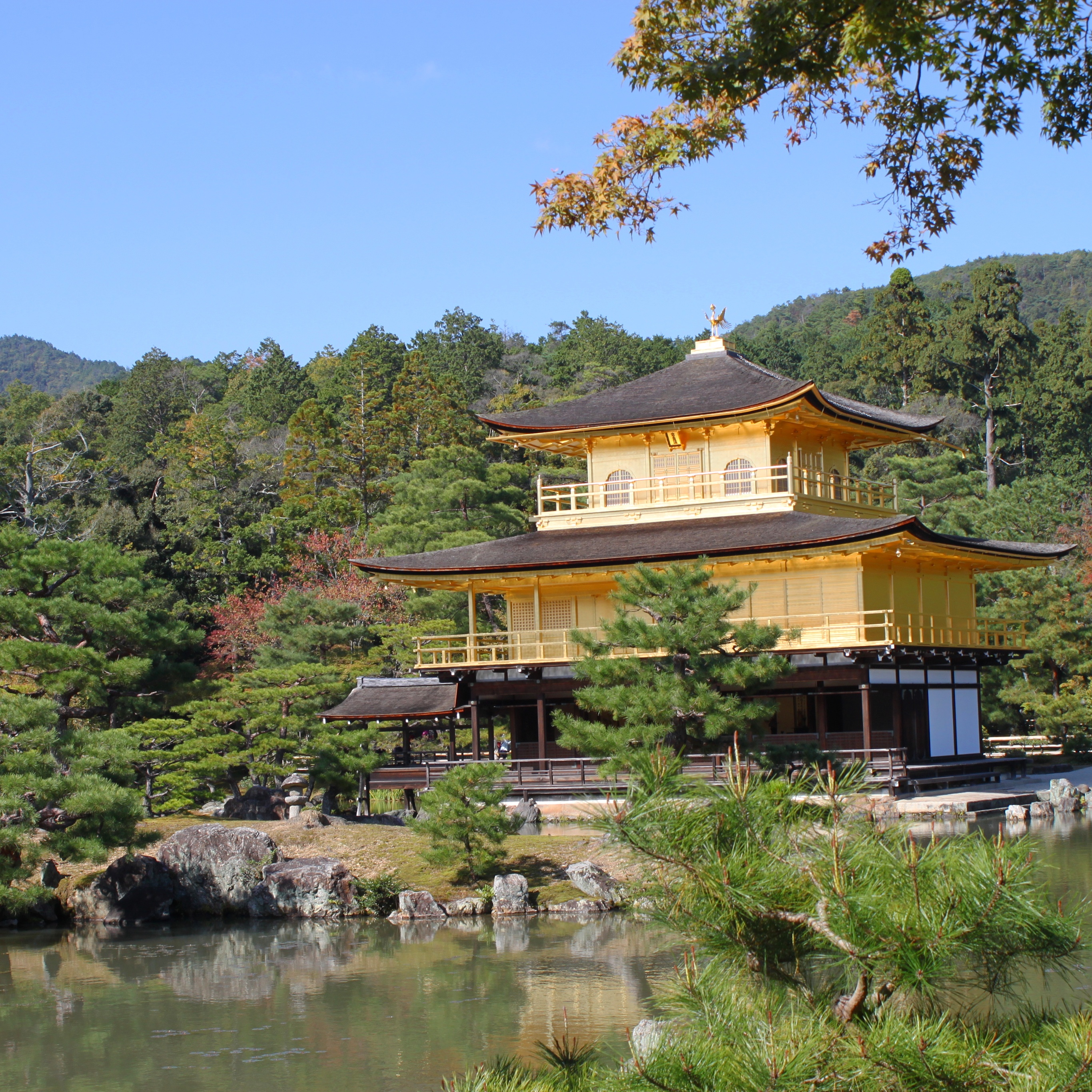
From Kinkaku-ji, we took a taxi to the Arashiyama district (15-20 min drive). Many attractions can be found in the Arashiyama area, including the Togetsukyo Bridge and the Tenryuji Temple. Our favorite attraction was the Arashiyama Monkey Park, where we got to hang out with and feed free-roaming Japanese Macaques (a.k.a. Snow Monkeys)!
At first I was terrified – one of the monkeys had perched himself on a large tree near the park entrance and was grabbing people’s backpacks as they passed by. Another tried to swipe someone’s iPhone while they were trying to take a picture. My fear quickly turned to delight though when I realized that the monkeys were just being playful – I then spent the rest of our visit chasing after them with food offerings. Being surrounded by hundreds of monkeys was one of the coolest experiences of my life….and my only regret was not being able to take one home with me as a pet (Kevin wouldn’t let me).
TIP: Getting to the monkey park involves a steep, upward trek up a mountain (about a 30-45 minute hike). Make sure to wear good walking shoes and bring water!
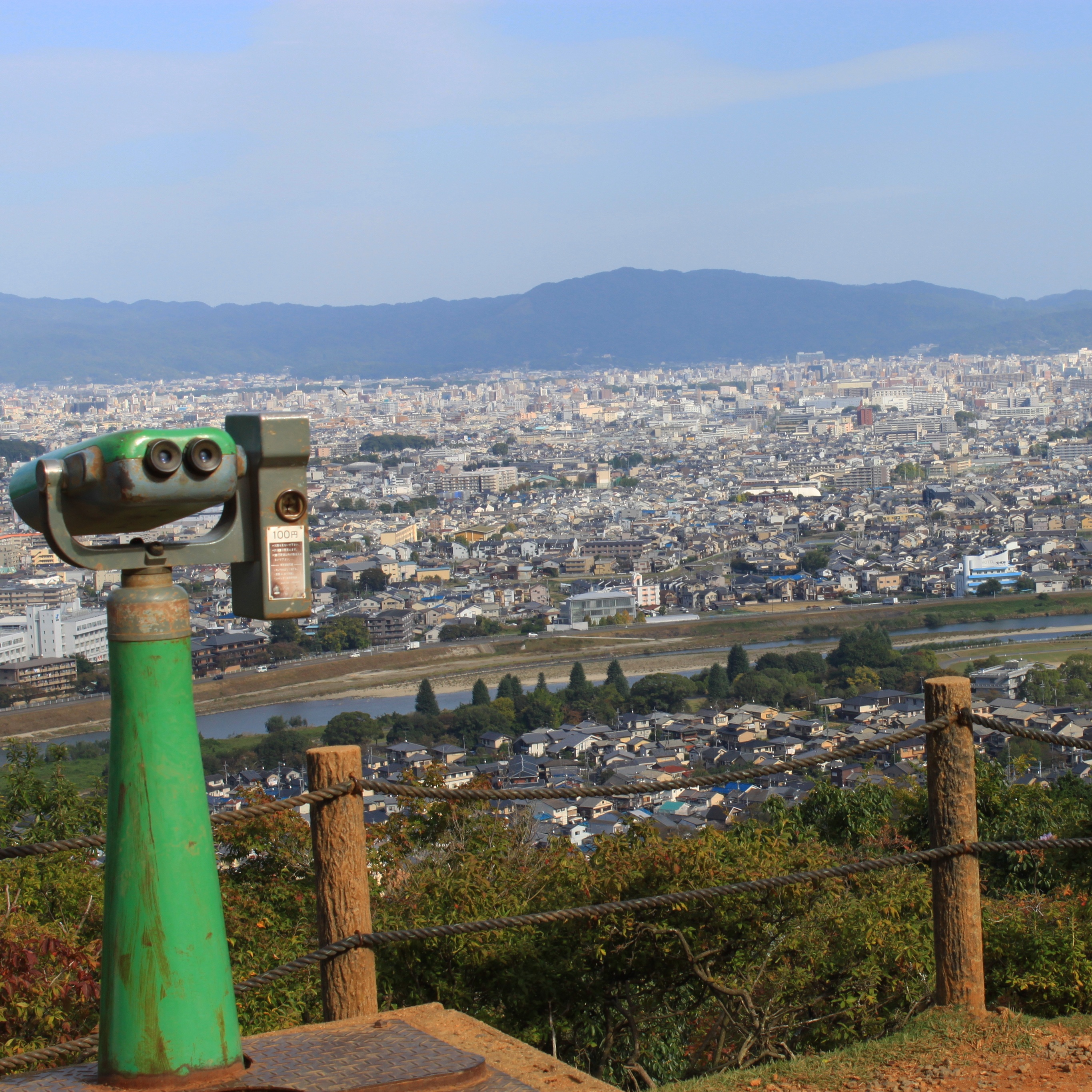
While in Arashiyama, take some time to enjoy a late lunch/early dinner at Shoraian. Tofu is one of Kyoto’s delicacies and Shoraian tofu is so good that it’s the star of your multi-course kaiseki meal. The tatami mat rooms are beautifully decorated and each of them offer a view overlooking the river. I could write a whole novel describing every course that was served and how amazing everything tasted. Even my husband (who is not the biggest fan of tofu, mind you) raved about the meal and commented that it was one of the most memorable meals of his life!
TIP: Make reservations early! The restaurant is small and extremely popular. You must order your meal set in advance (you can choose from 3 different options). The restaurant does not allow online reservations so it’s best to work with your hotel concierge for help with securing reservations.
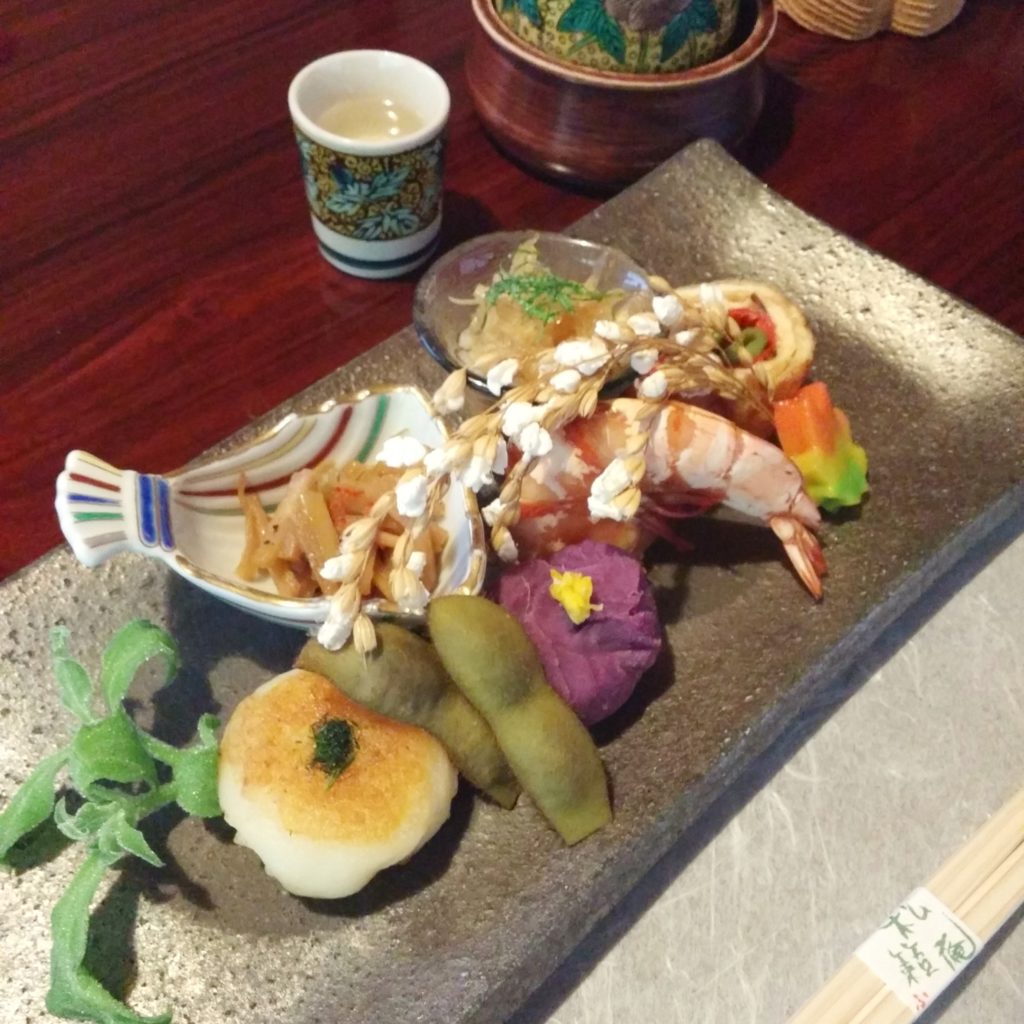
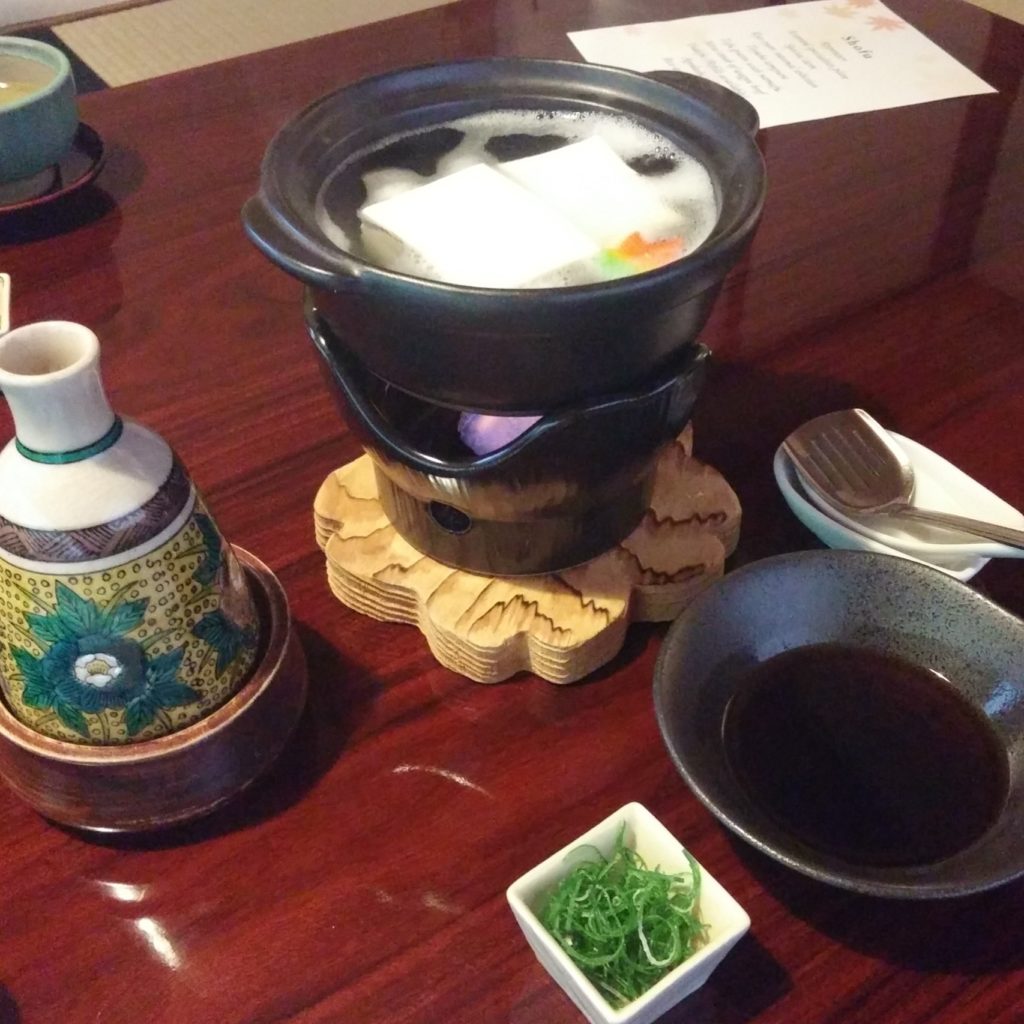
After your meal, walk through the paths among the Arashiyama Bamboo Grove toward Okochi Station. Photos don’t do the bamboo grove any justice – walking through the towering stalks of green is like walking through another world. It’s best to experience the grove in the morning or evening if you don’t want to fight with a stampede of camera-clutching tourists. Spend the rest of your evening exploring the many shops and restaurants lining Arashiyama’s main street.
Day 5: Nara + Gion
Start the morning early by visiting the Fushimi Inari Shrine, a shrine dedicated to the god of rice and sake, made famous by the tens of thousands of vibrant orange torii gates that line the mountain trails. These torii gates were donated by individuals and/or organizations as an offering for prosperity and good fortune in the future. A walk through the gates made for a magical yet eerie stroll — despite not knowing anything about the Japanese Shinto religion, we left the shrine knowing that we had experienced something sacred.
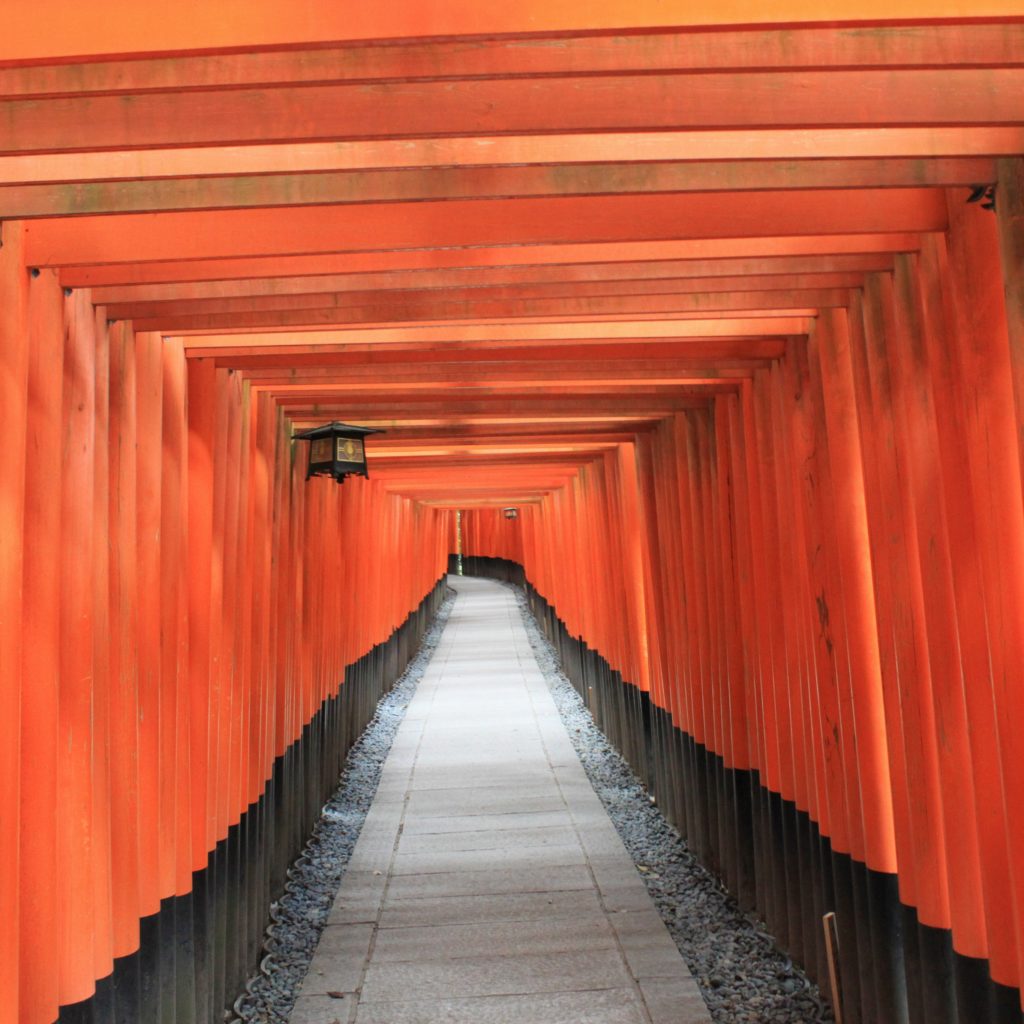
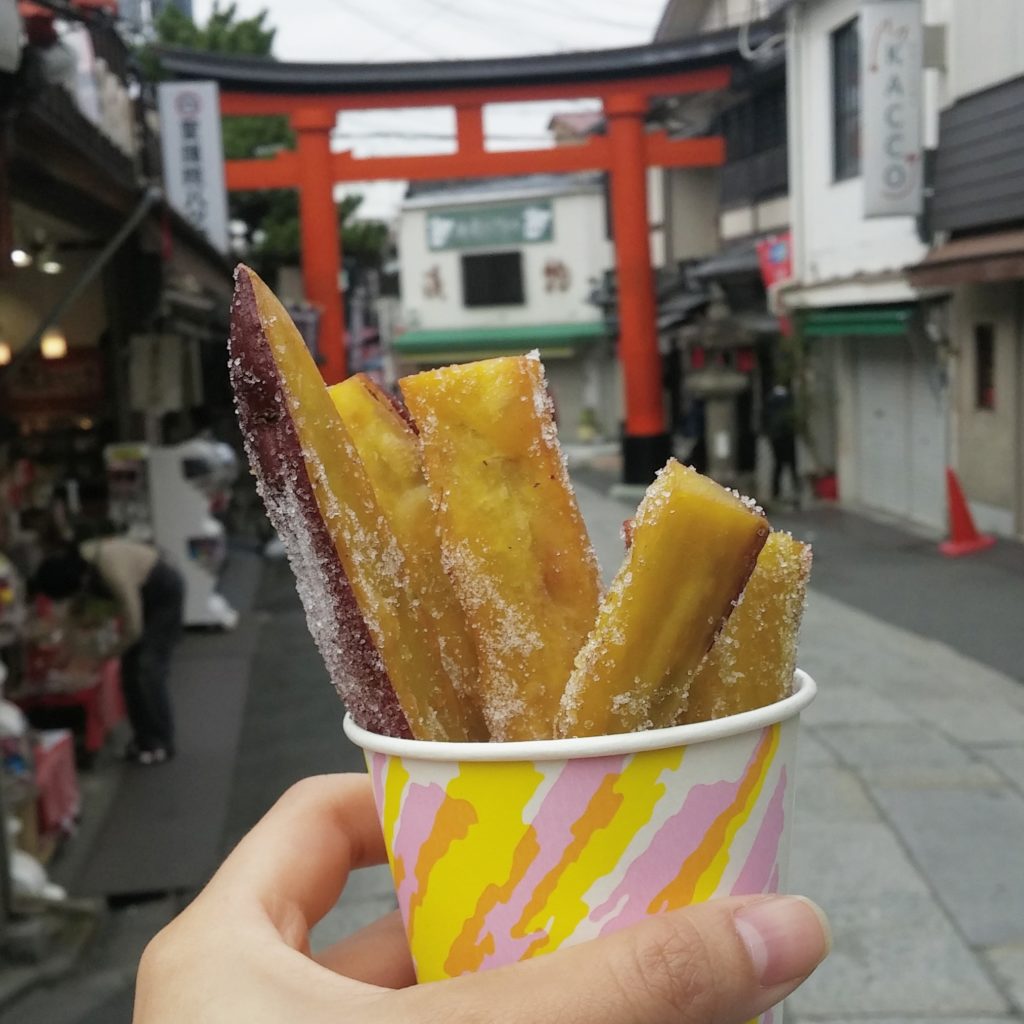
After visiting Fushimi Inari, take the Keihan Main Line Sub-Express to Tofukuji (3 min), then transfer to the JR Rapid Service Line towards the town of Nara (43 min). Nara boasts about 15 different UNESCO World Heritage sites and was one of the highlights of our trip. There are over 1,000 deer roaming freely in the town (make your way up the Nobori-oji street and you’ll see!) and you can buy cookies to feed them. Be forewarned: the deer can be fairly aggressive (one bit Kevin’s bum, and another tried to eat my Coach purse).
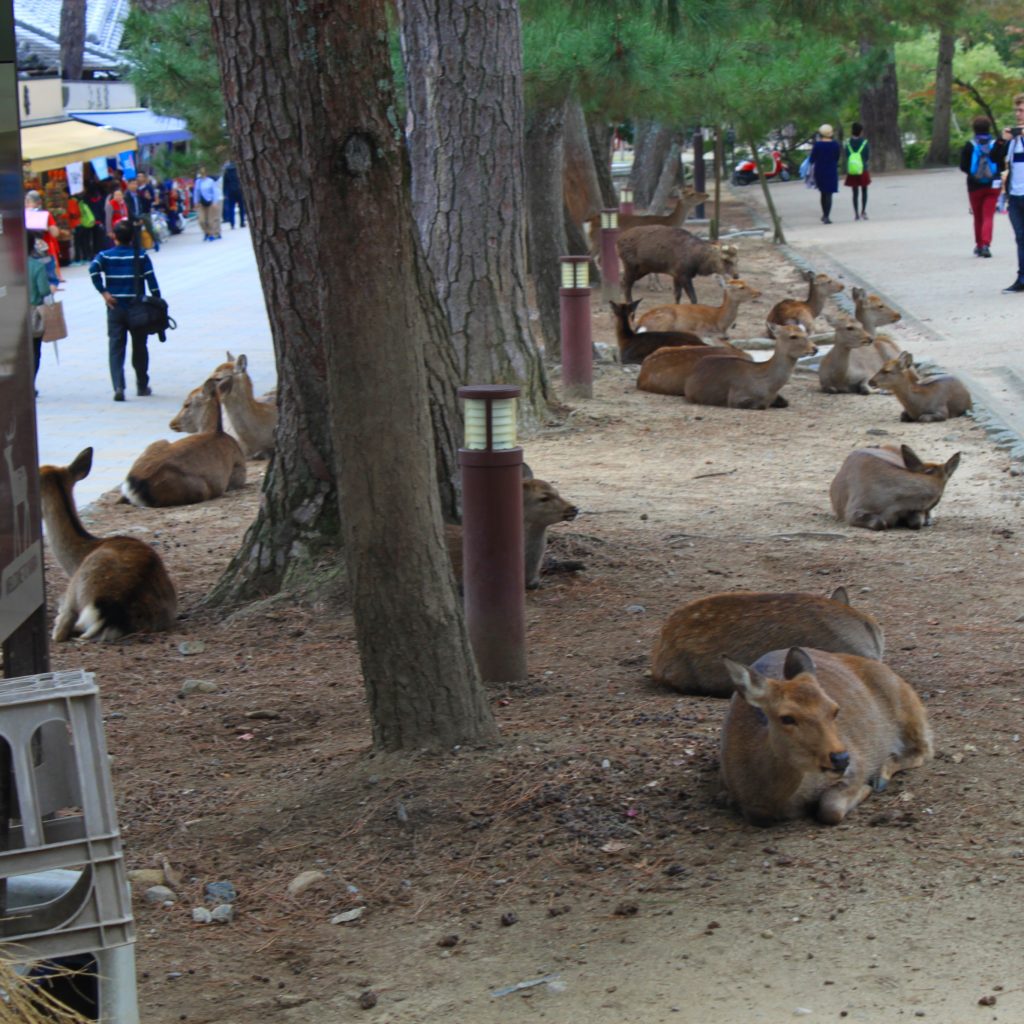
Must see sites in Nara include: the Todai-ji Temple (featuring a 50-foot bronze Buddha), Kasuga Taisha (featuring hundreds of worship lanterns lining the paths around the shrine), and Kofuku-ji Temple (featuring a huge temple compound and a very large pagoda).
After enjoying a nice traditional Japanese lunch in Nara, we took the JR Nara Line back to Kyoto – stopping at the Shijo station to check out the famous Nishiki Market. The market is almost 900 years old and sells every Japanese delicacy that you can imagine (sake, mochi, dried goods, and more). After exploring and buying all manners of souvenirs, we enjoyed some dessert at Nishiki Ichiha, a matcha specialty shop inside the market. I’m salivating a little (yes, gross) just thinking about the signature matcha fondue I ordered.
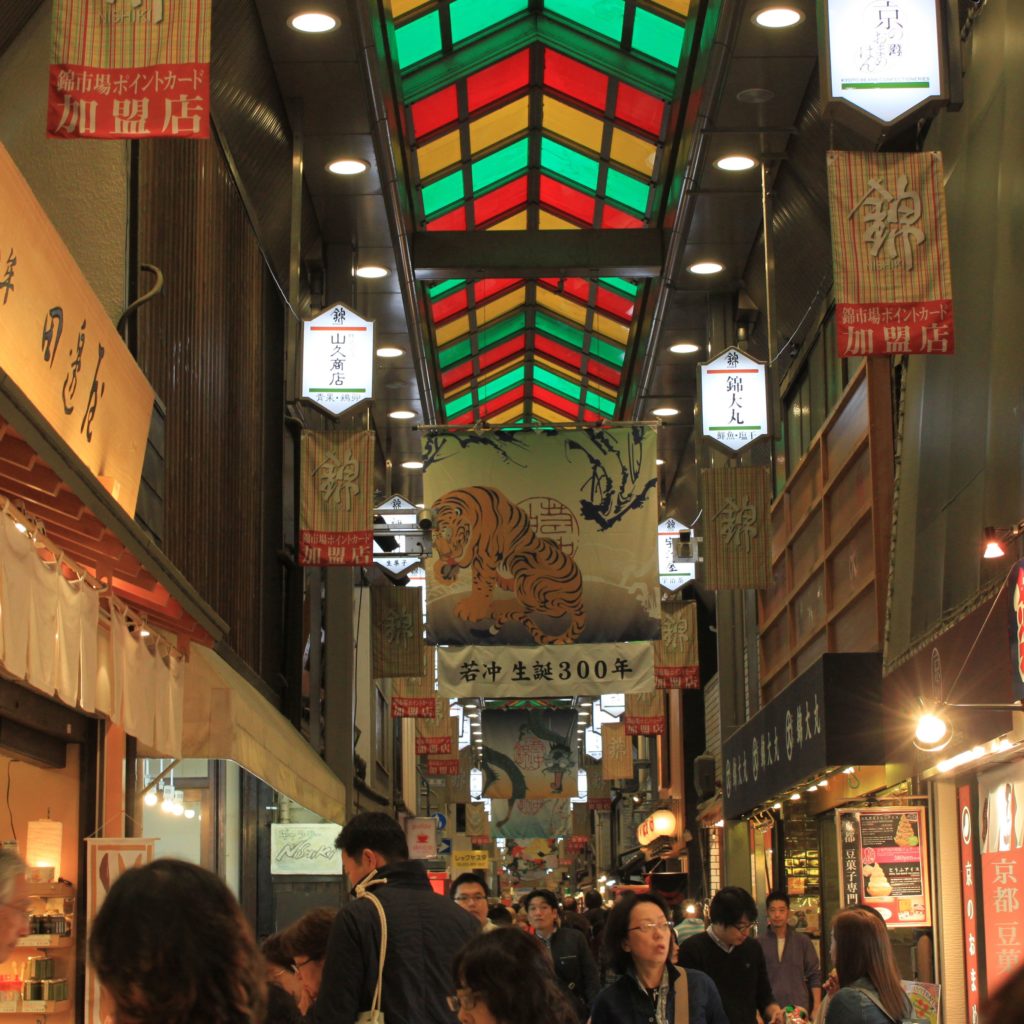
Then, head to Gion to explore Pontocho Alley, a beautiful pedestrian-only street filled with amazing restaurants. When walking in the alley, be on the lookout for geishas (in Kyoto they are also called maikos)! We were lucky enough to see one scurry past us in the rain….and I tried to keep my cool.
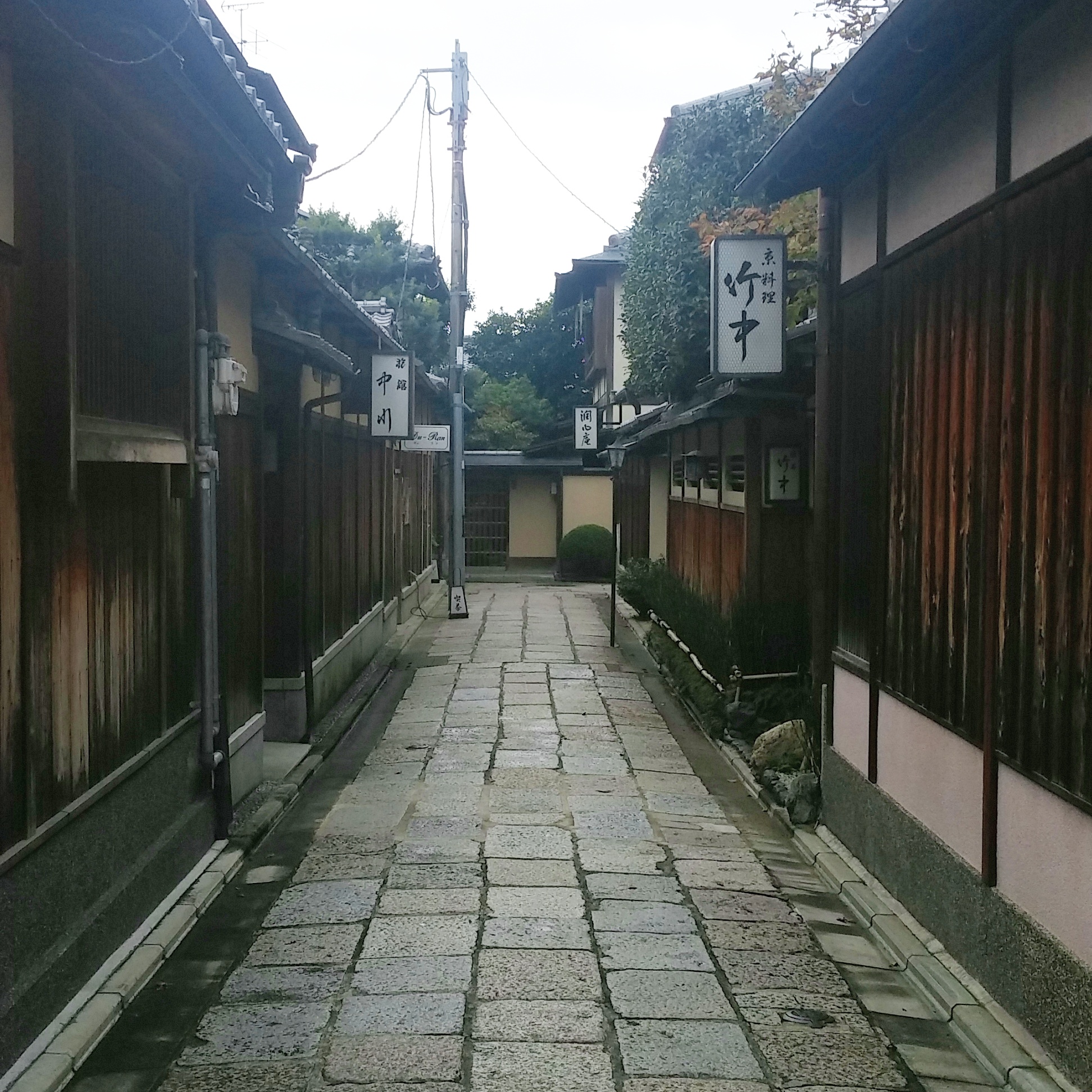
While in Kyoto, you must absolutely stay in a ryokan (traditional Japanese inn). Ryokan’s tend to be extremely expensive (you’re paying for outstanding, personalized service after all!) so we only stayed for 1 night, just so that we could have the experience. We chose to stay at the Ryokan Motonago, which was in the heart of the historical Gion district. Staying at Motonago was definitely a major highlight of the trip – we loved the experience of sleeping on tatami mats, lounging in yukata robes, bathing in the wooden onsen, and being served an amazing Japanese breakfast spread in our room.
RELATED POST: “Why You Should Stay in a Japanese Ryokan”
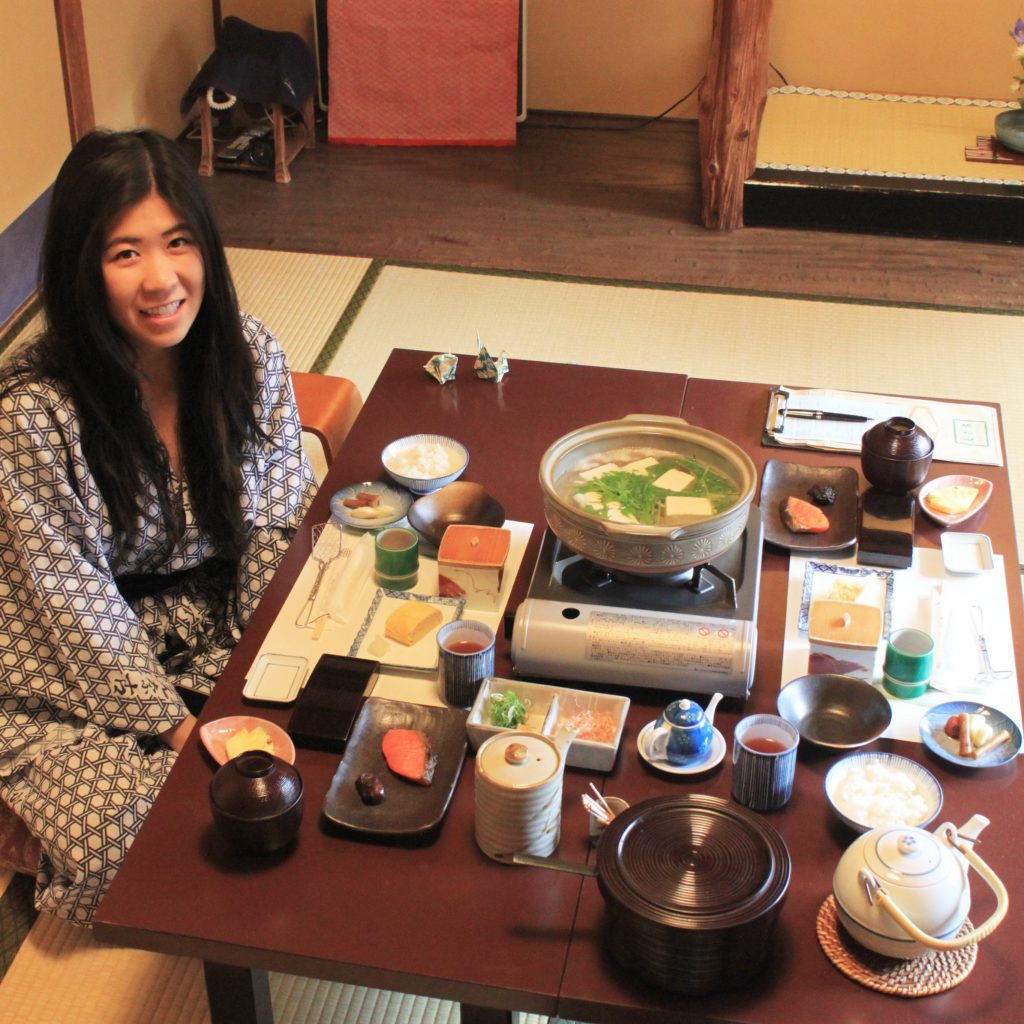
Day 6: Northern Higashiyama
Your last day in Kyoto should be spent exploring the northern Higashiyama region, which contains some of Kyoto’s most famous attractions along a popular tourist route. Our day started at Ginkaku-ji (Silver Pavilion Temple) – we then followed the Path of Philosophy to check out the following attractions: Nanzen-ji Temple, Heian Shrine, Kodai-ji Temple, and Ryozen Kannon.
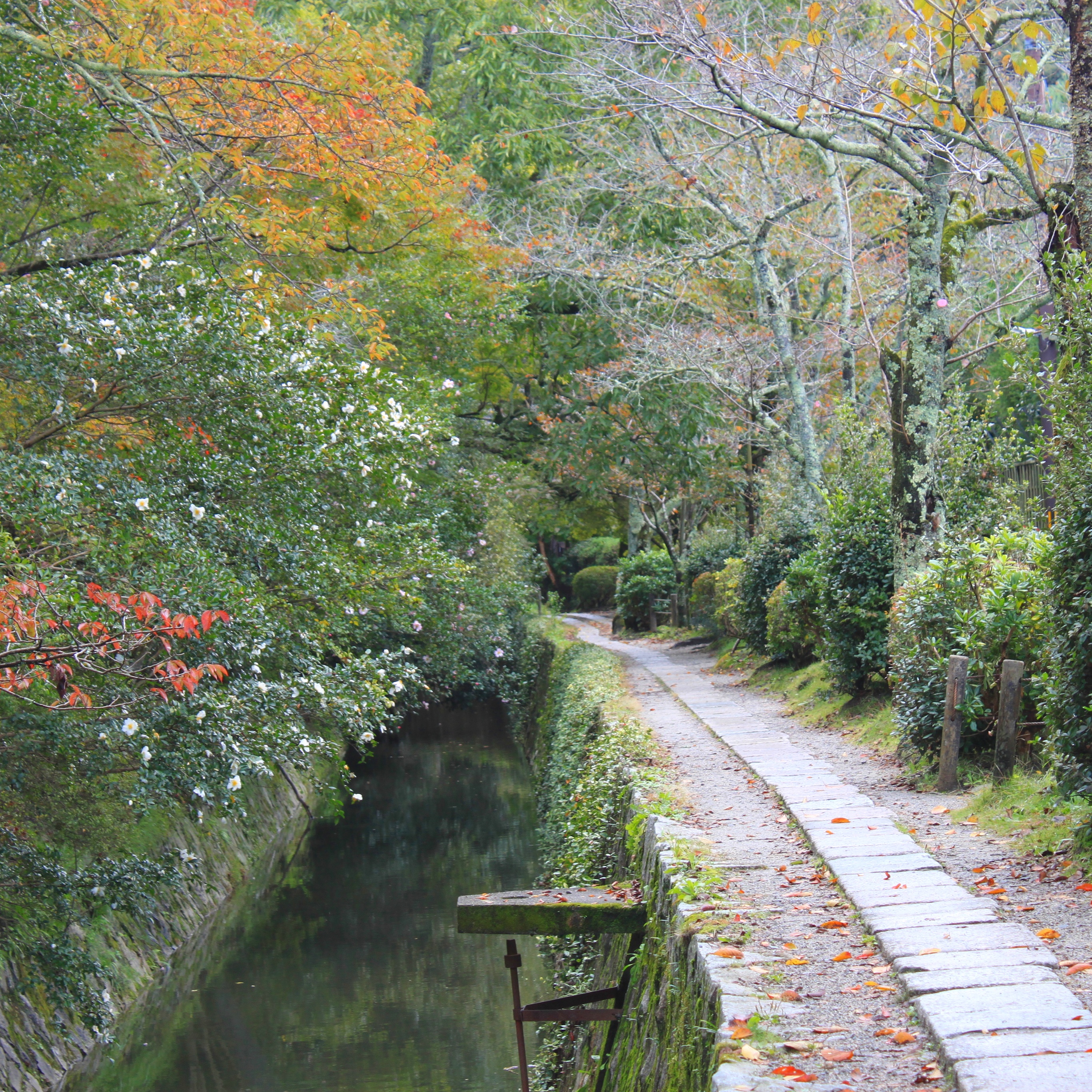
Kodai-ji Temple was one of our favorite stops of the day and features one of the most breathtaking gardens I’ve ever seen. Prime photo opportunities in the area include the zen sand garden, the bamboo path, the majestic landscape of ponds and trees. Bonus: We found Kodai-ji to have fewer crowds than the other sites, which offered a most tranquil and serene visit!
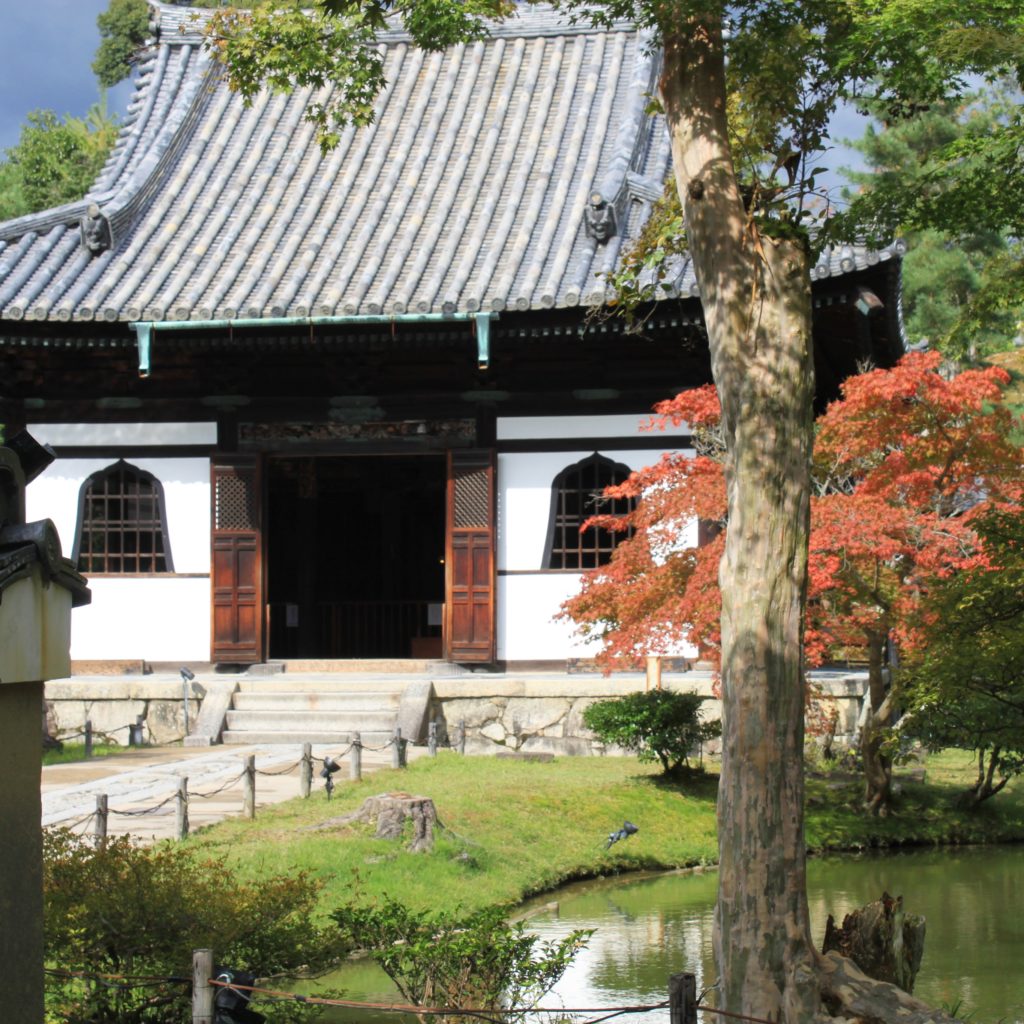
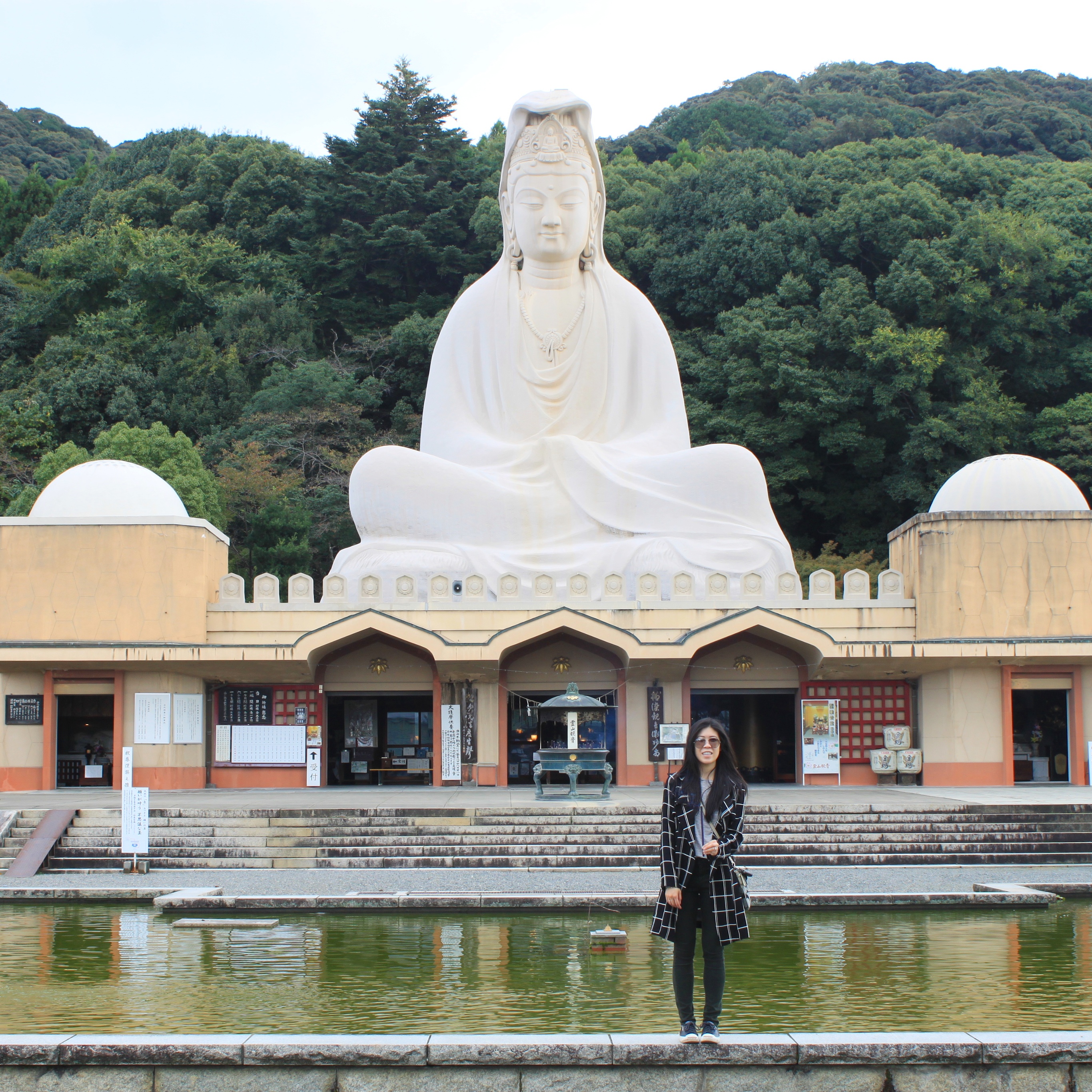
After Ryozen Kannon, we continued onto the old streets of Ninen-zaka and Sannen-zaka (gorgeous streets that have been extremely well-preserved) and made a pit-stop in a Hello Kitty character cafe to enjoy some matcha lattes. Ninen-zaka and Sannen-zaka lead straight up to the prized Kiyomizu-dera Temple (a UNESCO World Heritage Site featuring several waterfalls, shrines, and a massive wooden veranda that opens up to spectacular views). The entire route should take a half-day to complete.
A short 15-minute walk away from Kiyomizu-dera Temple is a hole-in-the-wall restaurant called Hanamichi, which makes some of the best okonomiyaki (savoury grilled pancake containing a variety of vegetables and meat) and teppanyaki (meat served over an iron griddle) in Kyoto. After enjoying a nice farewell dinner at Hanamichi, take a taxi to Kyoto Station to make your way back to Tokyo on an evening shinkansen.
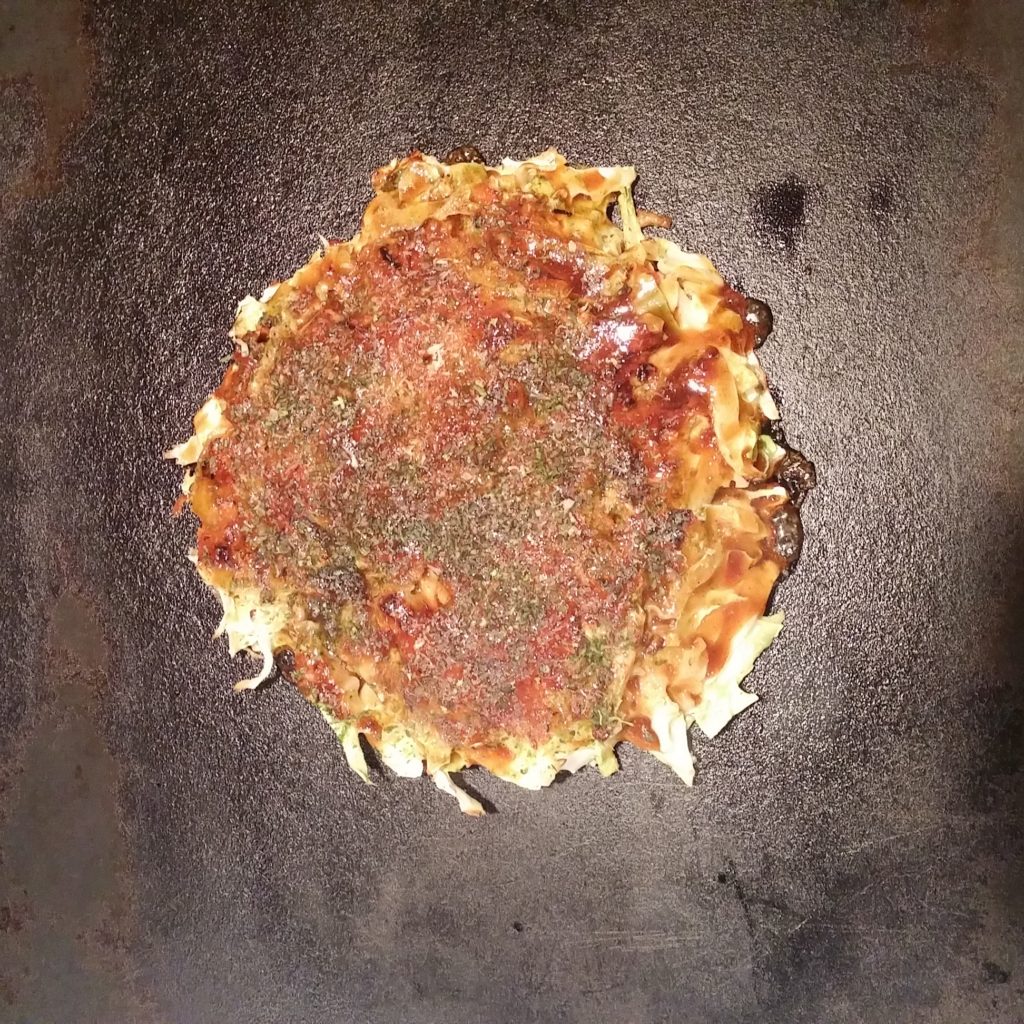
Day 7: Tokyo (Shinjuku – Half Day)
We spent our last day in Japan roaming the busy streets of Shinjuku. The morning was reserved to check out panoramic views of the city from the Metropolitan Government Building (free of charge!). Afterwards, we enjoyed lunch and got lost in the craziness of a depaichka, which is a high-end food hall in the basement of a department store. Popular depaichka’s are Isetan or Takashiyama, both of them located in the heart of Shinjuku.
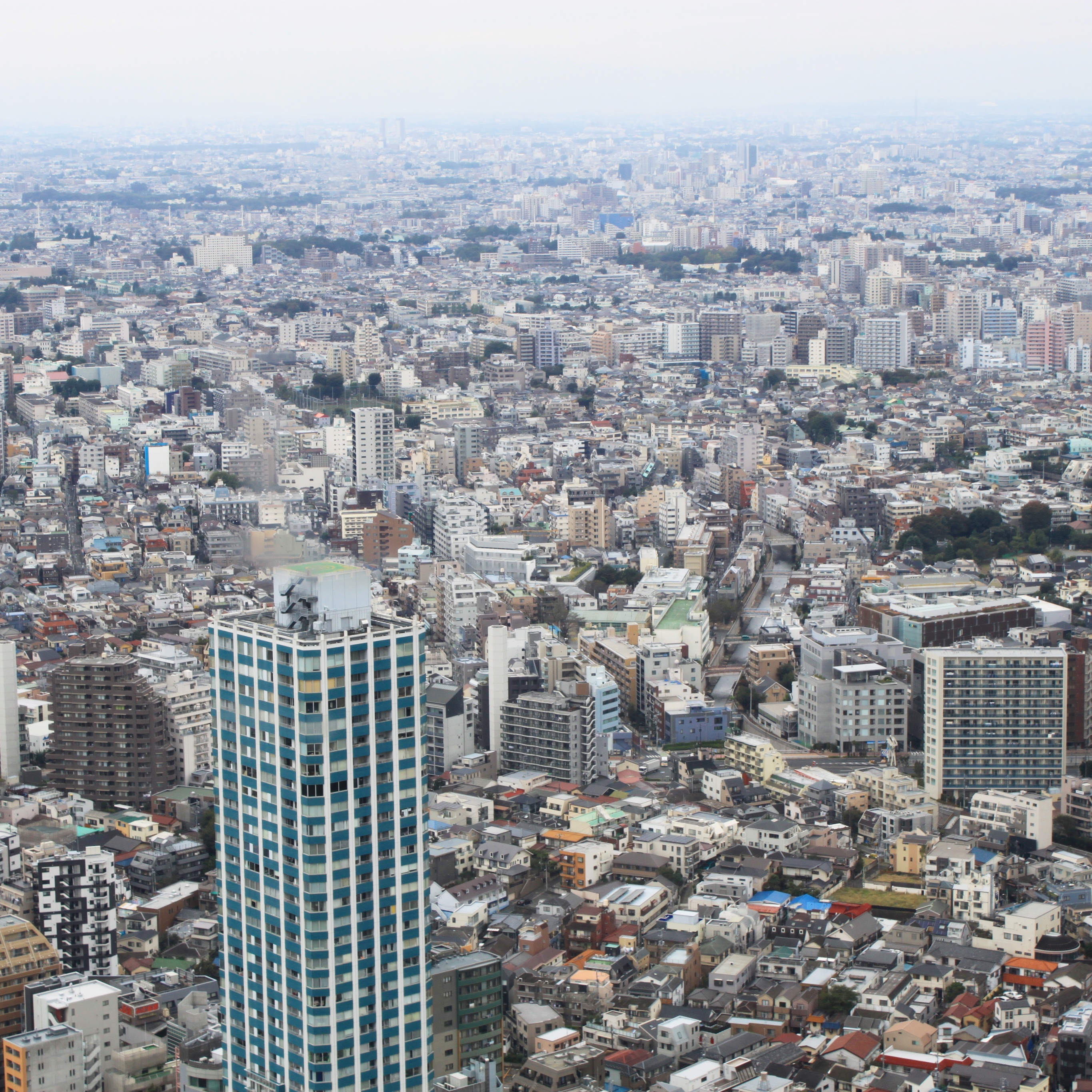
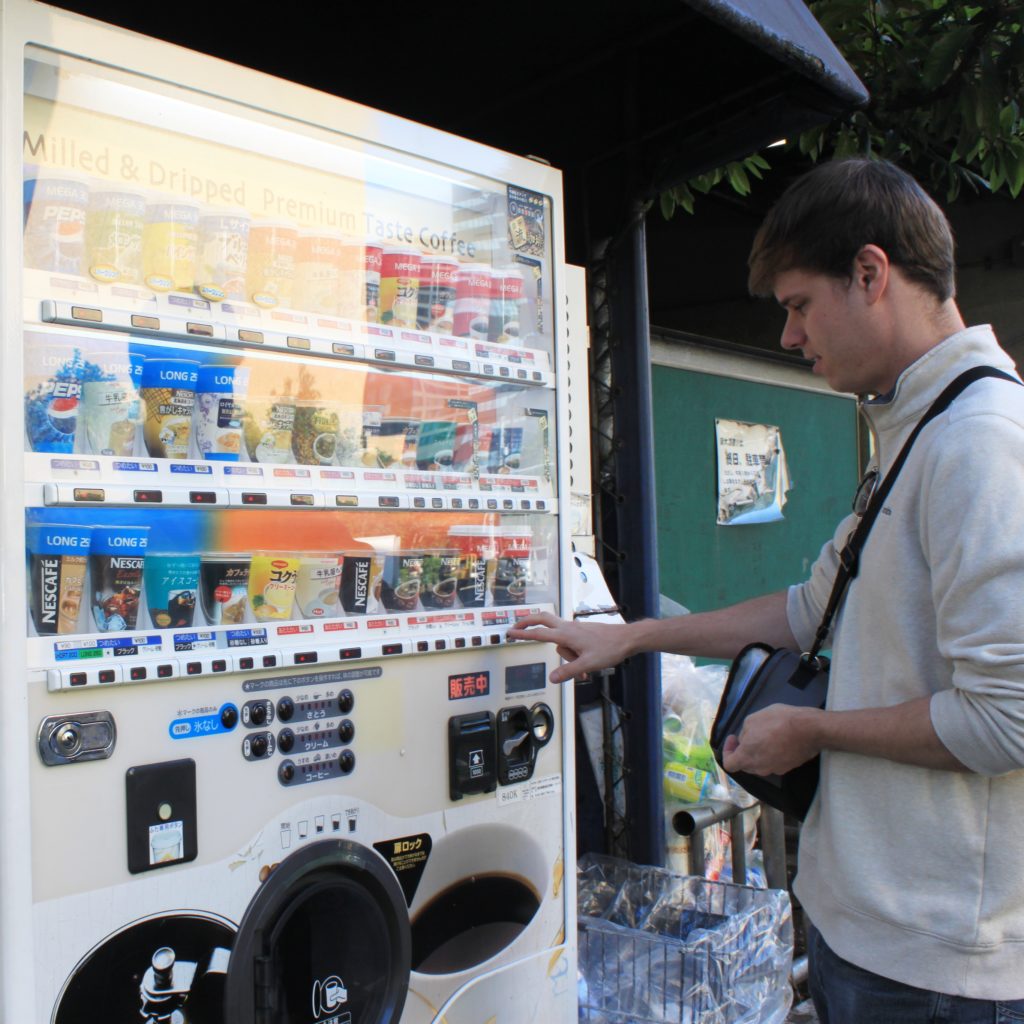
A standard depaichka sells around 30,000 food items – these items can vary from desserts, to steamed buns, to sushi, and baked goods. Everything is beautifully presented and the quality of food is outstanding – I had to resist the urge to buy everything in sight. Want a bento box packed with Japanese delicacies or a sampling of chinese dumplings? Done. Feel like ordering a croissant that most Parisians would applaud? No problem. A depaichka will have it all. We spent a good 1-2 hours sampling food items and gawking at the mesmerizing rows of food displays – and it was the perfect way to conclude our amazing visit to Japan!
Want more details or need help planning your Japan trip? Sign-up for my e-mail list or shoot me a comment/question below!

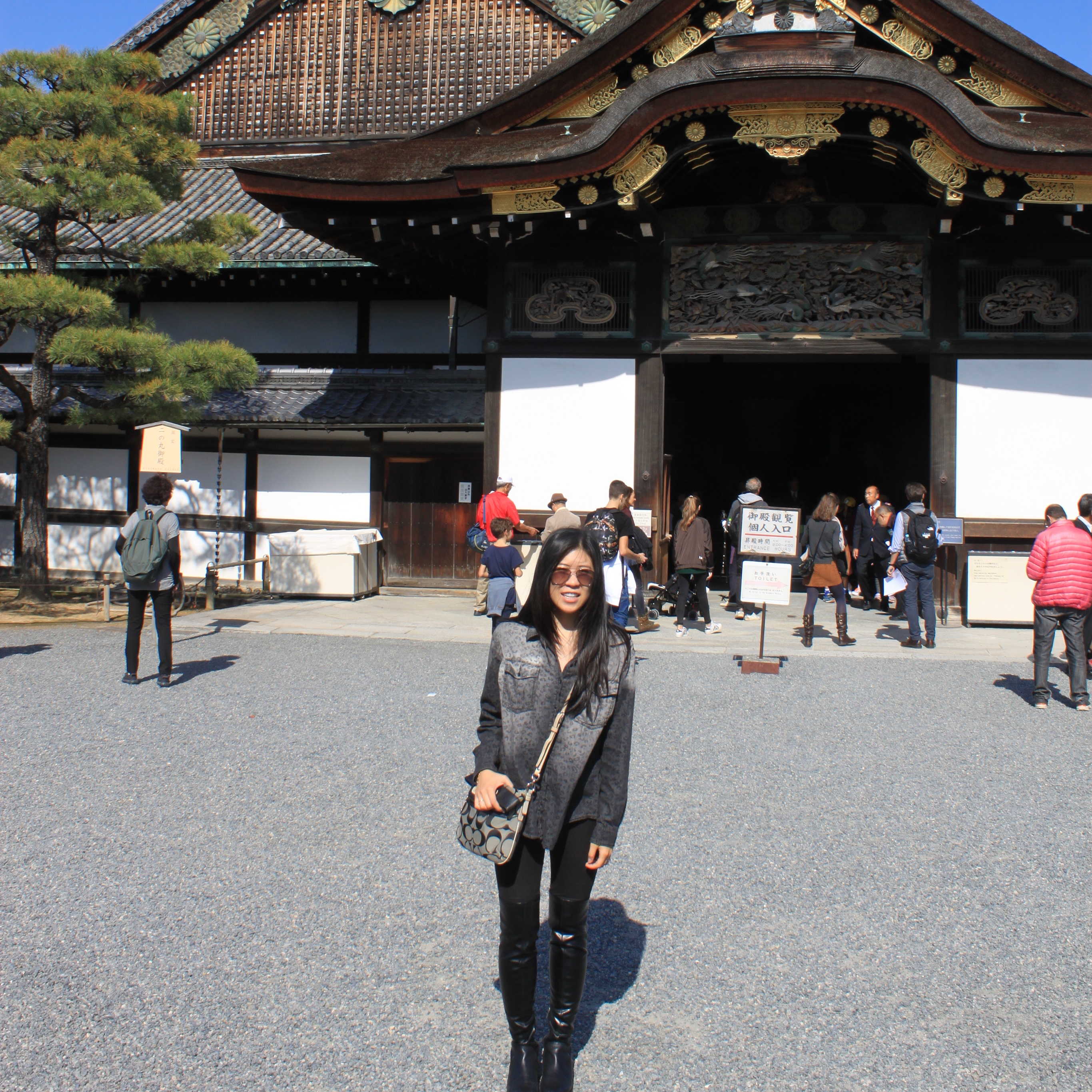
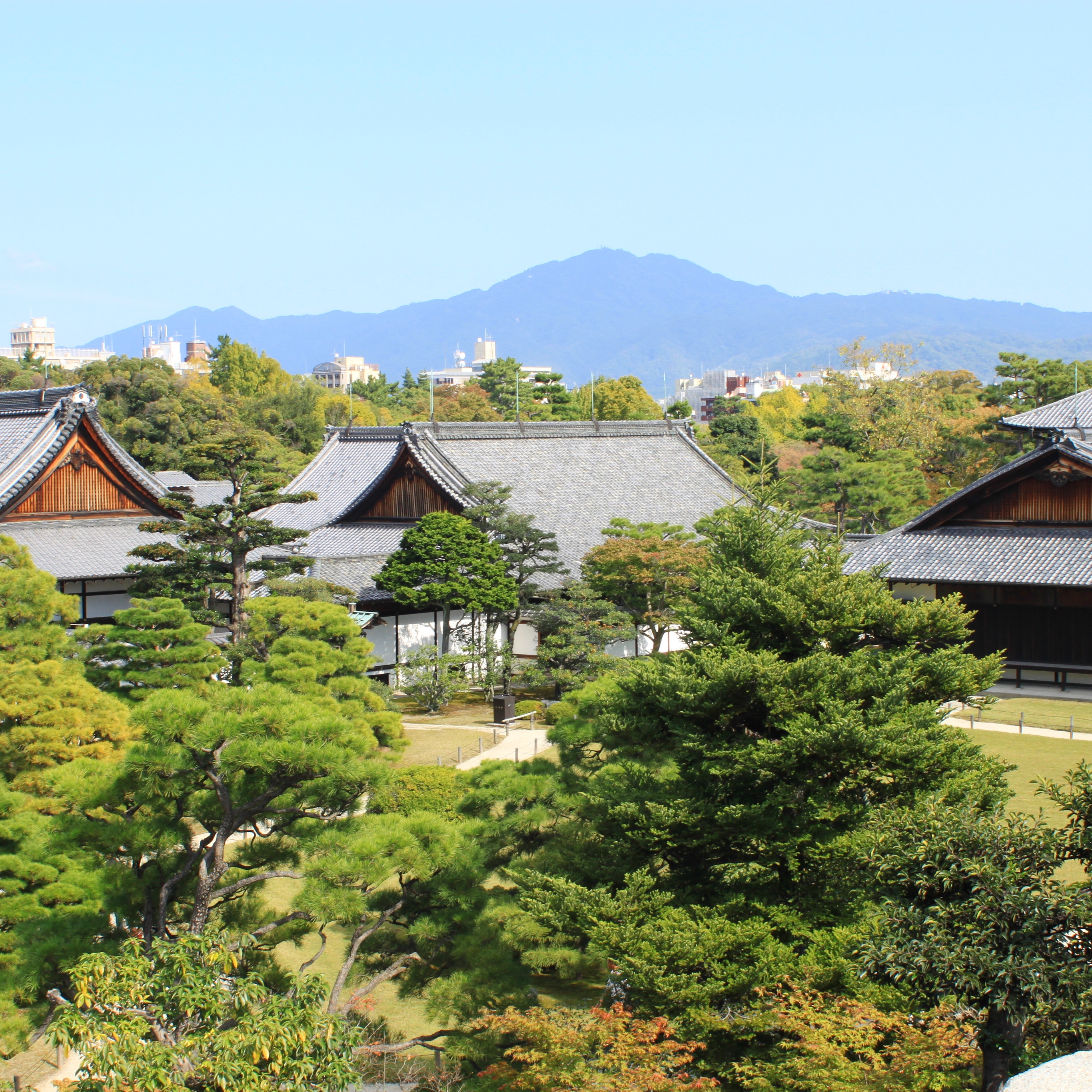
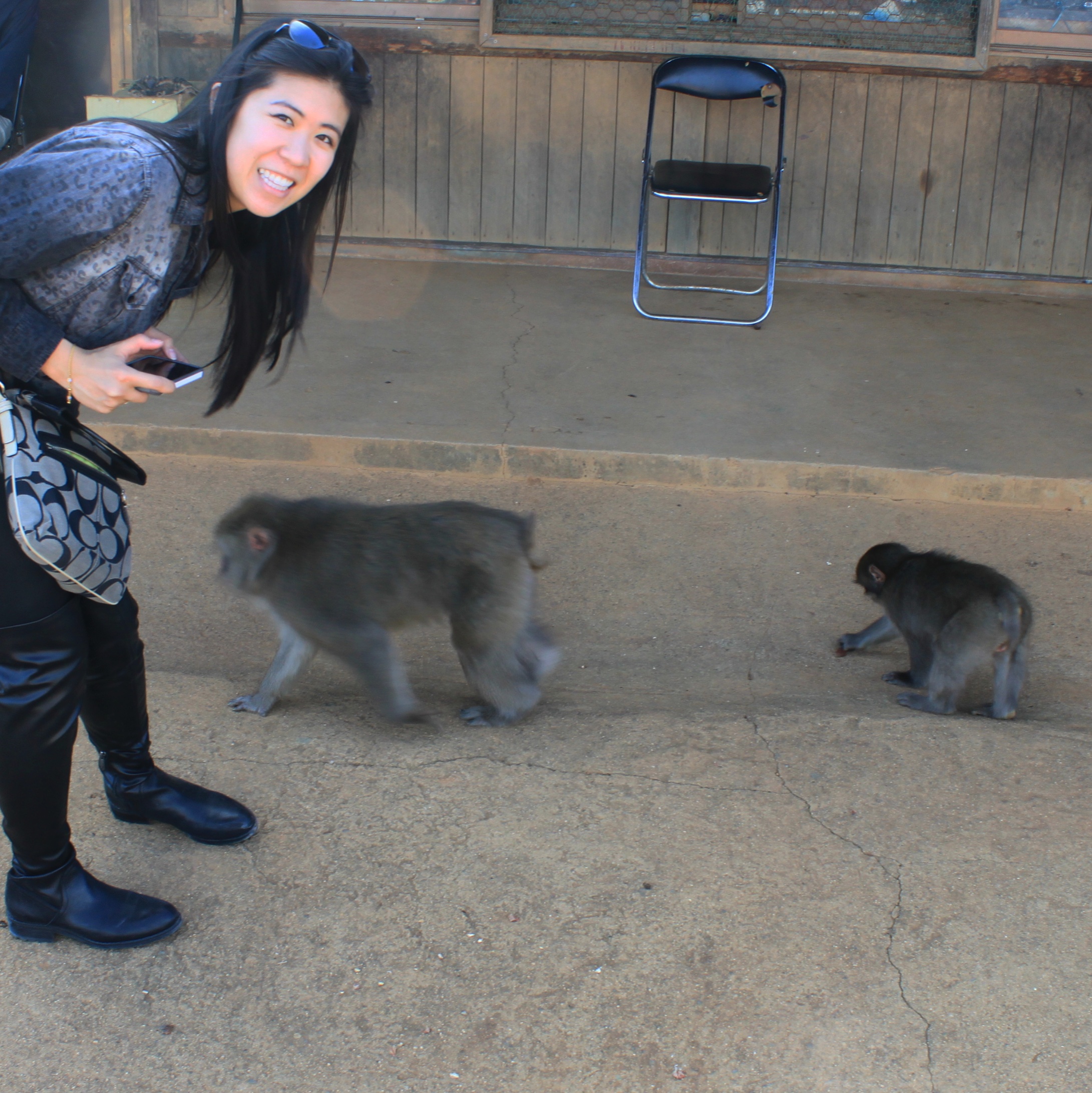
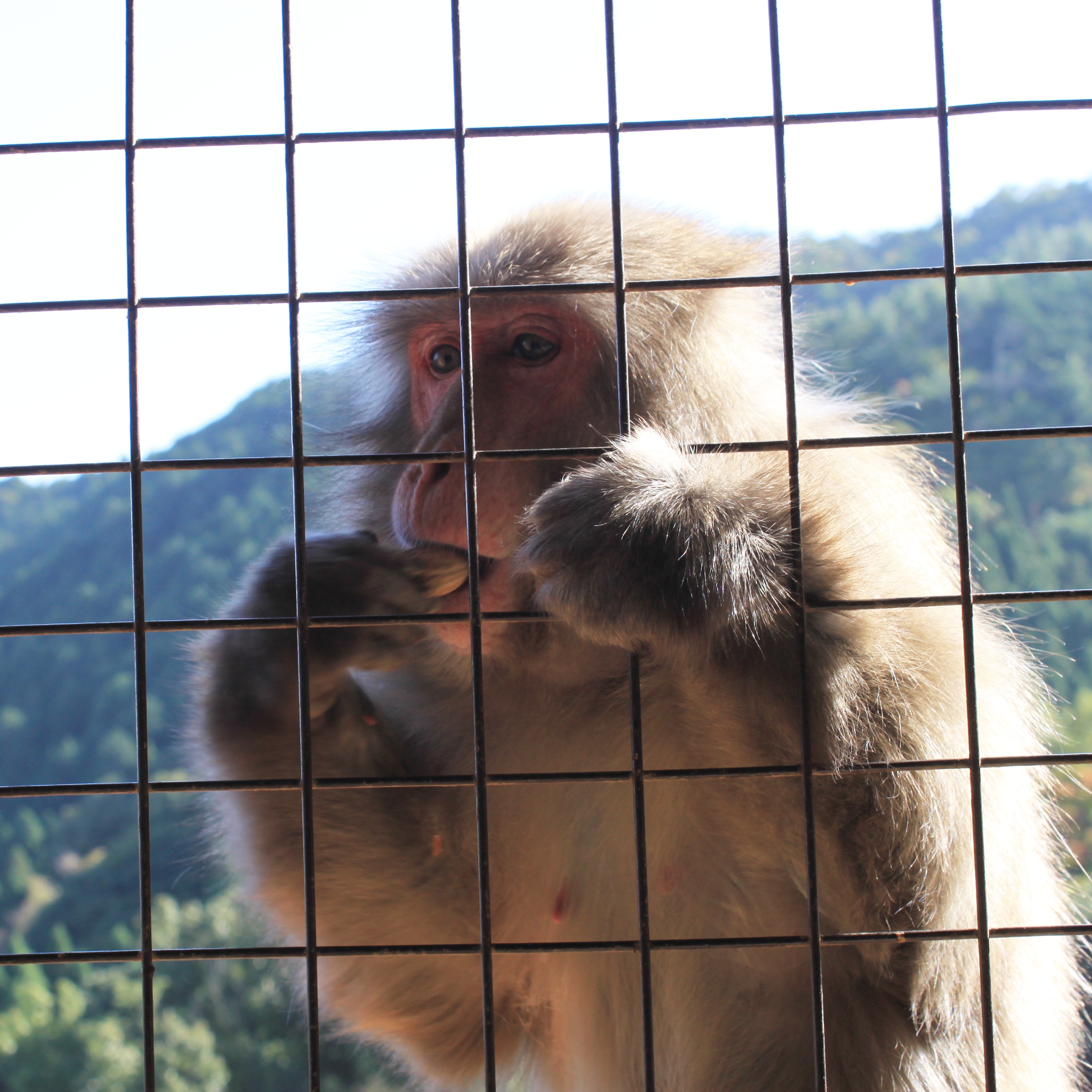
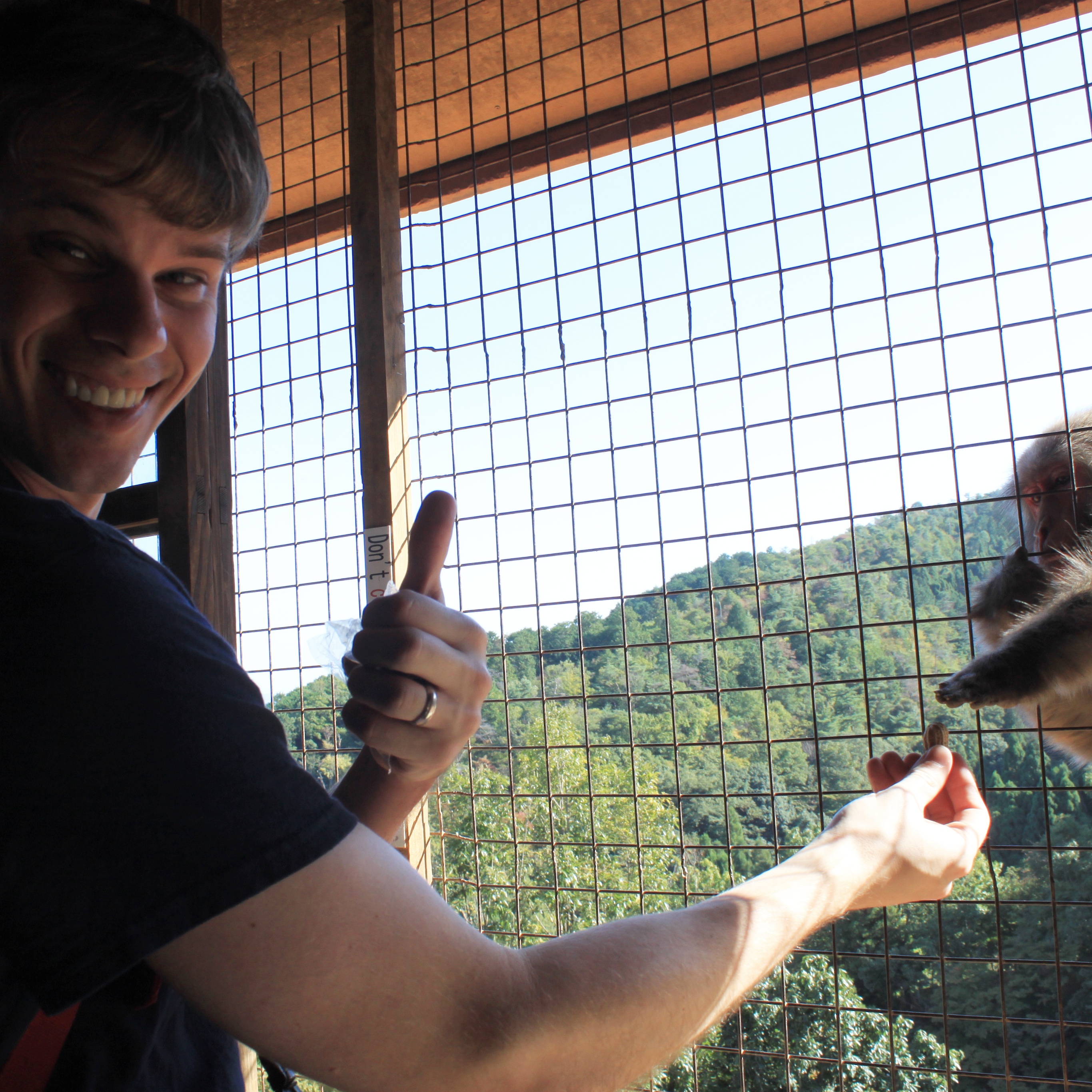
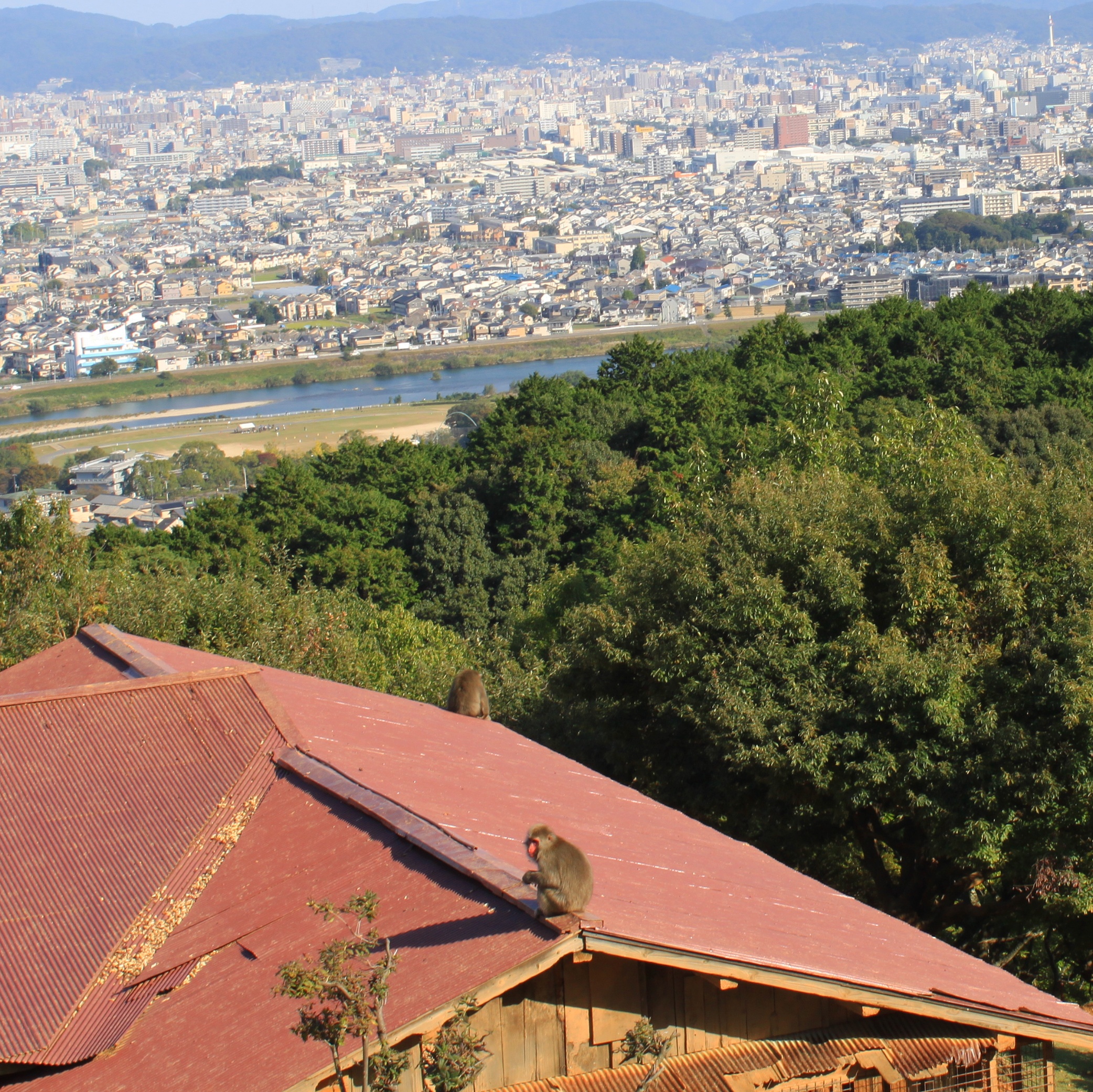
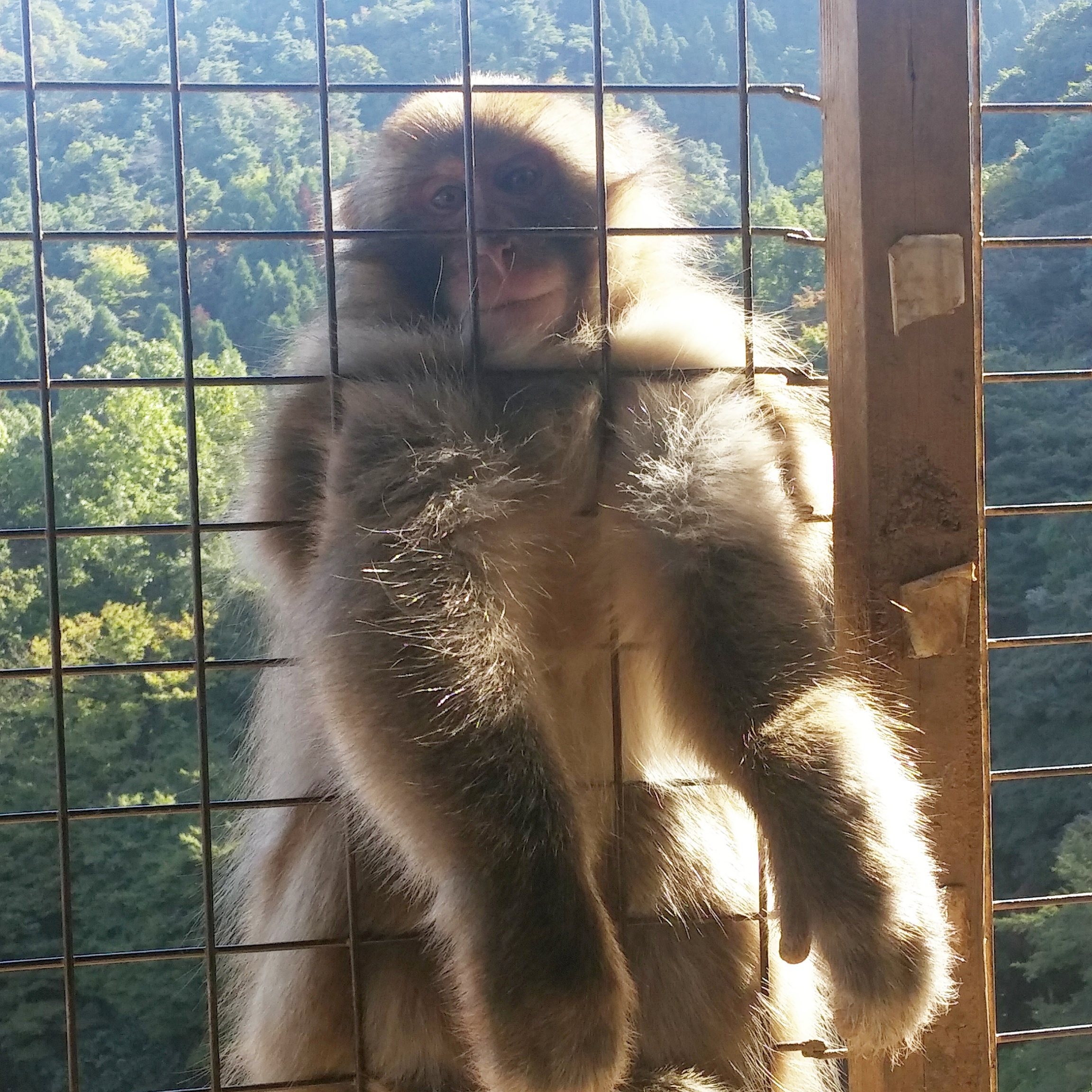
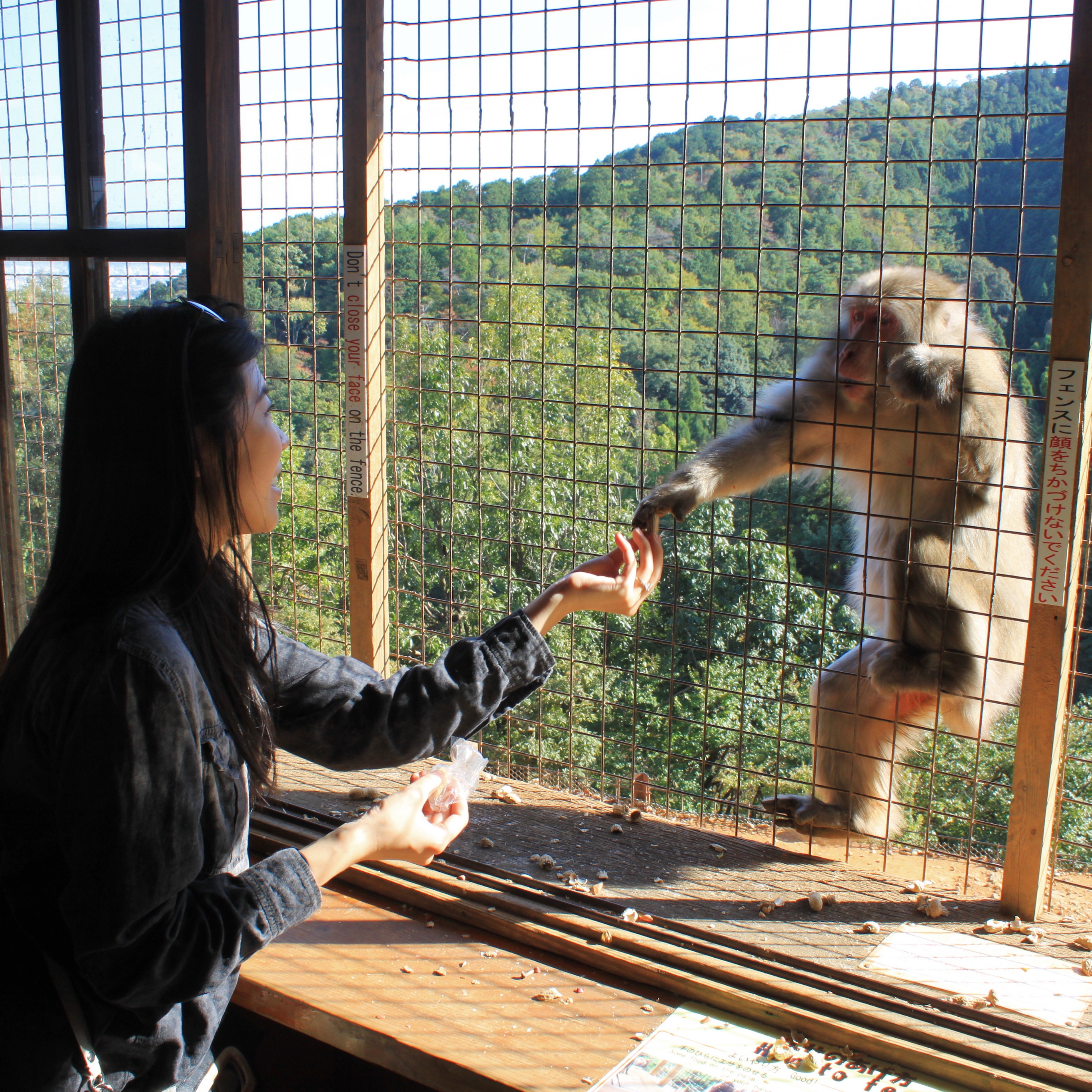
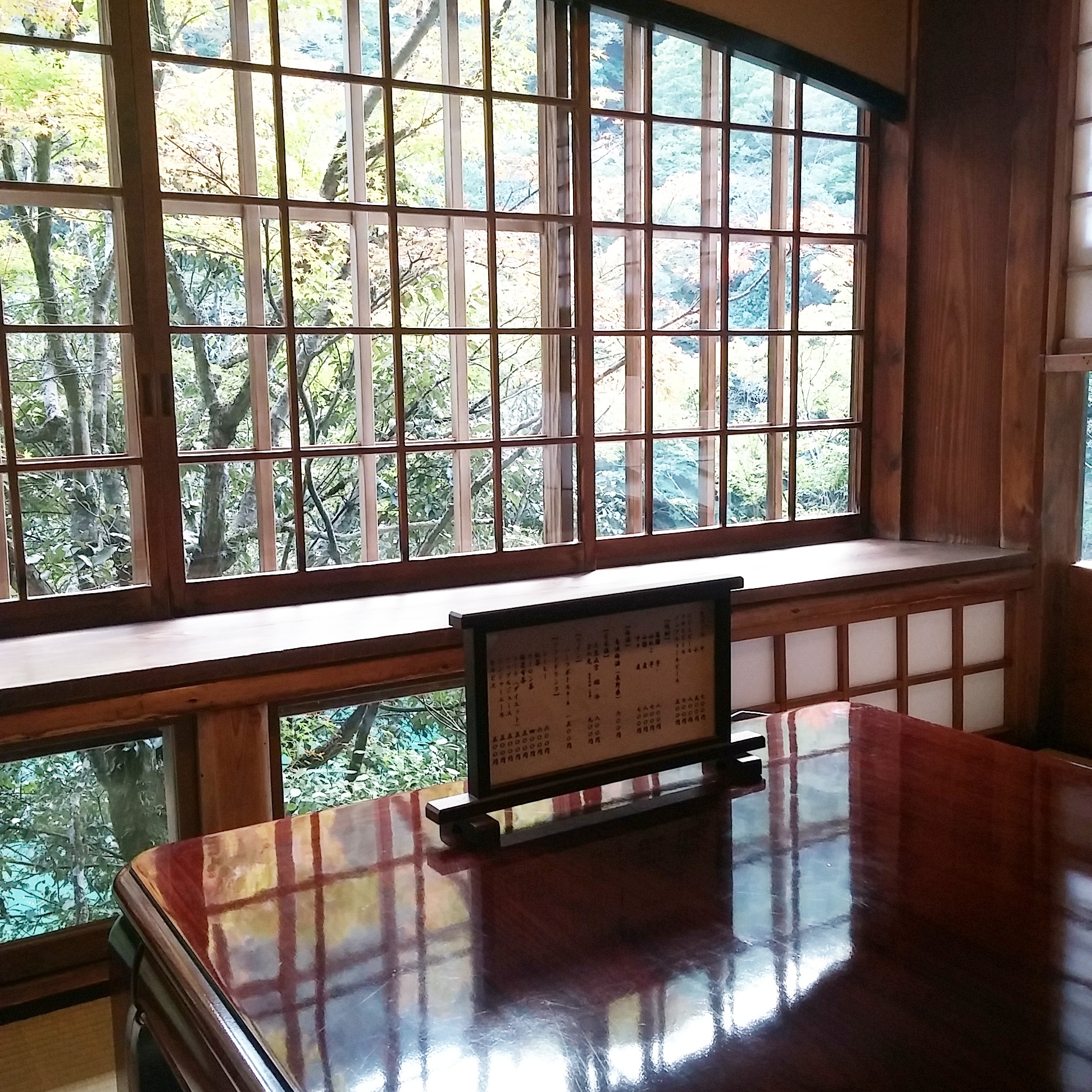
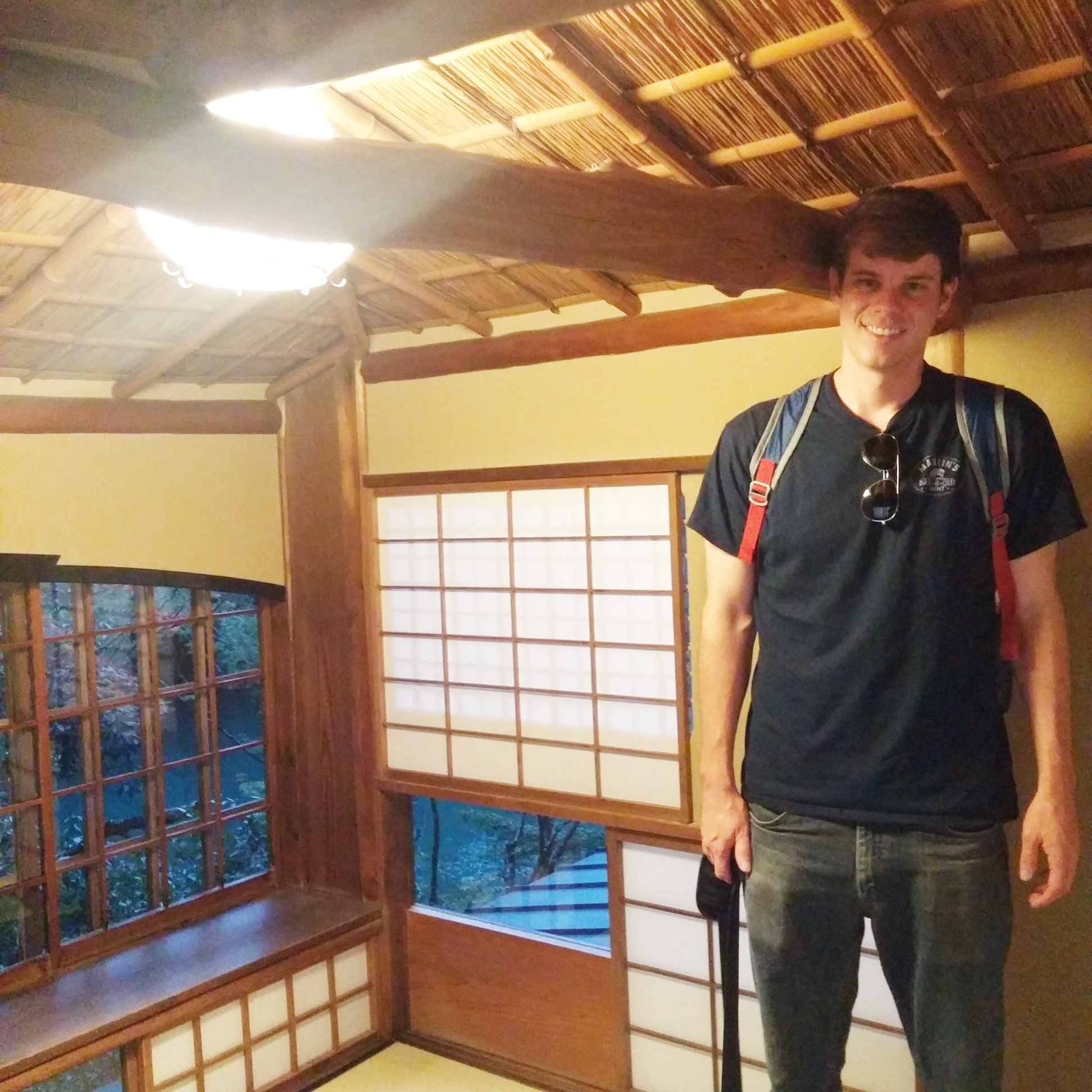
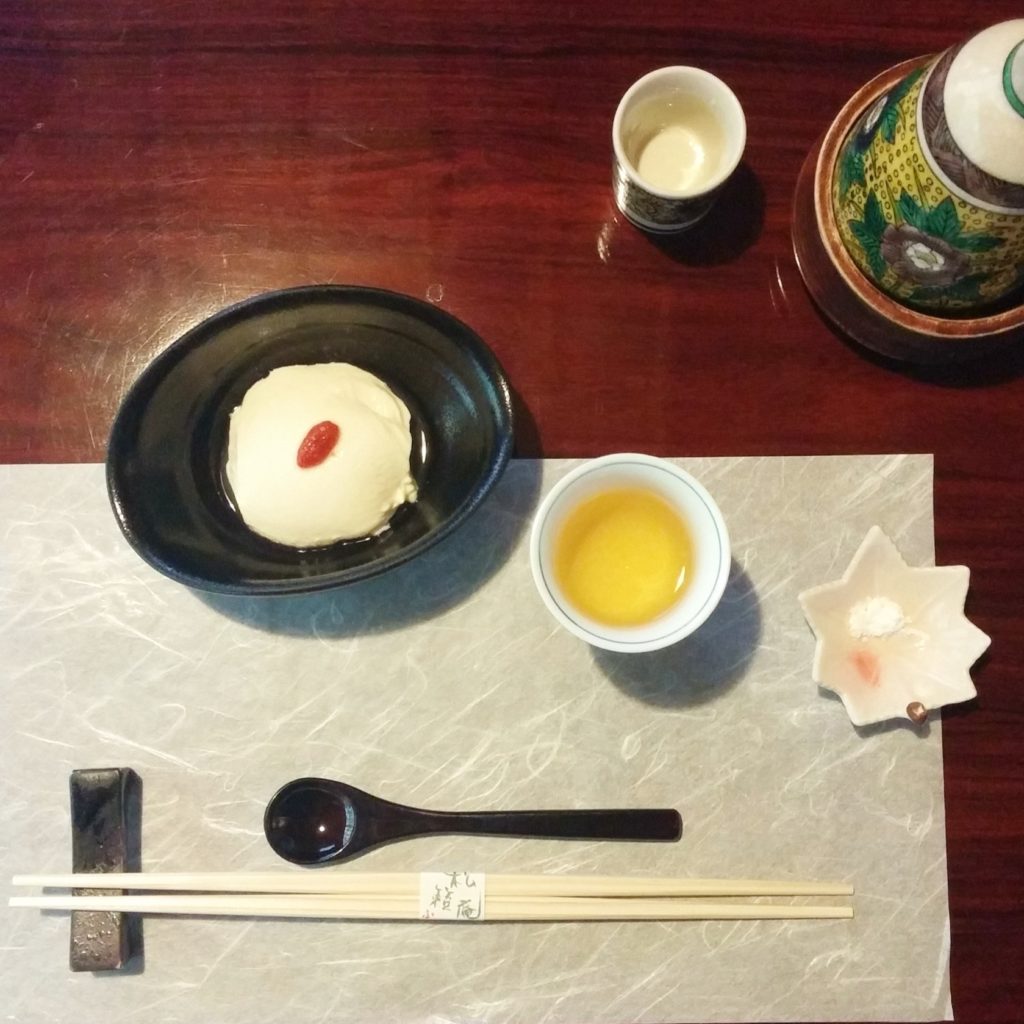


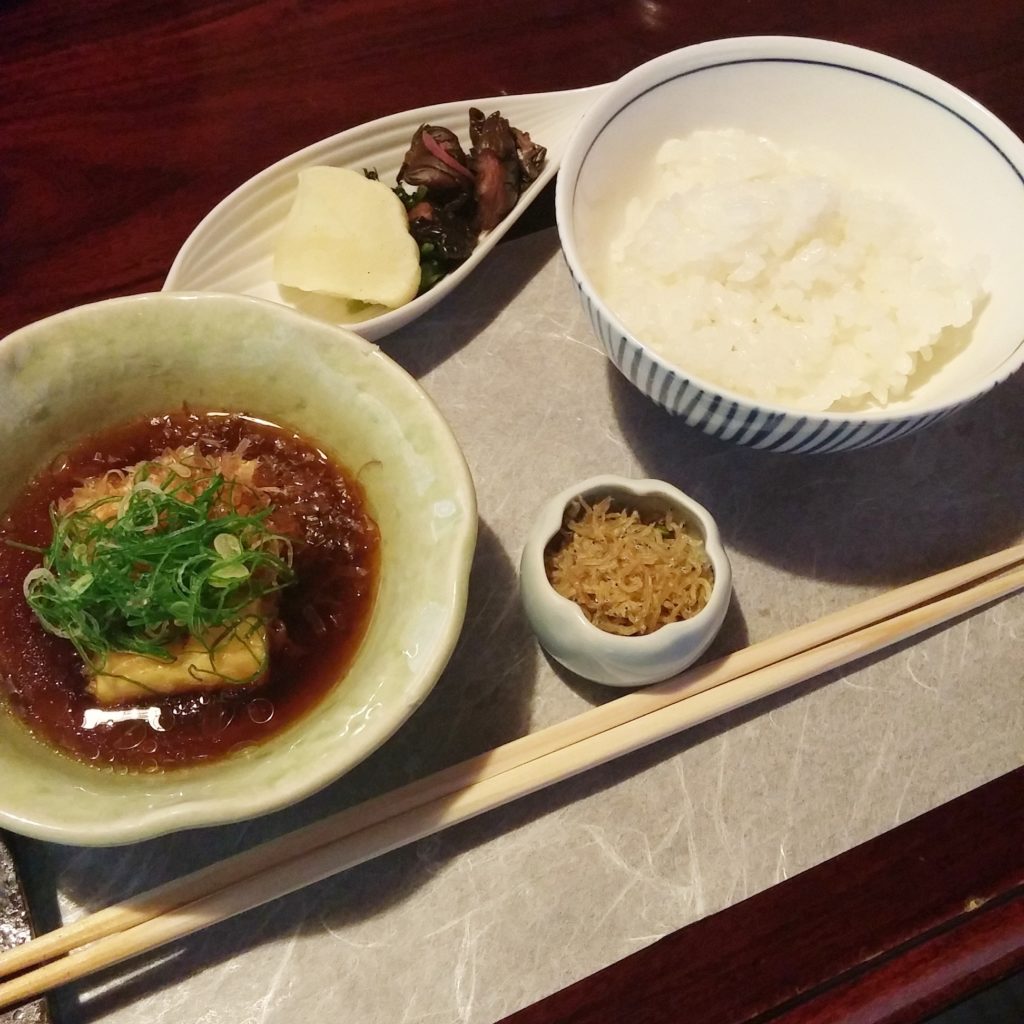
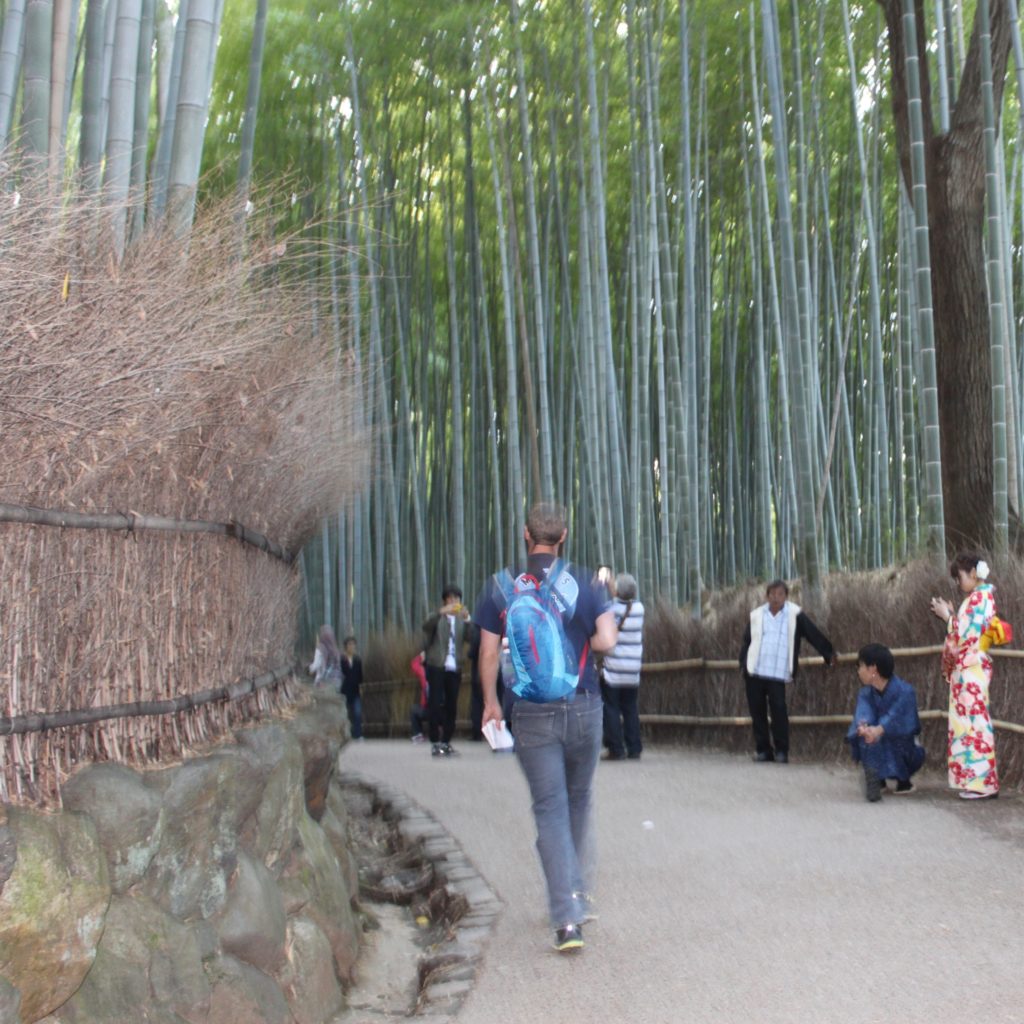
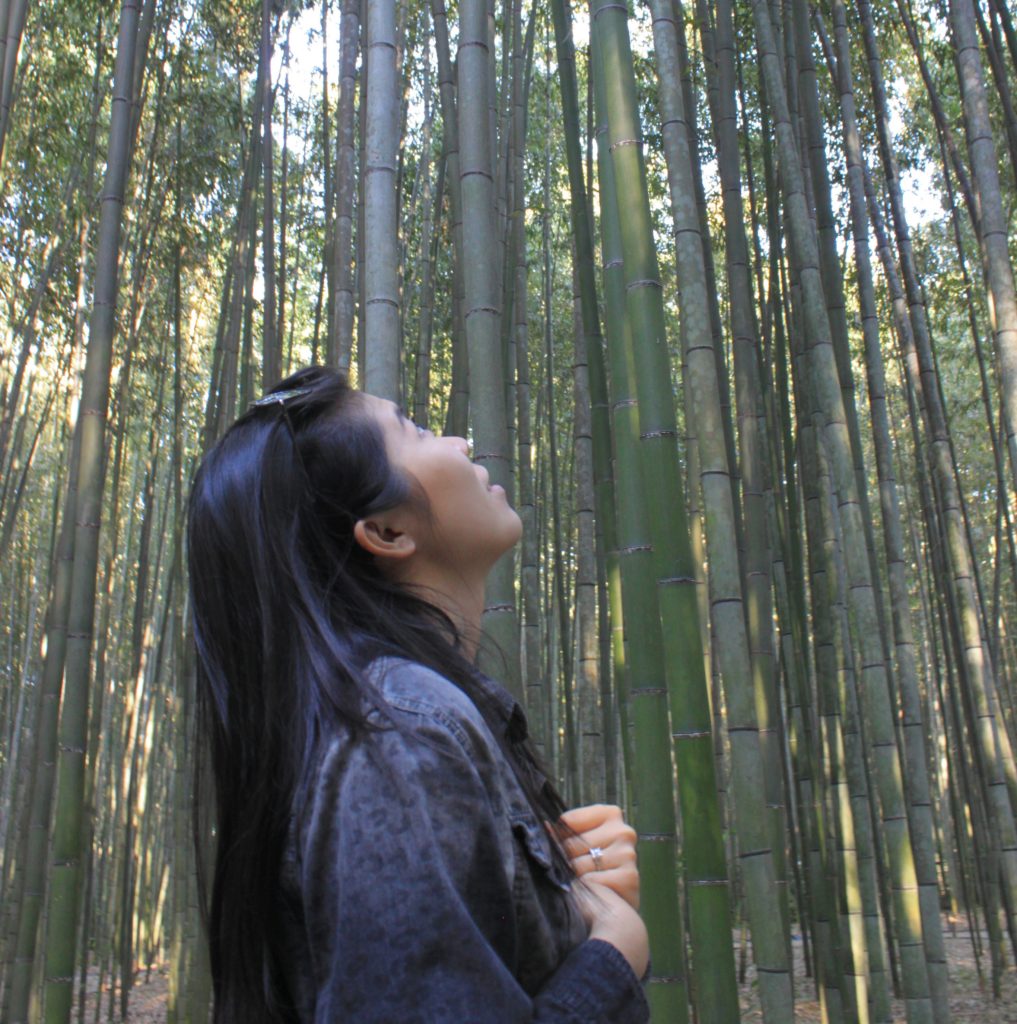
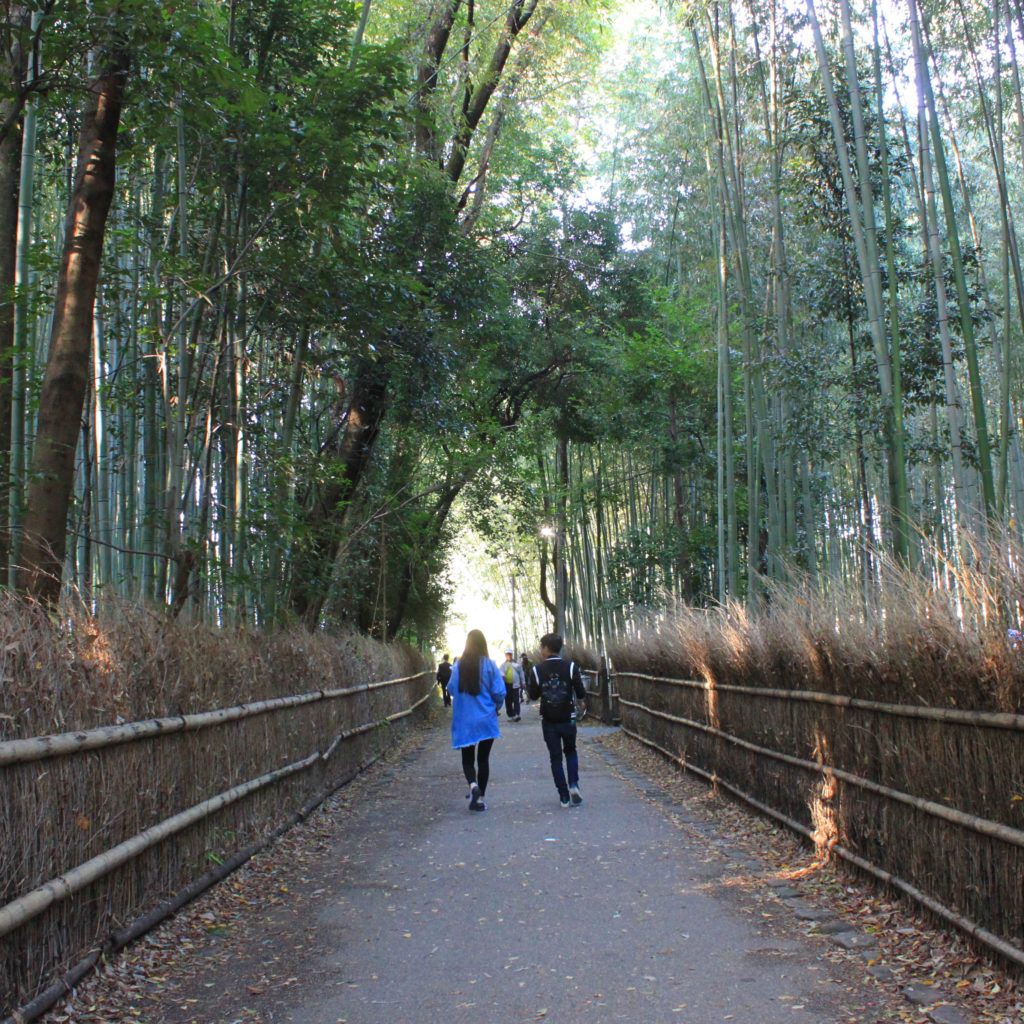
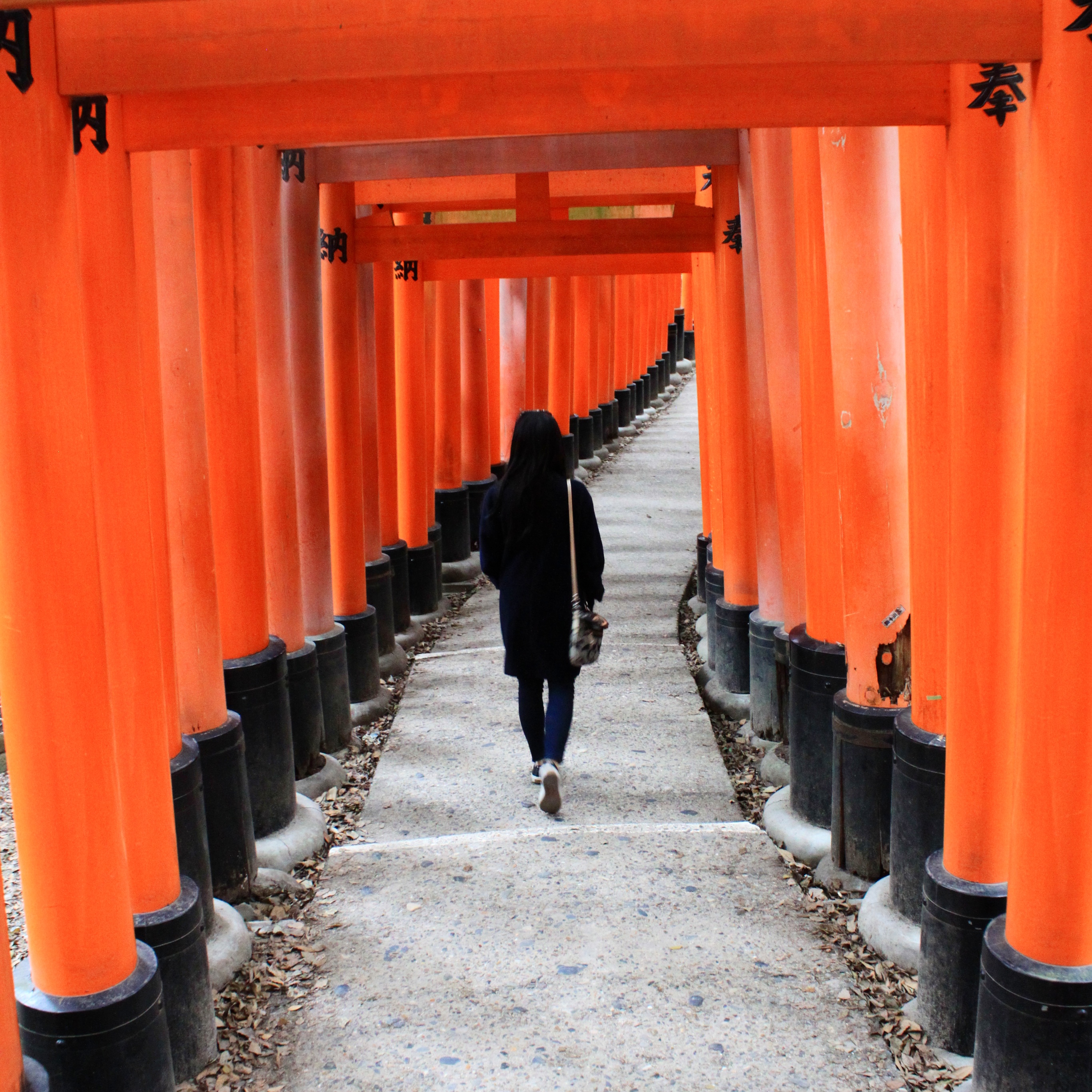
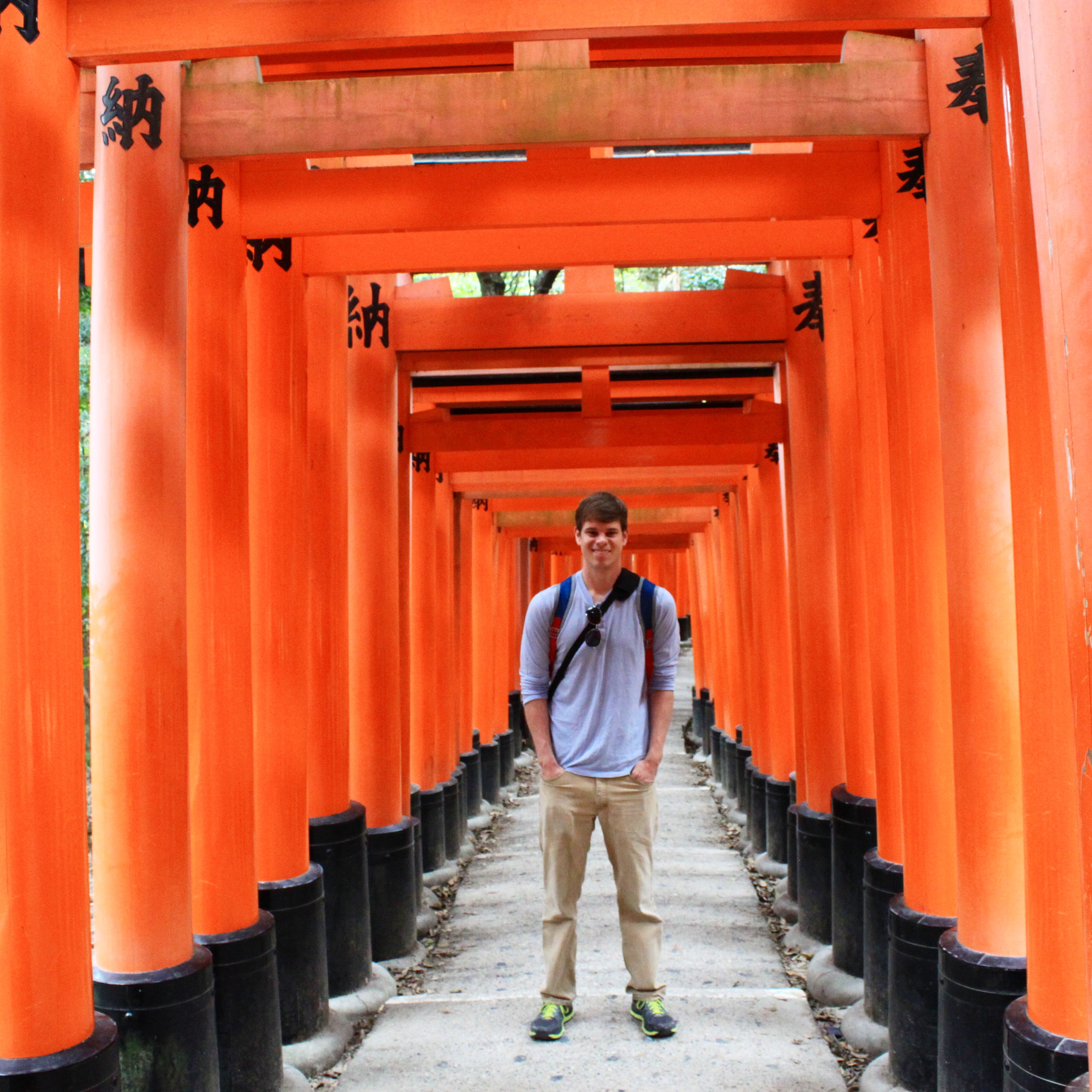
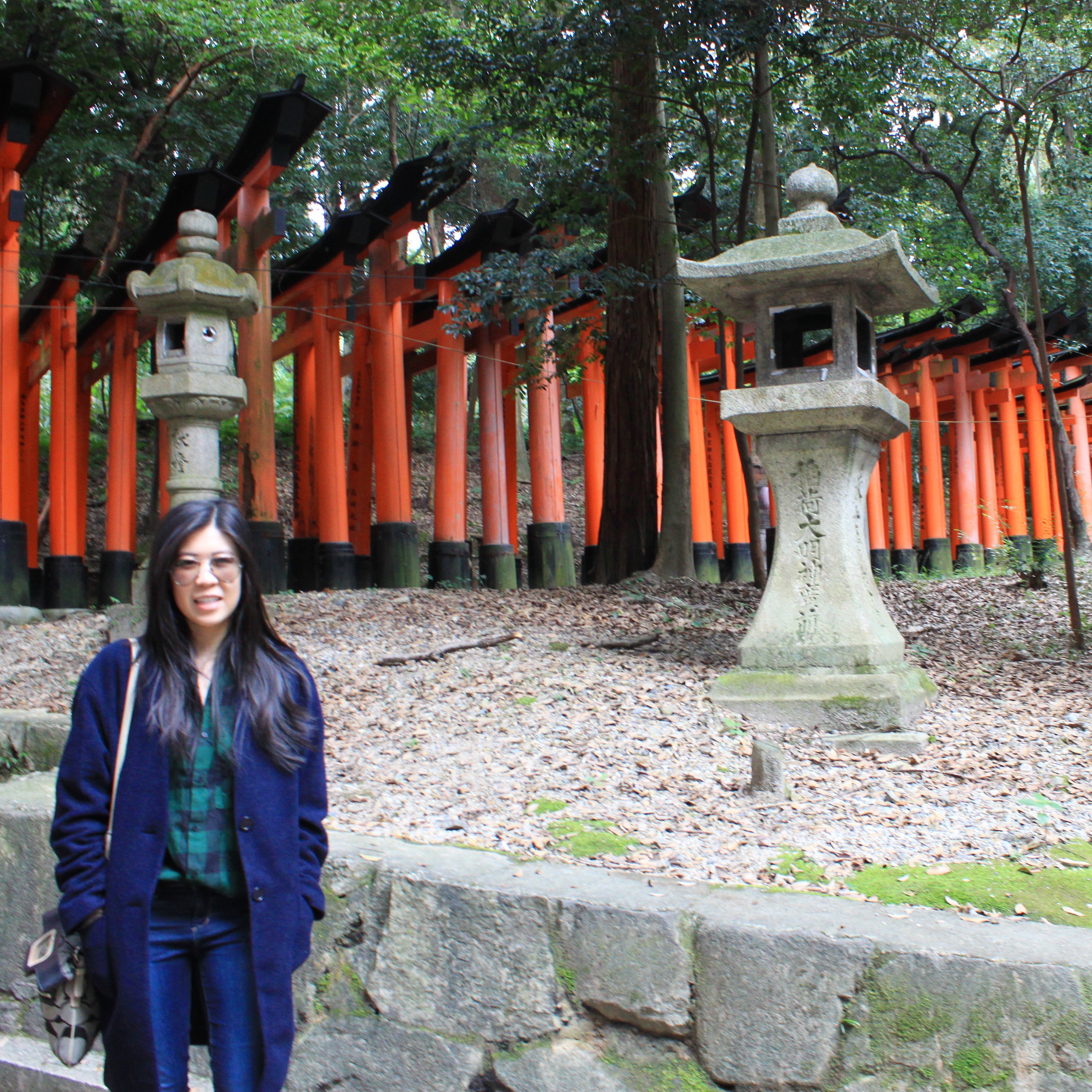
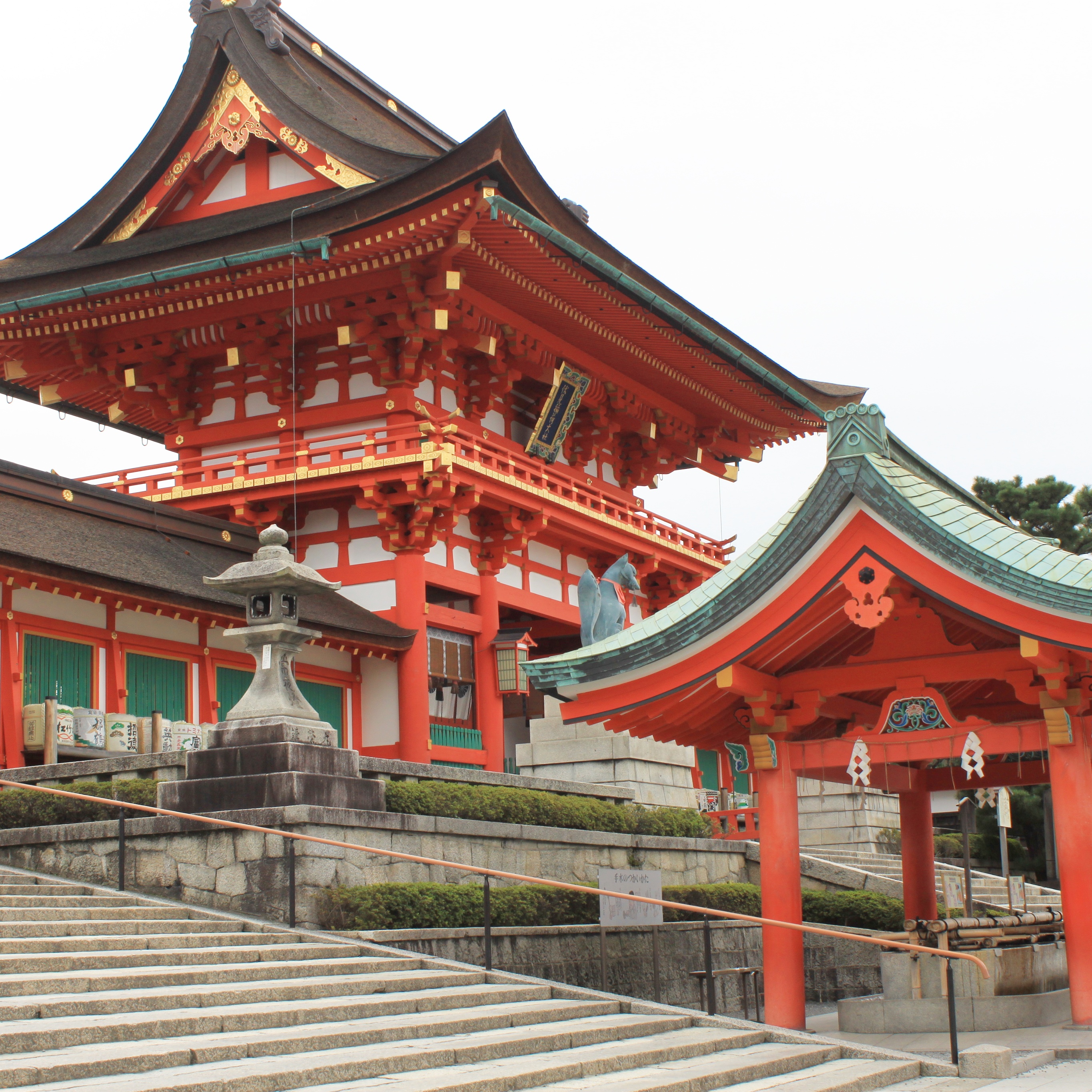
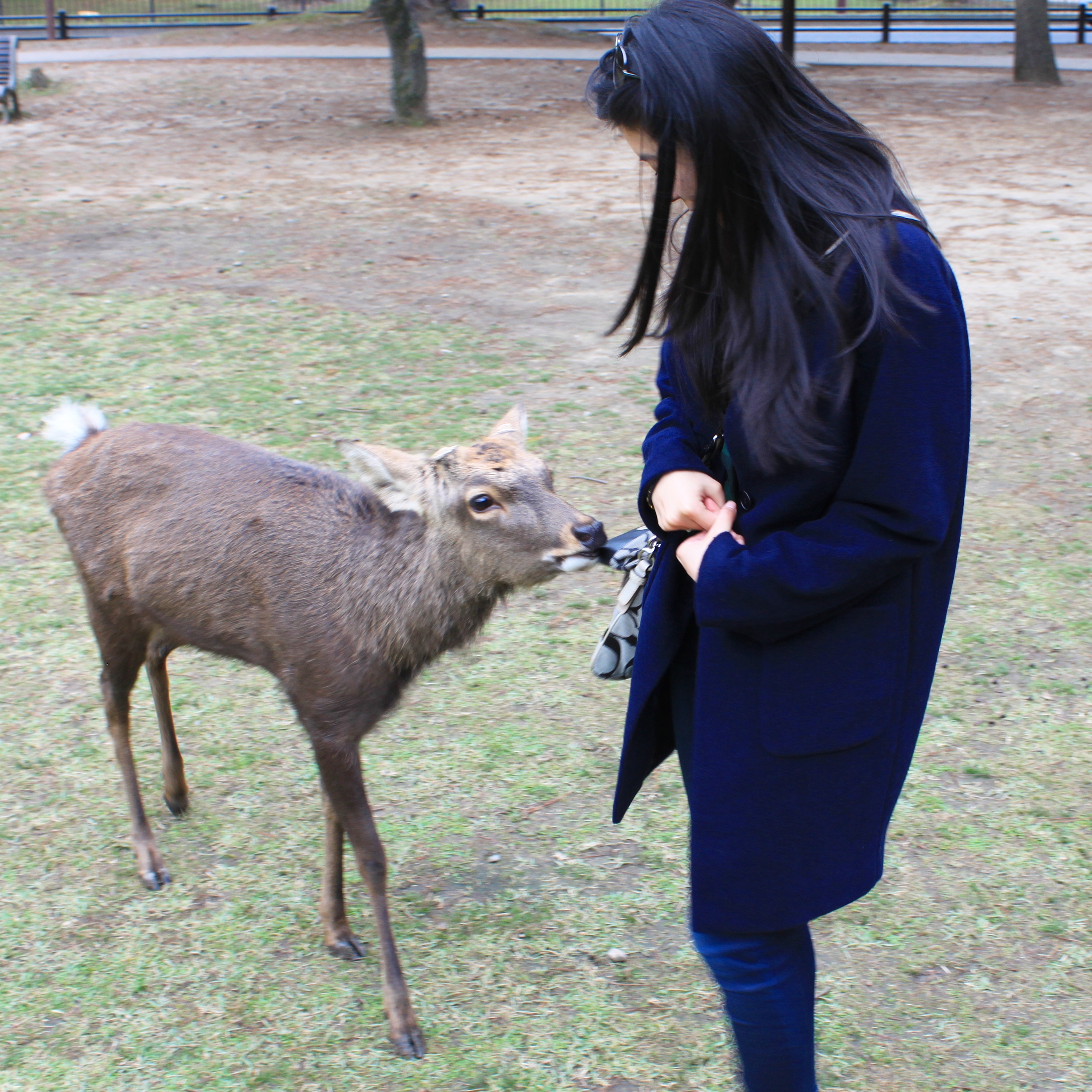
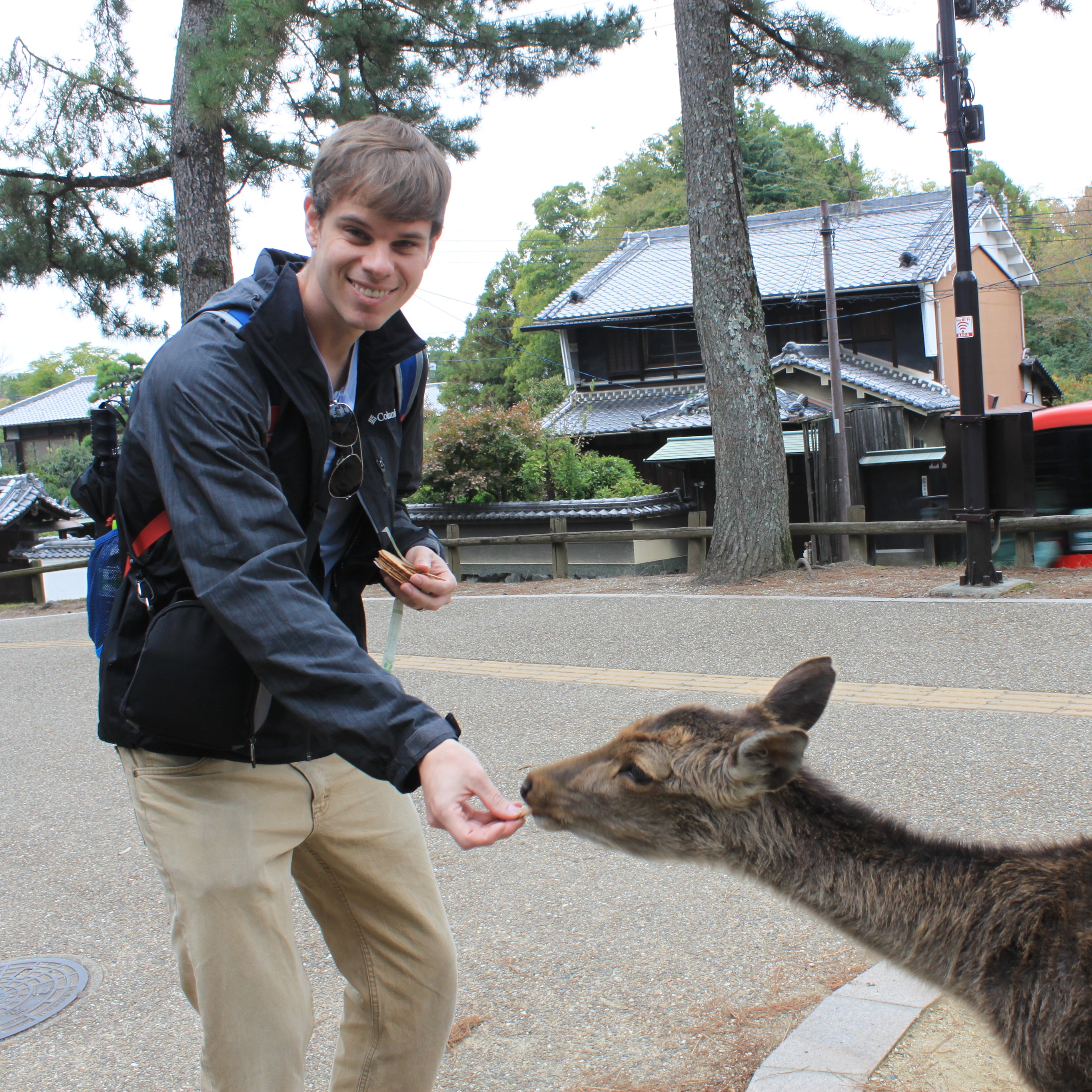
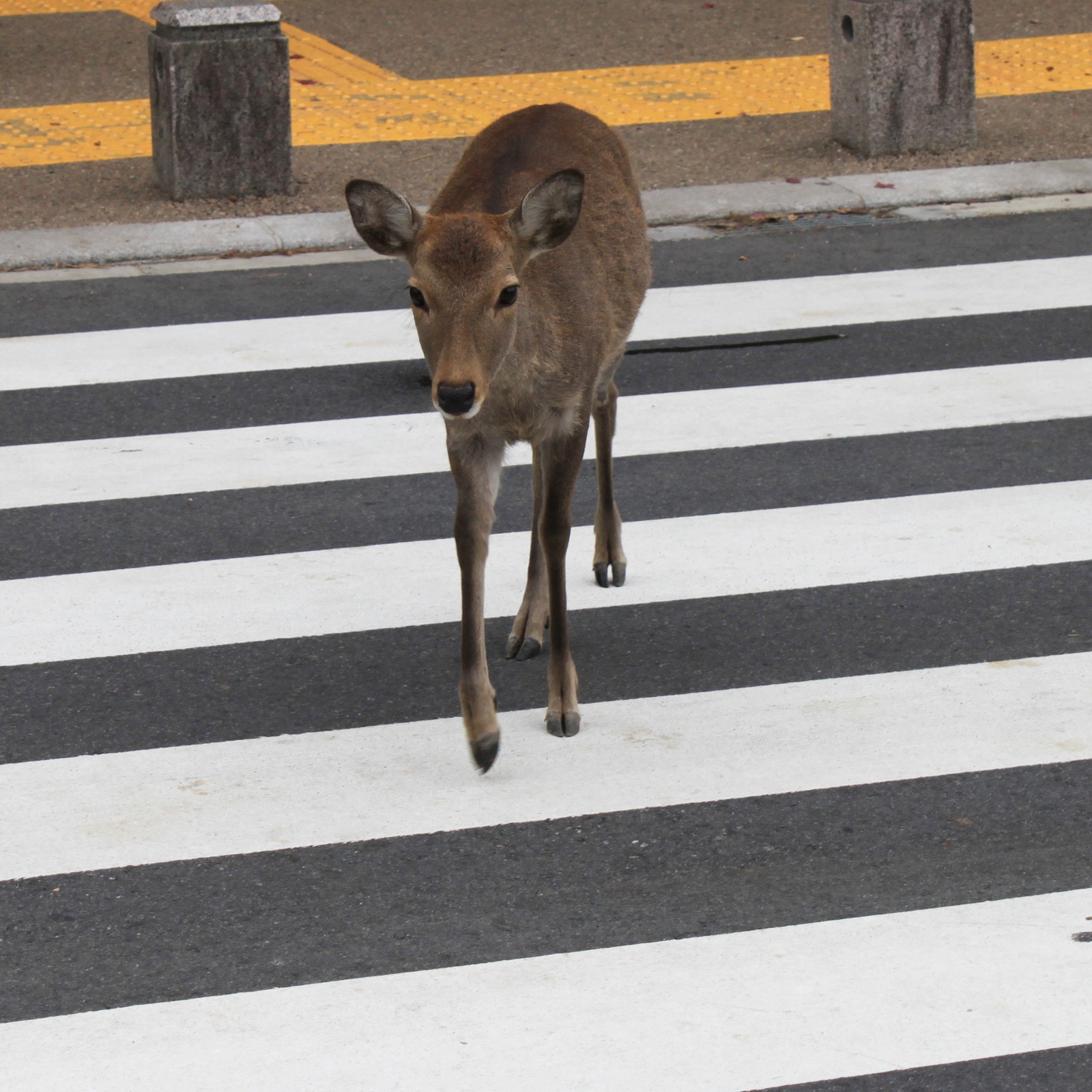
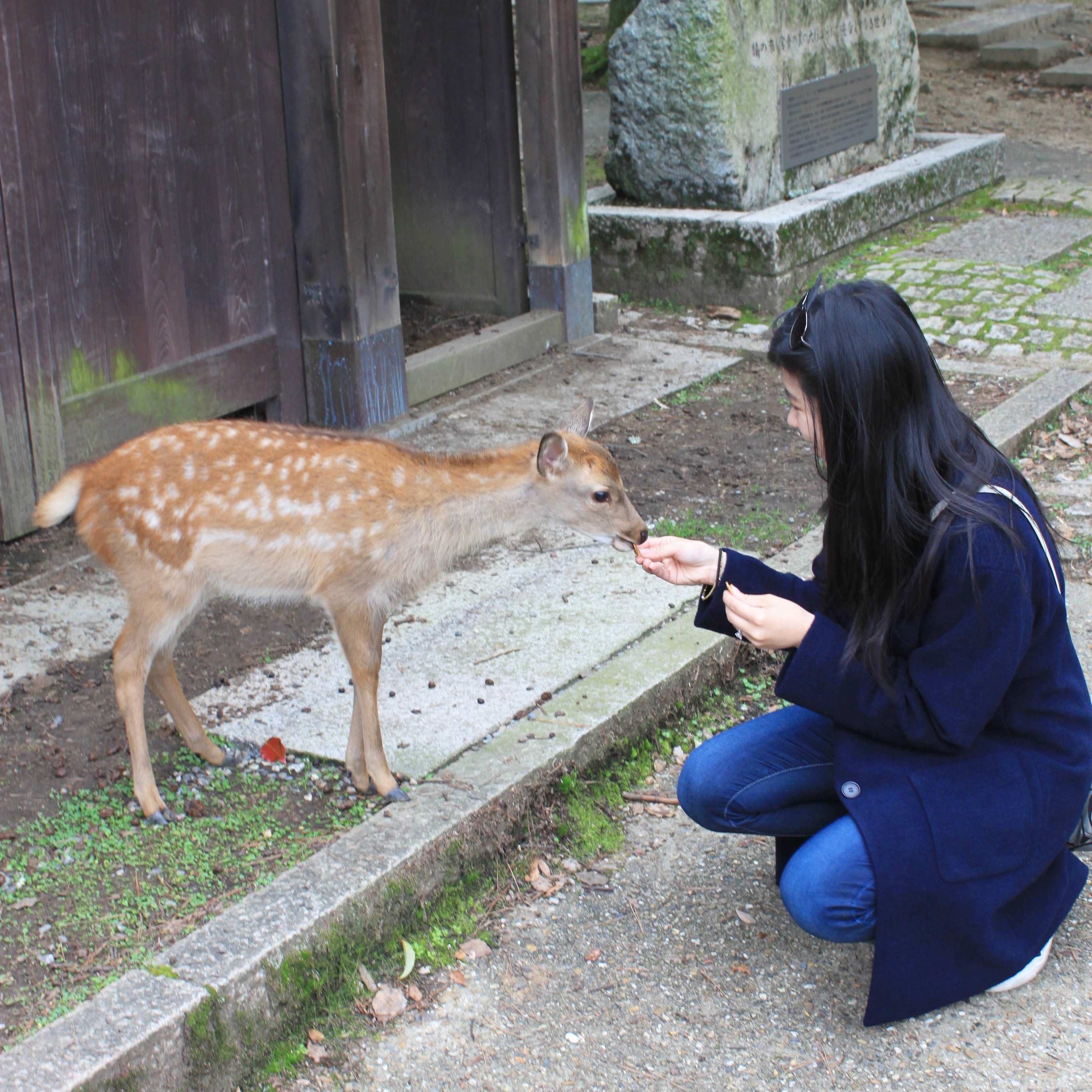
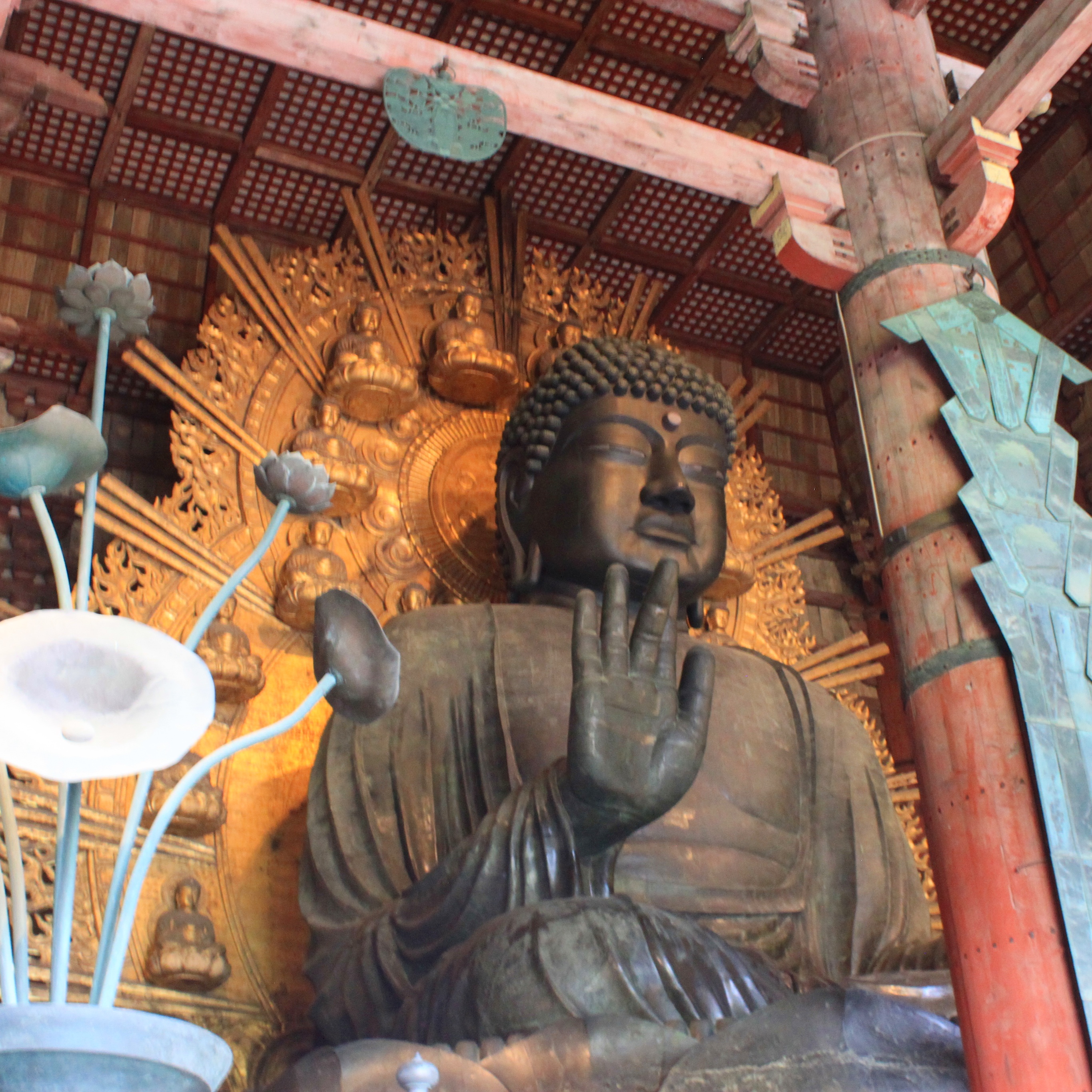
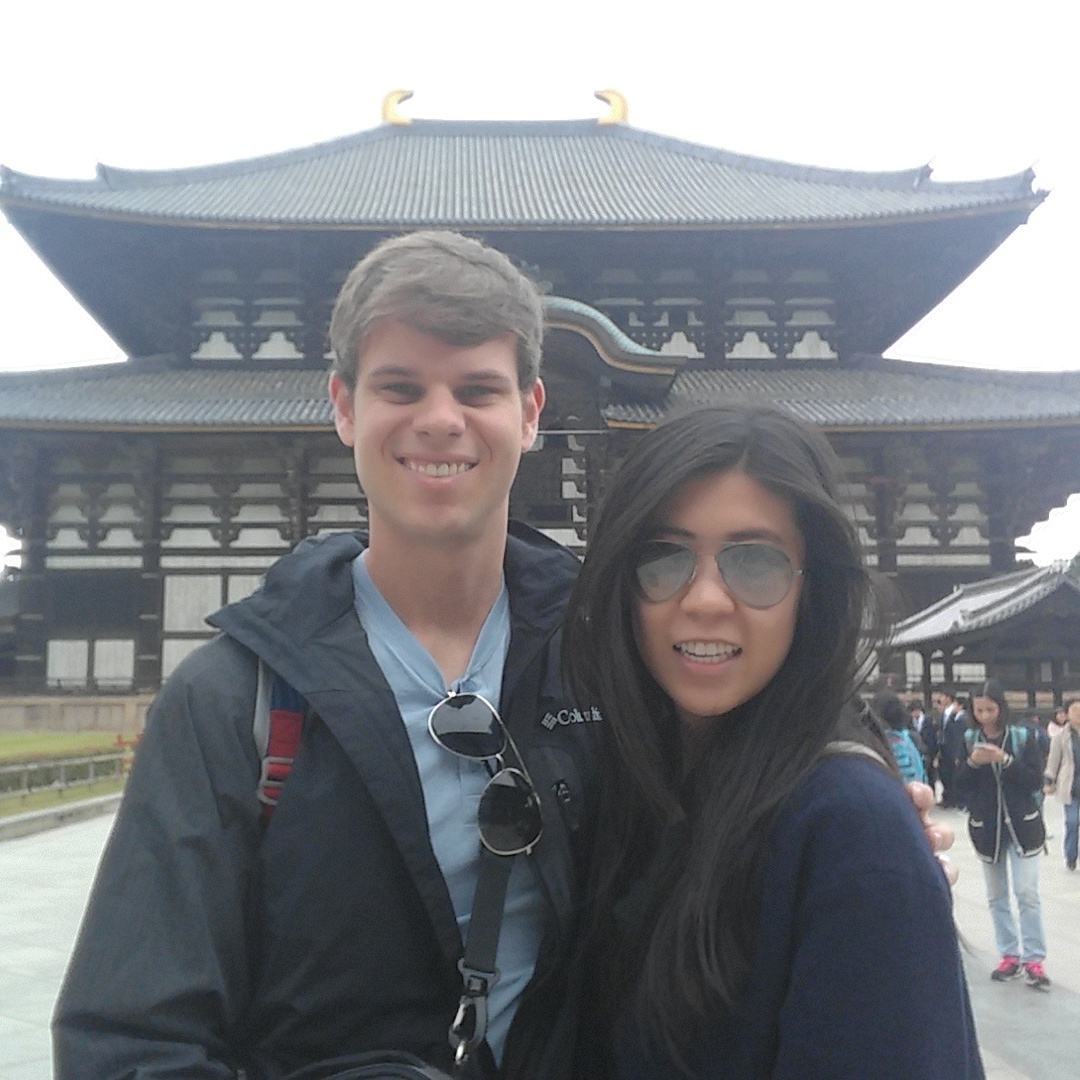
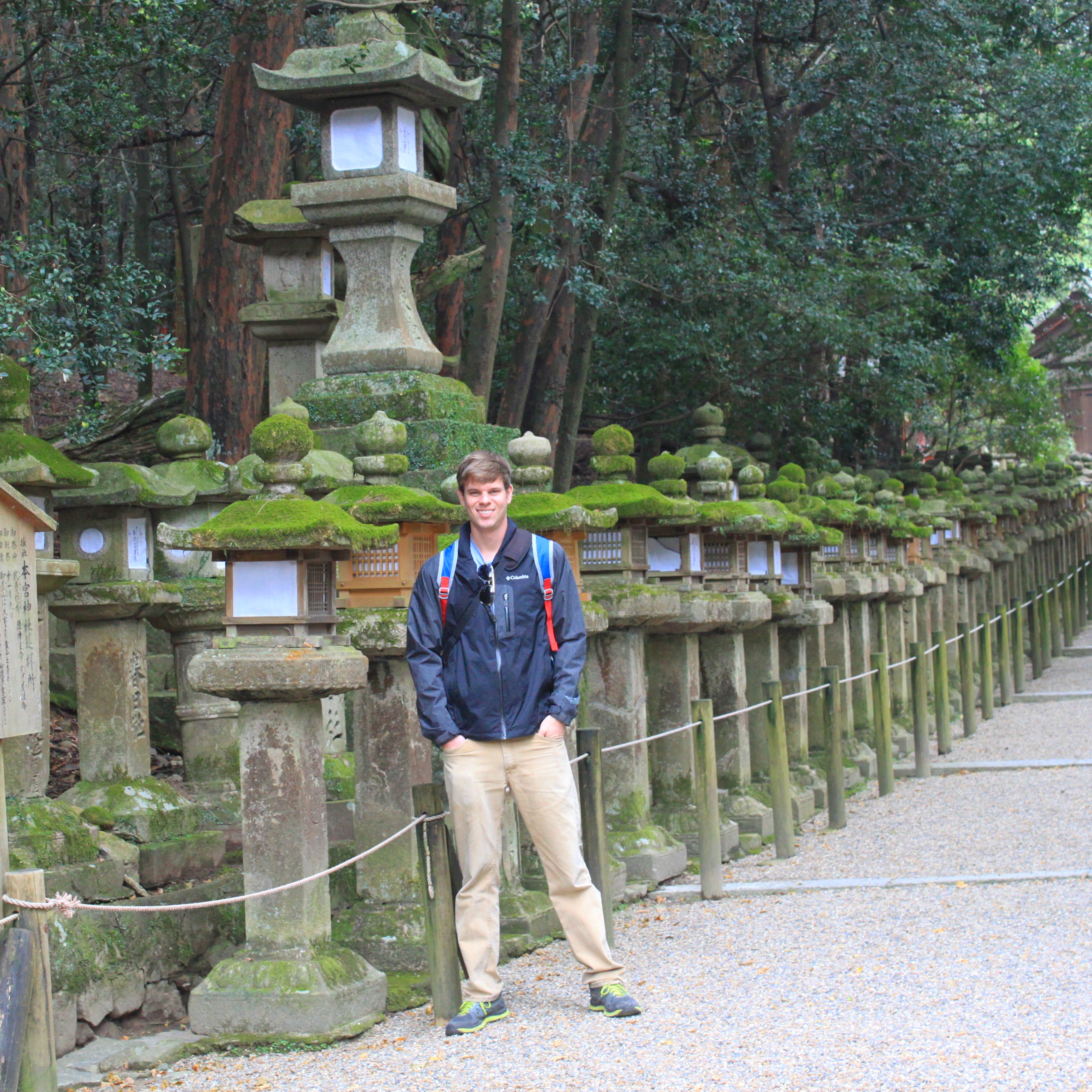
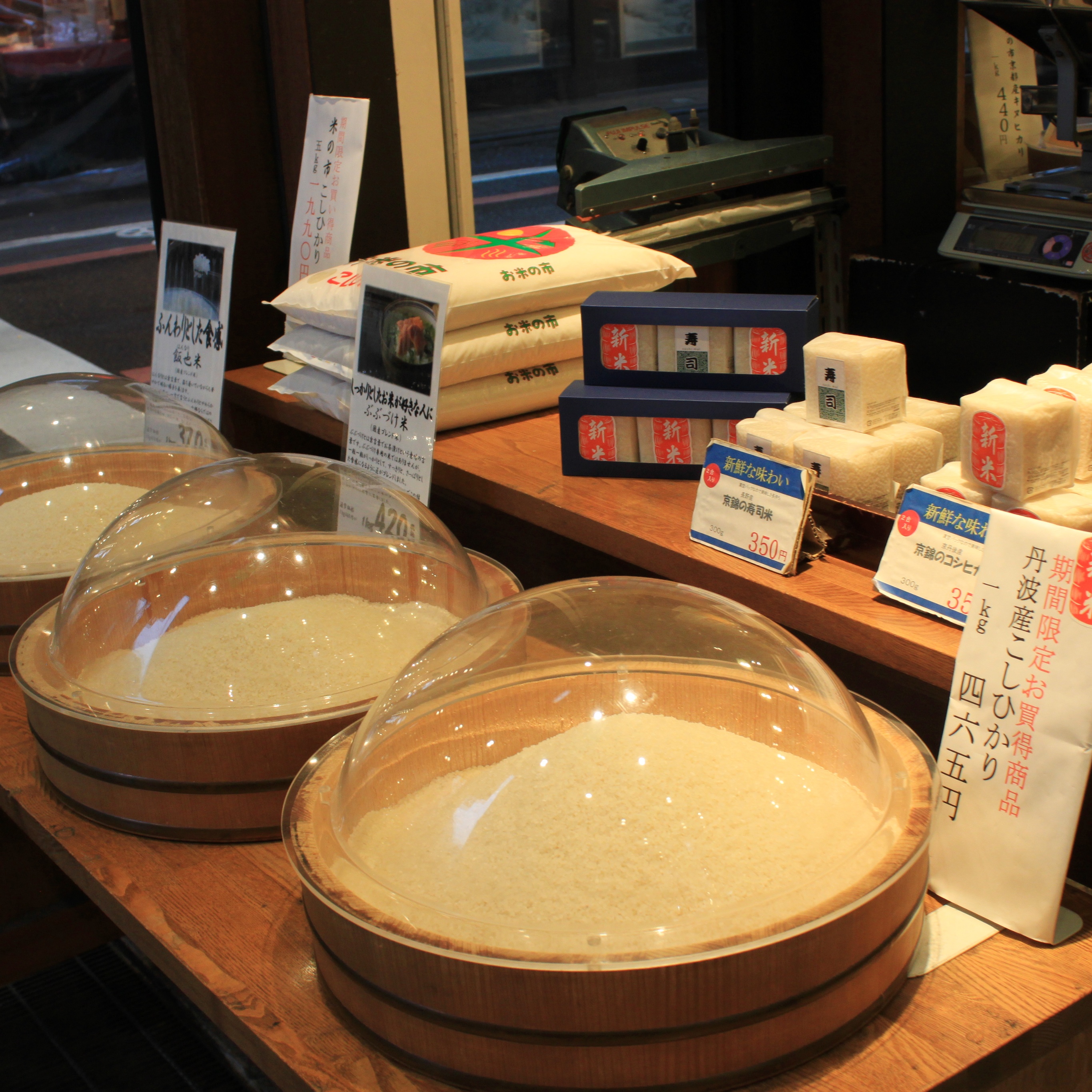
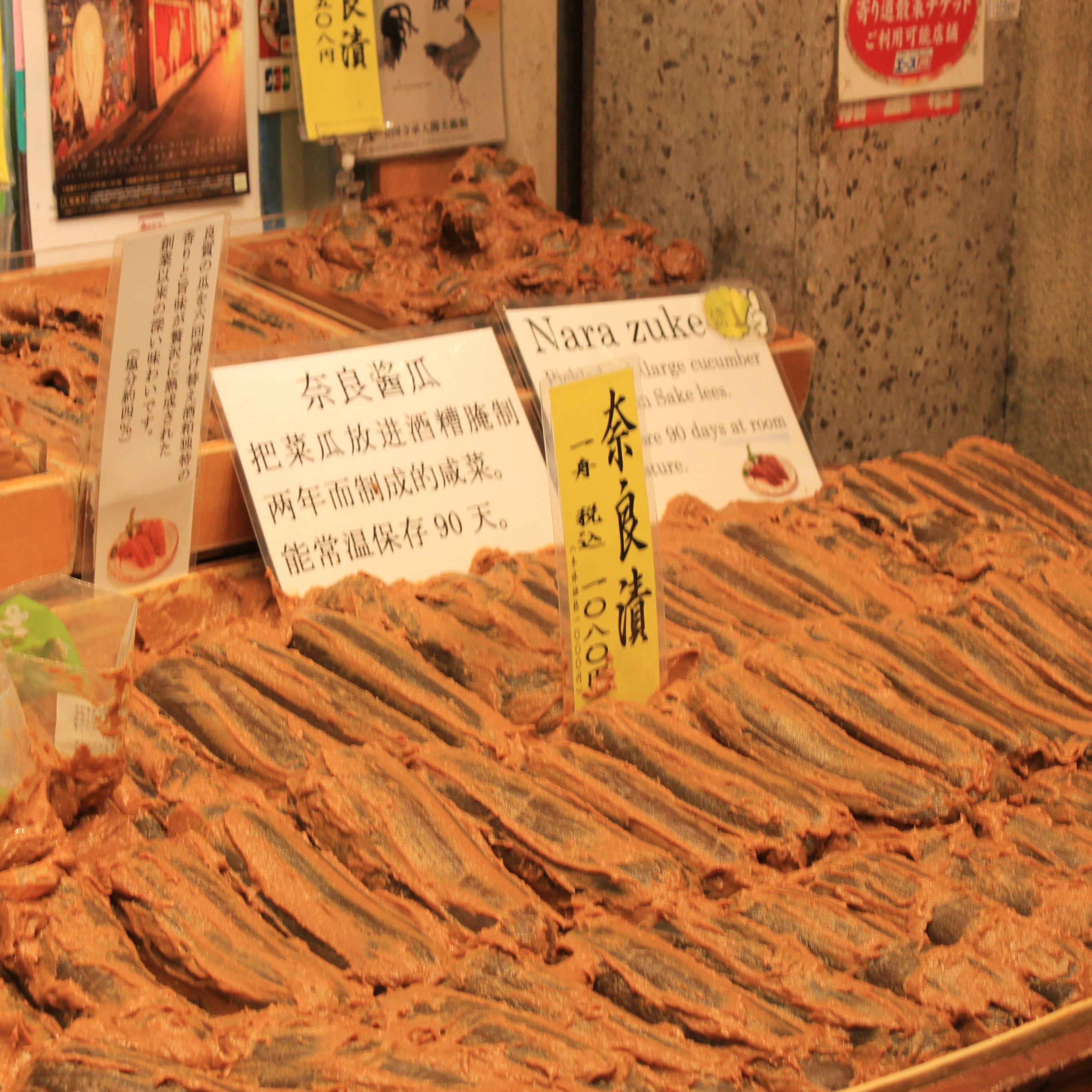
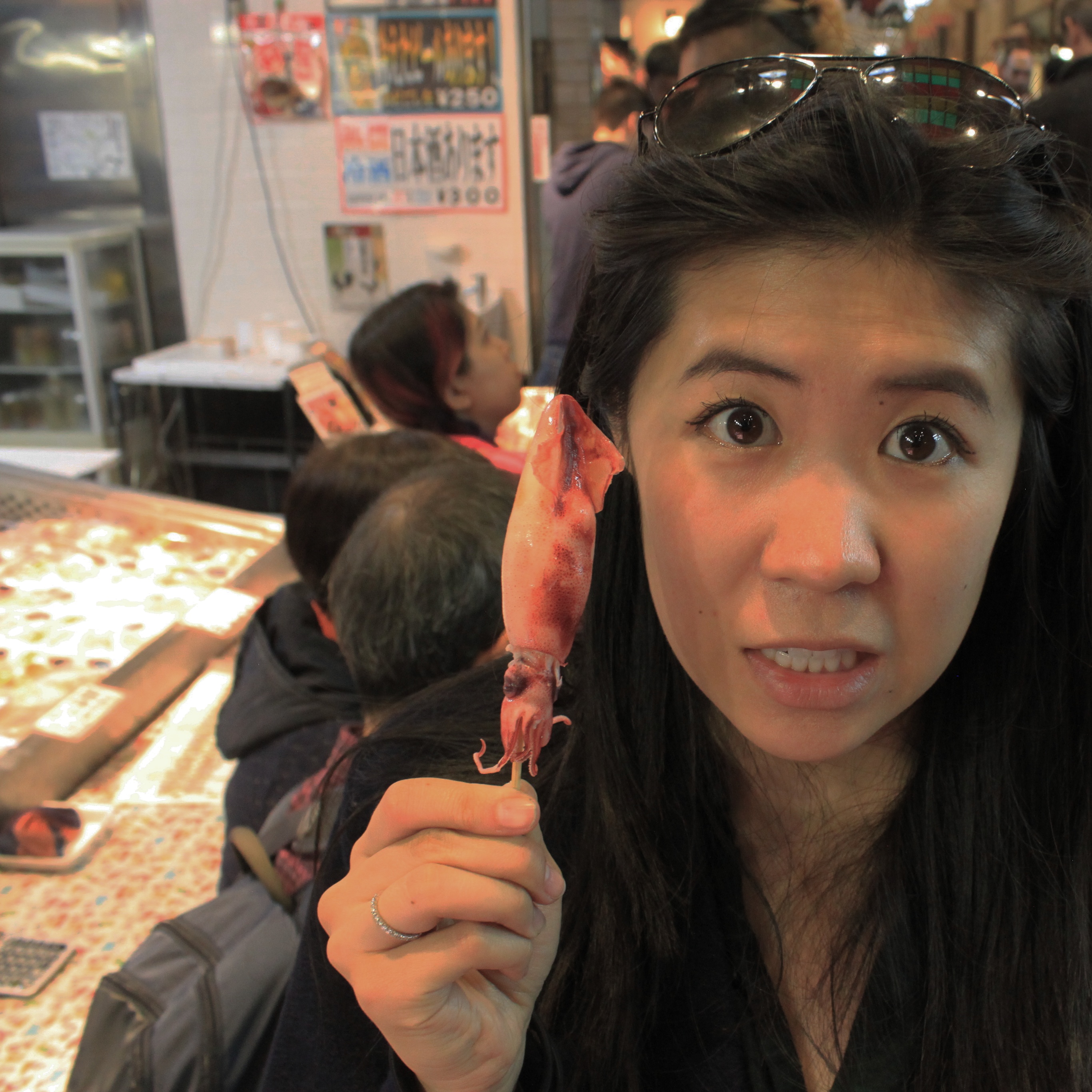
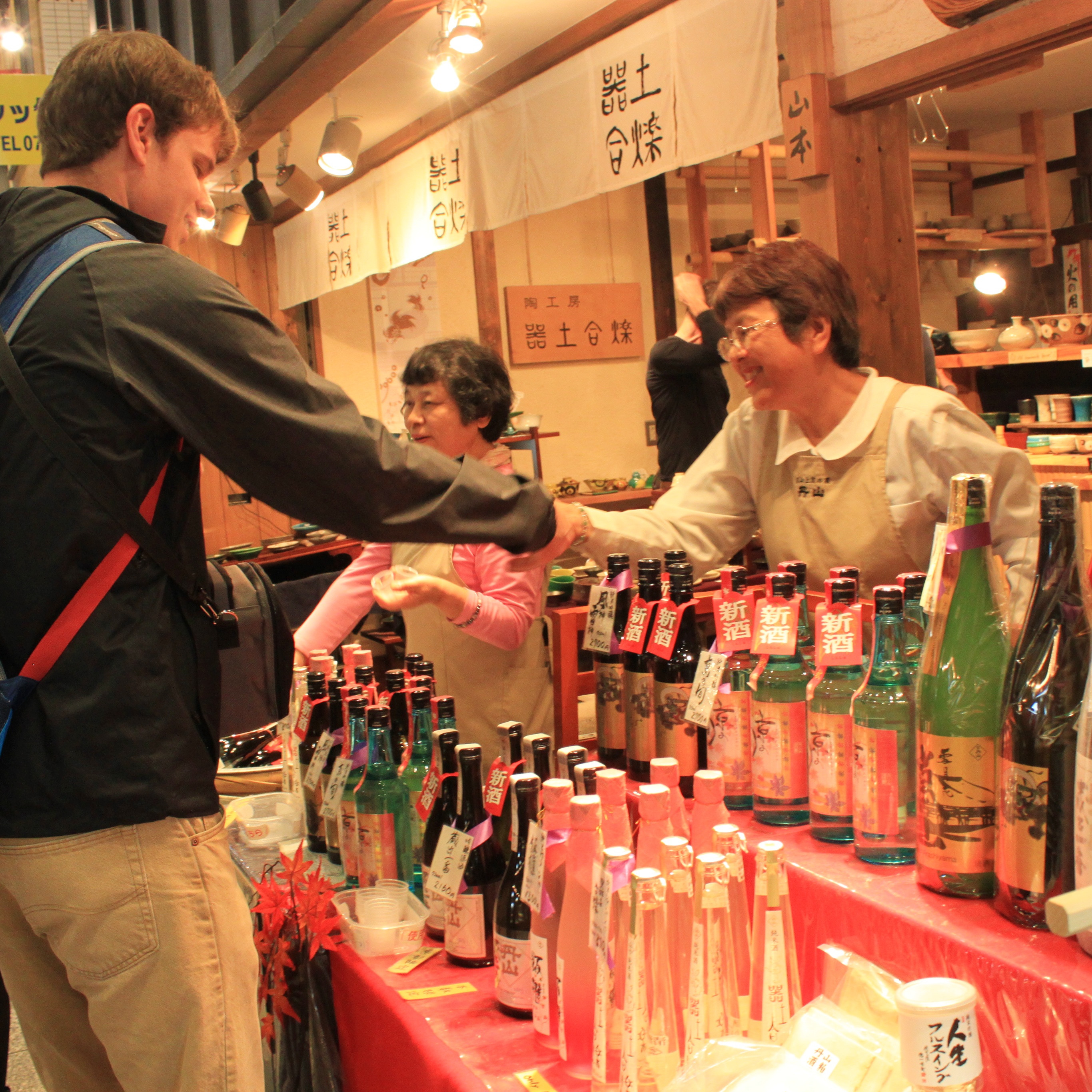
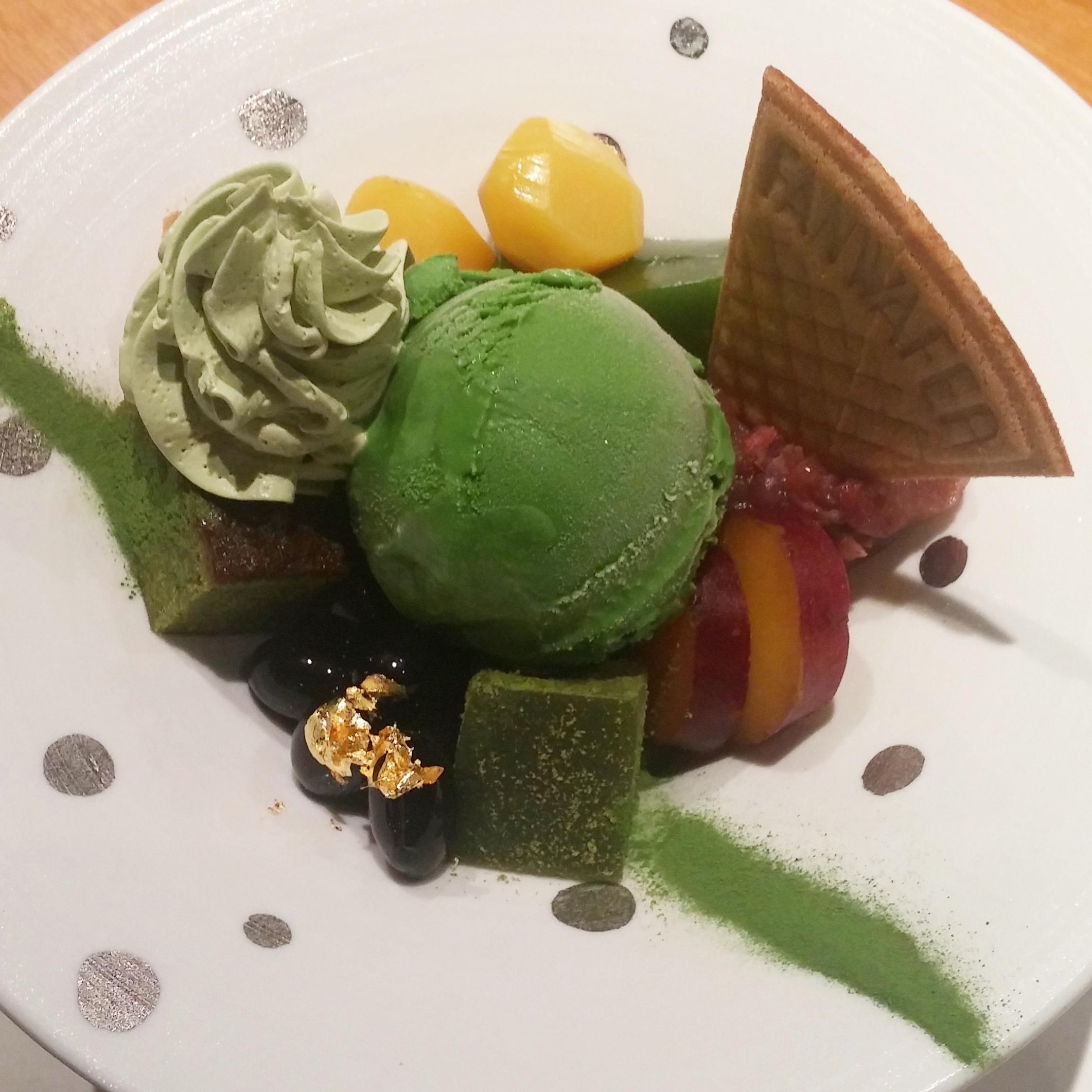
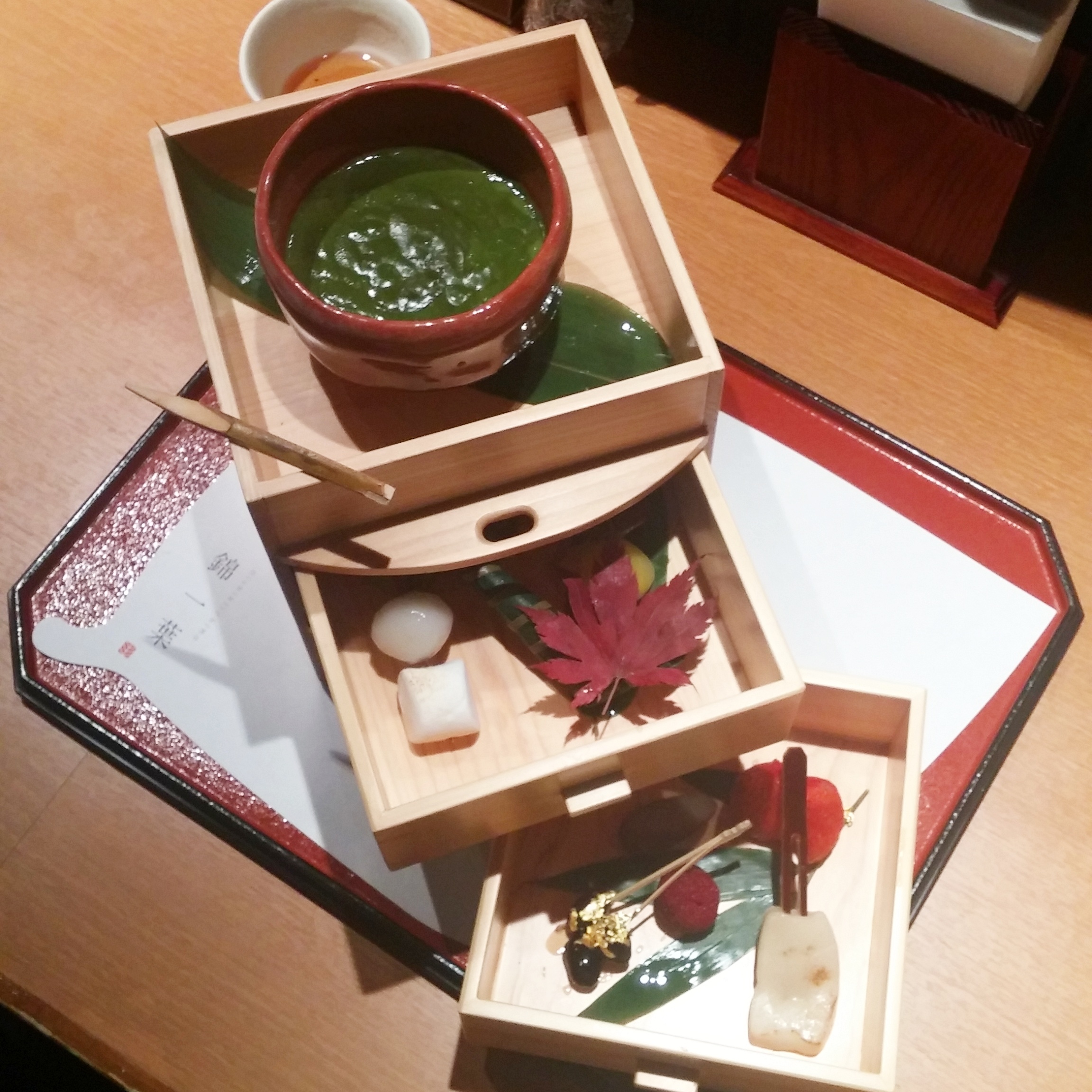
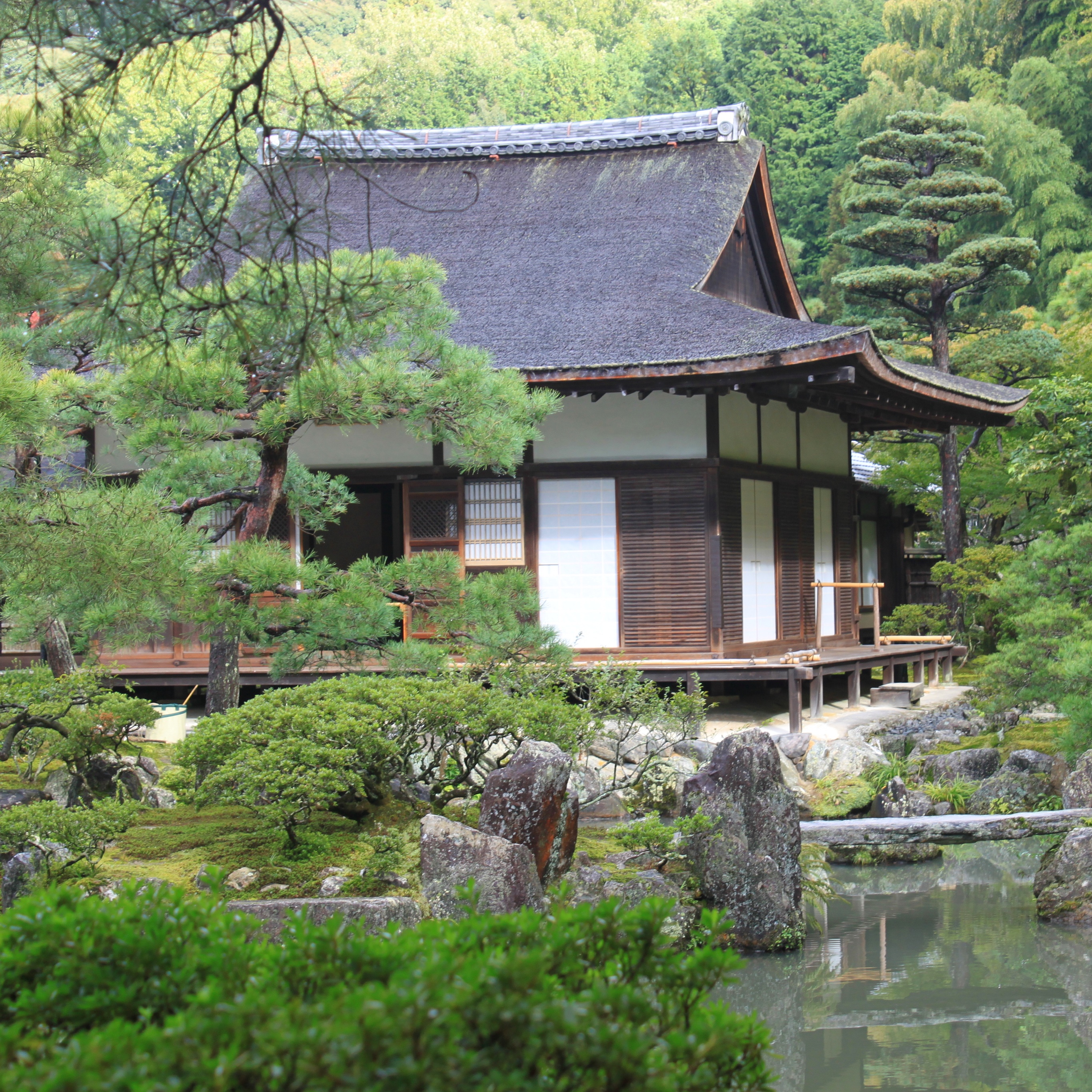
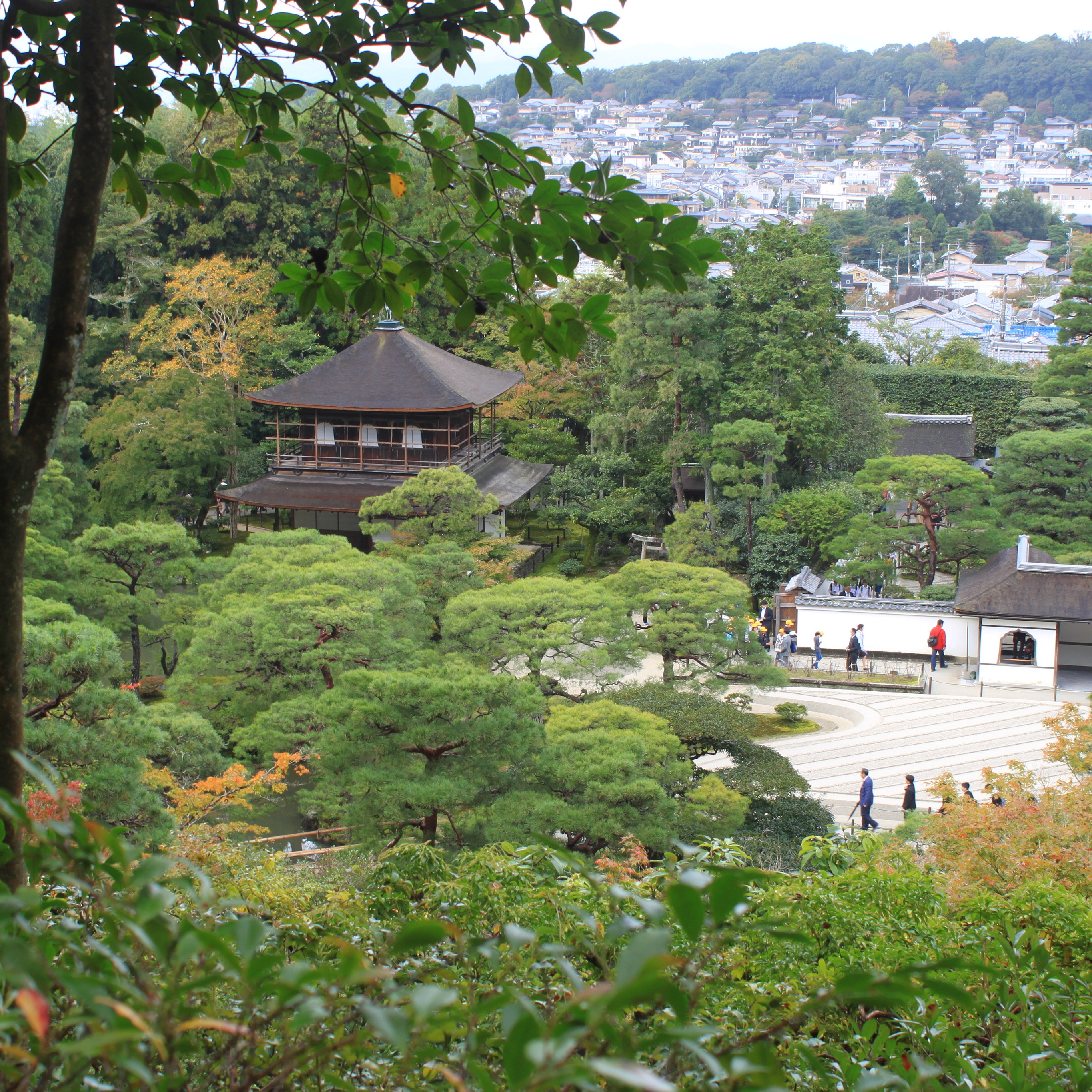

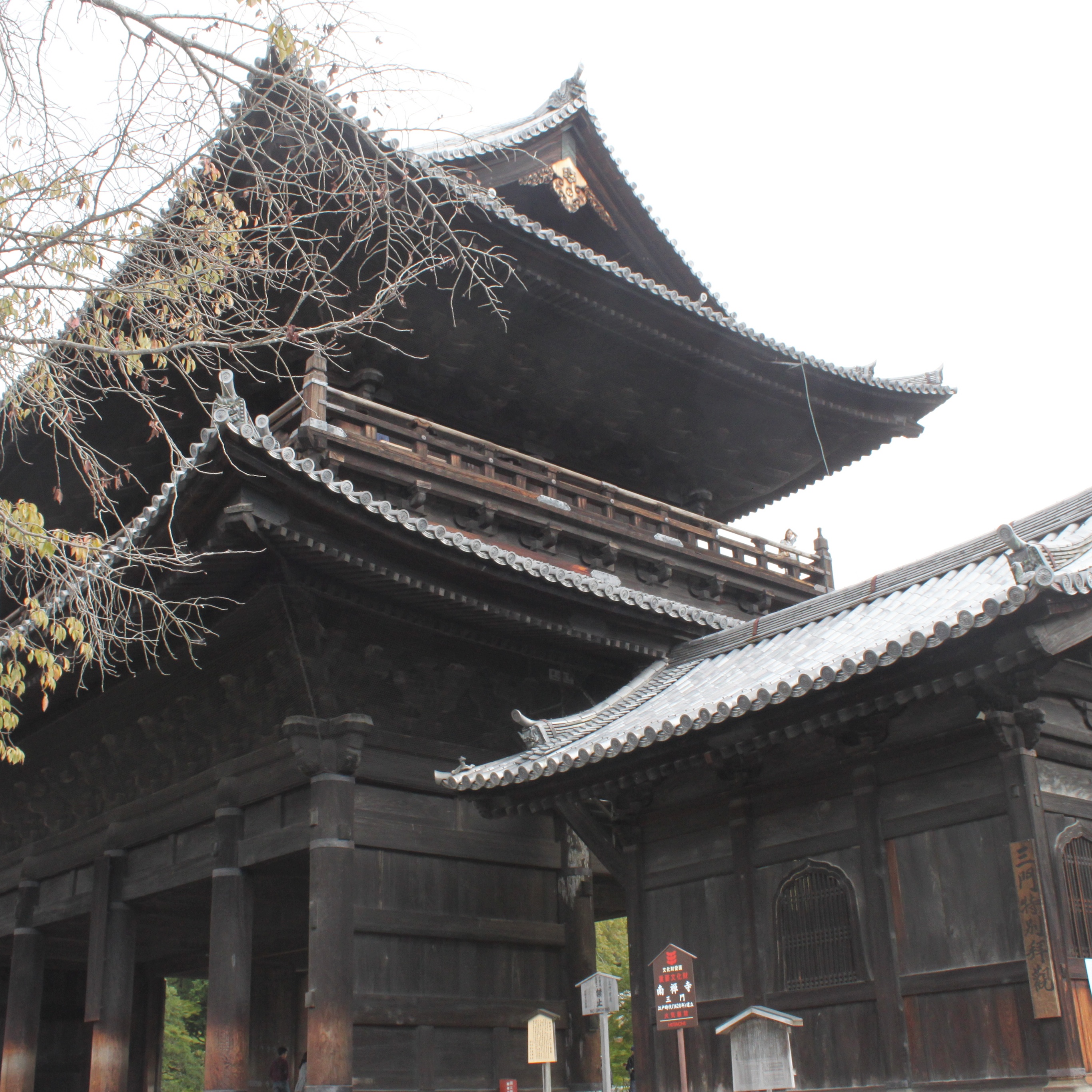
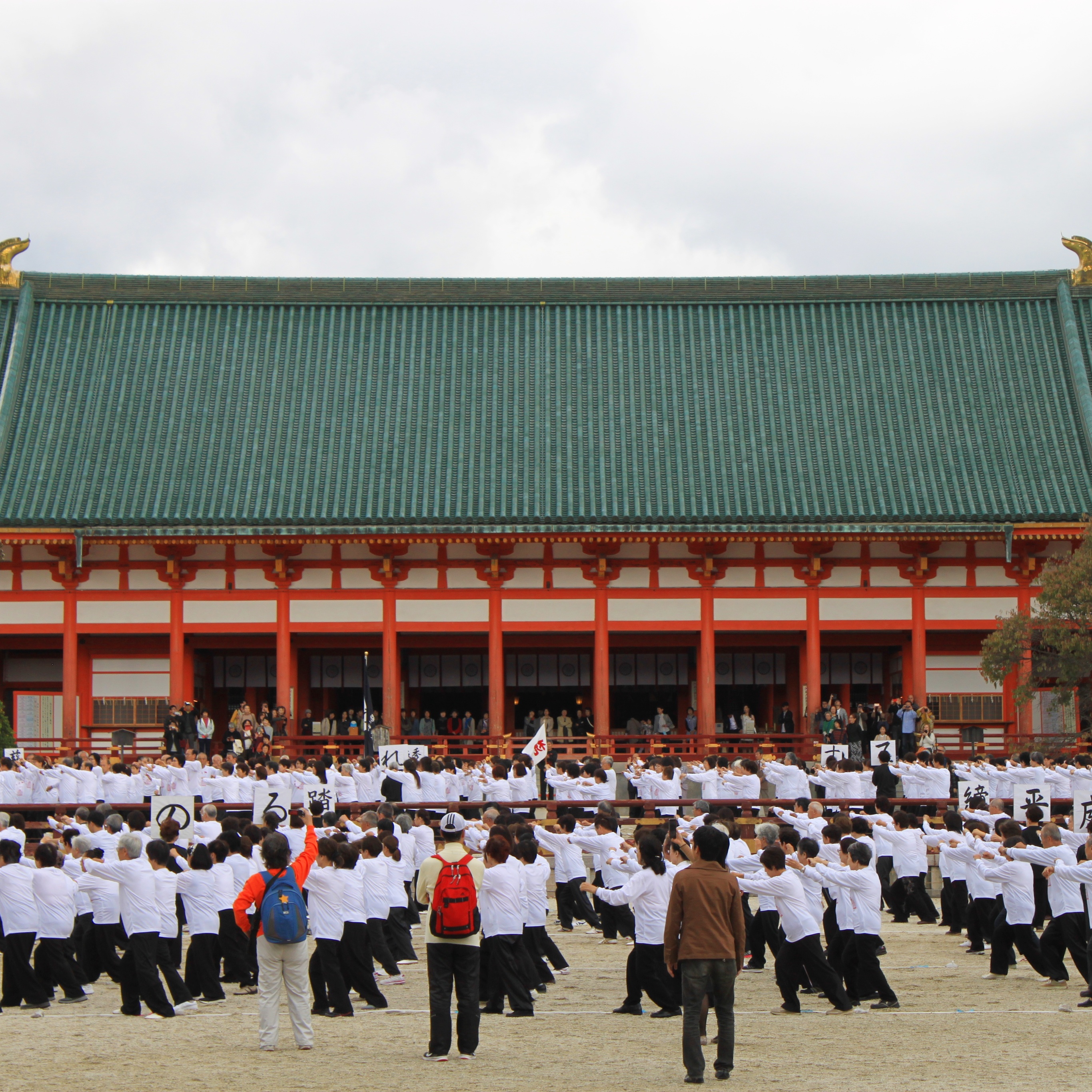

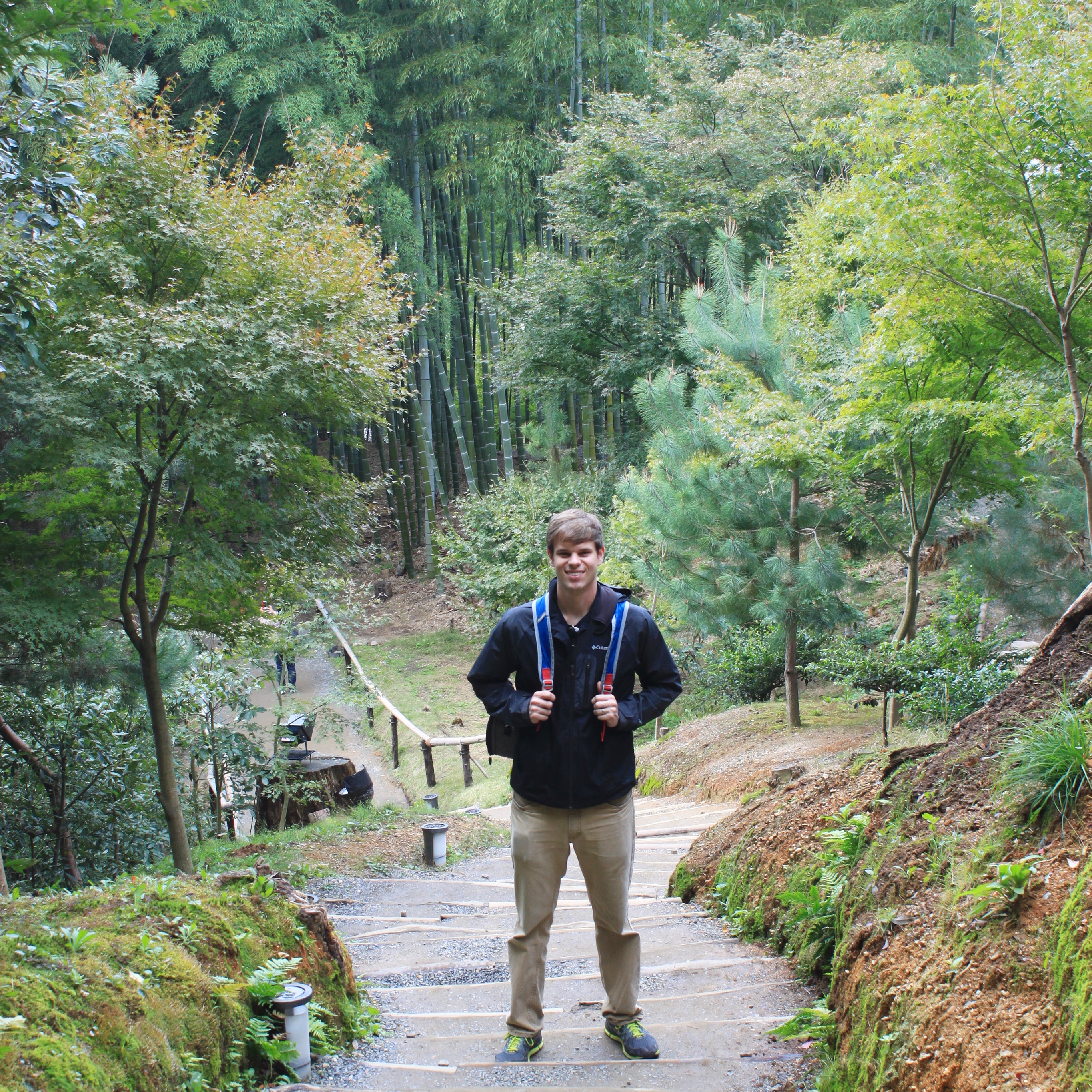
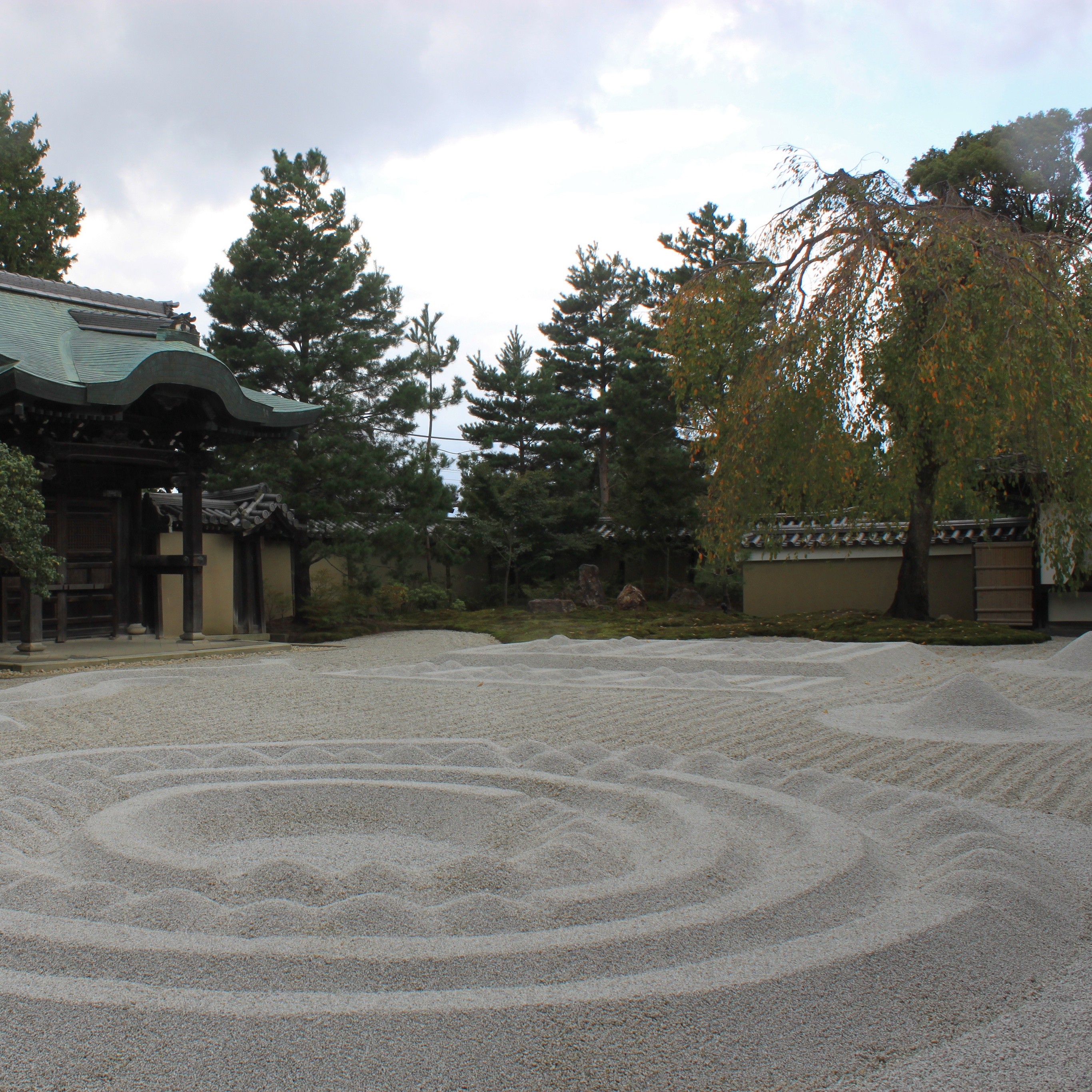
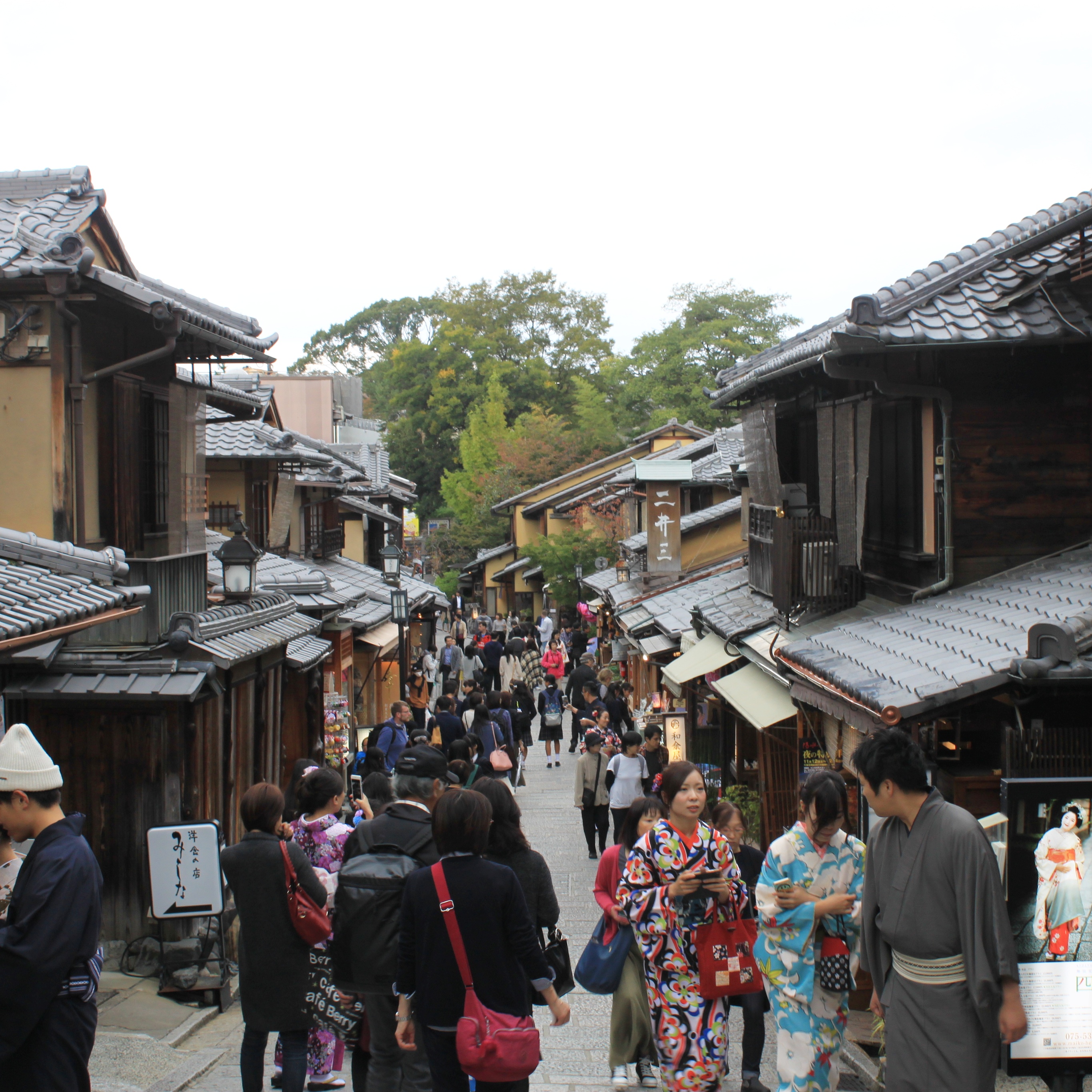
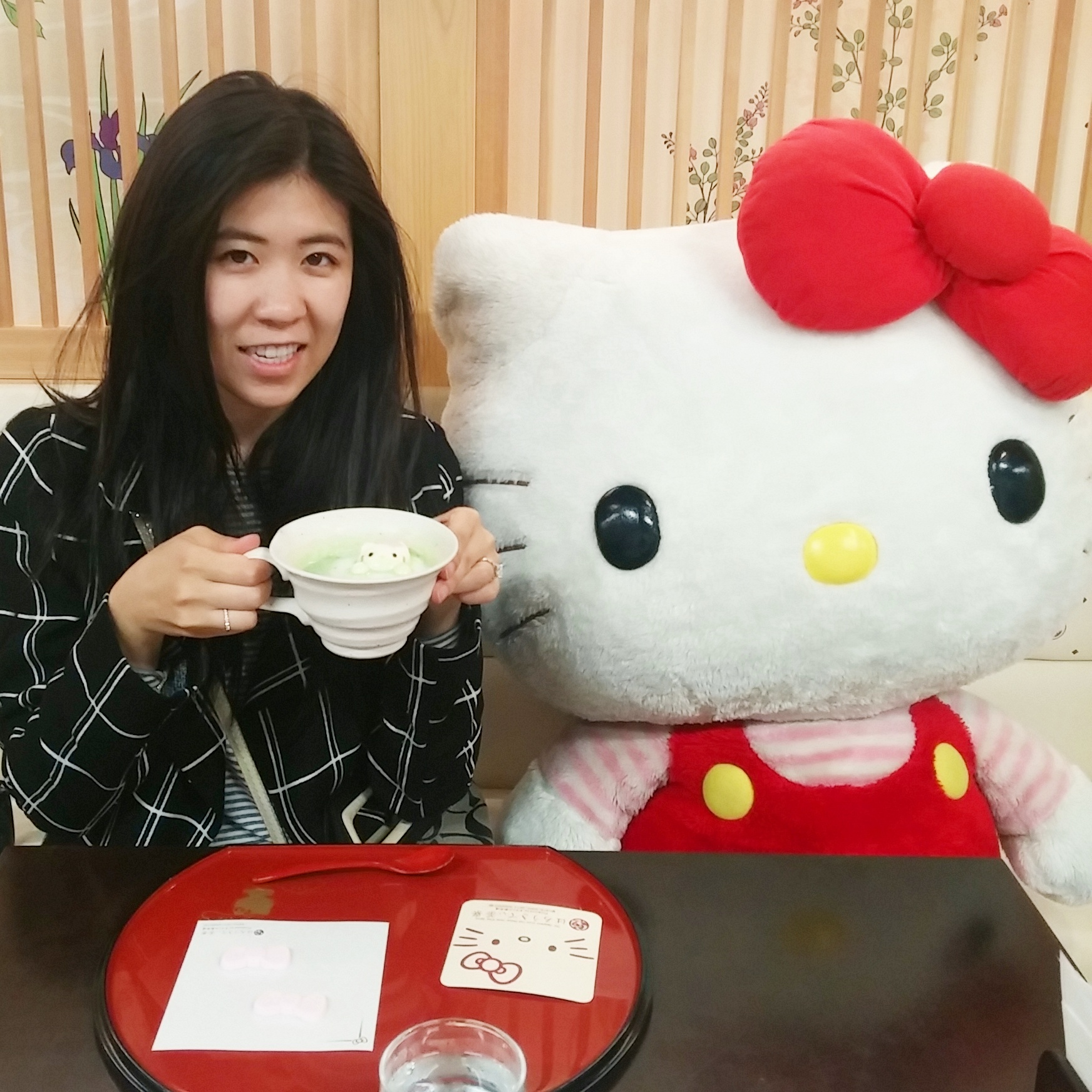
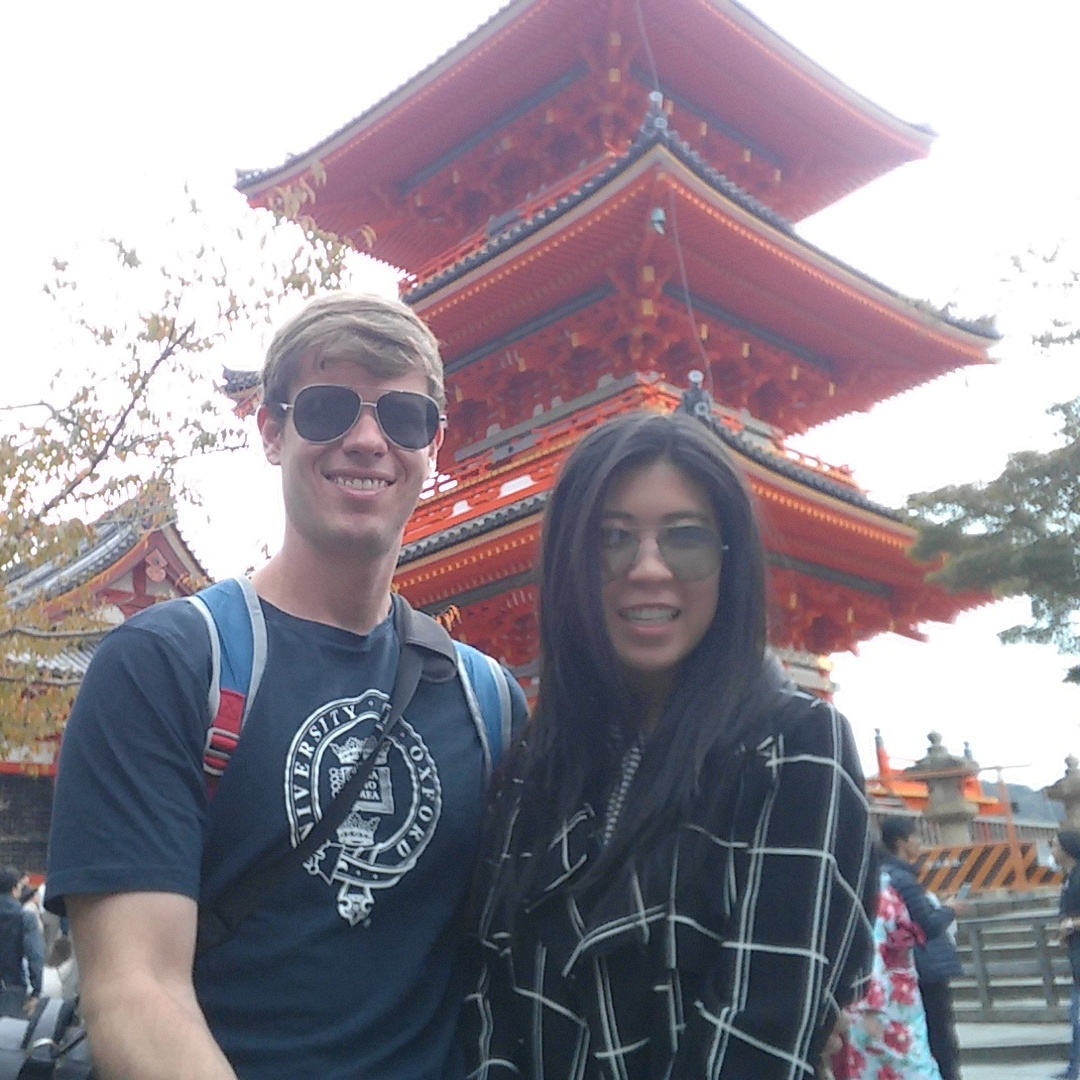
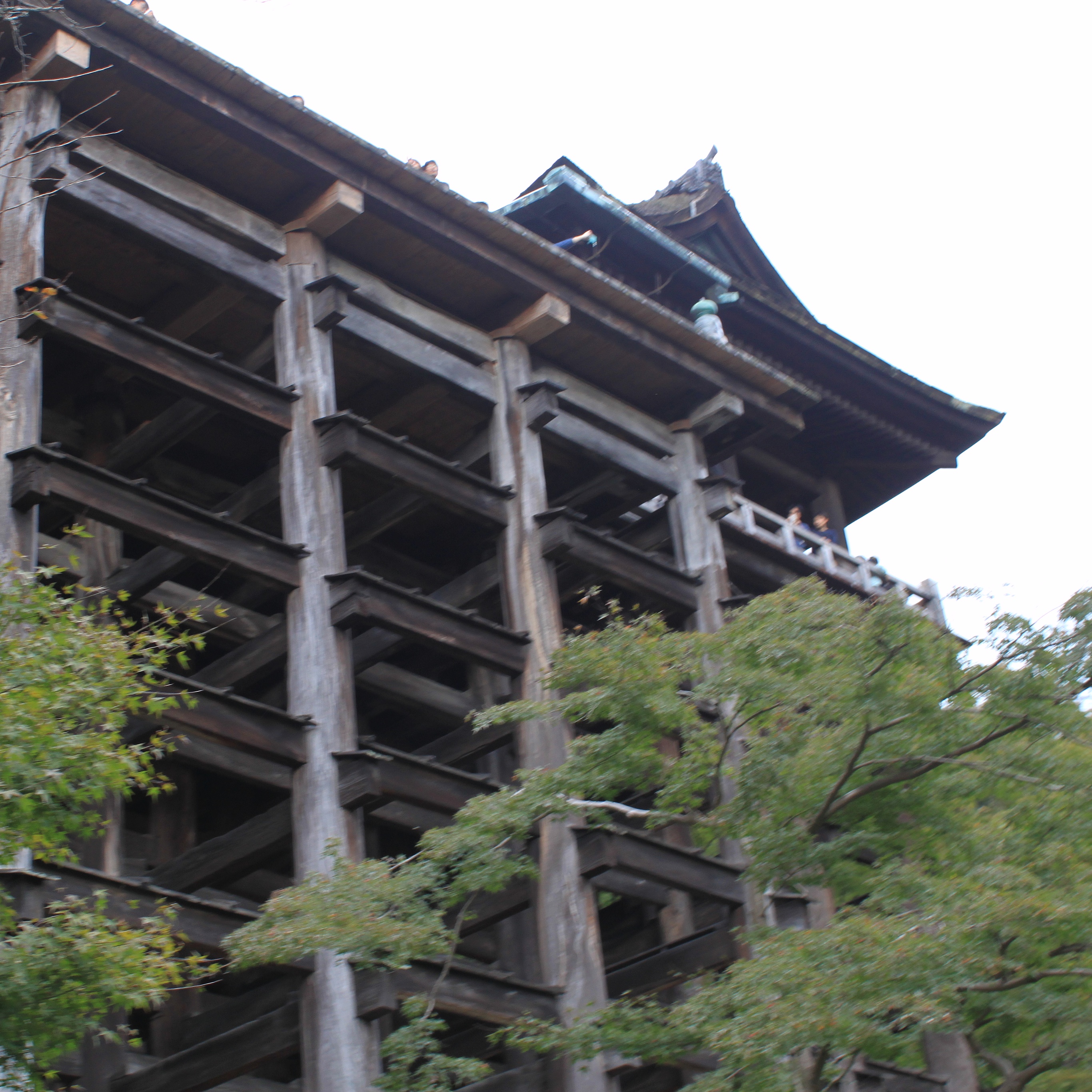
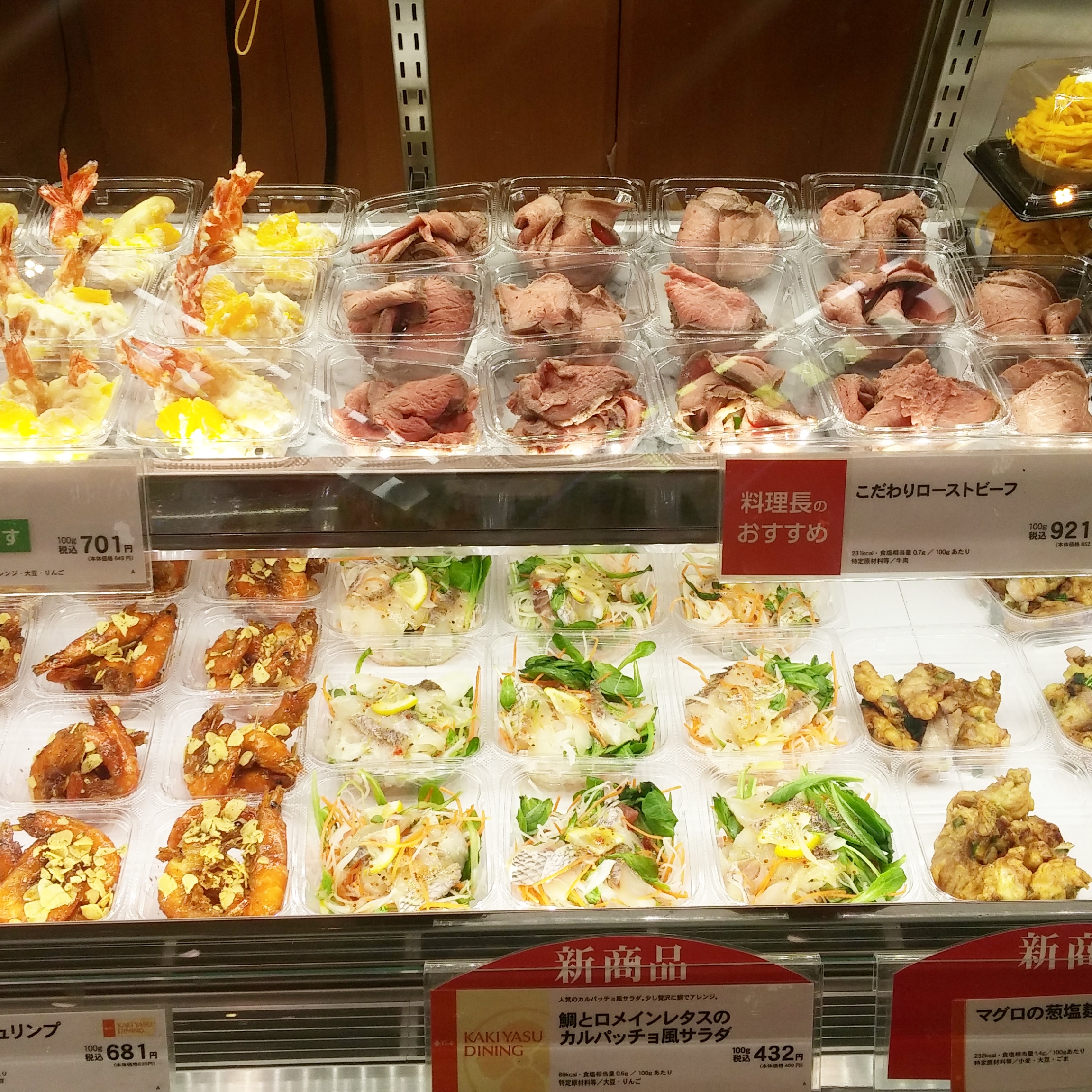
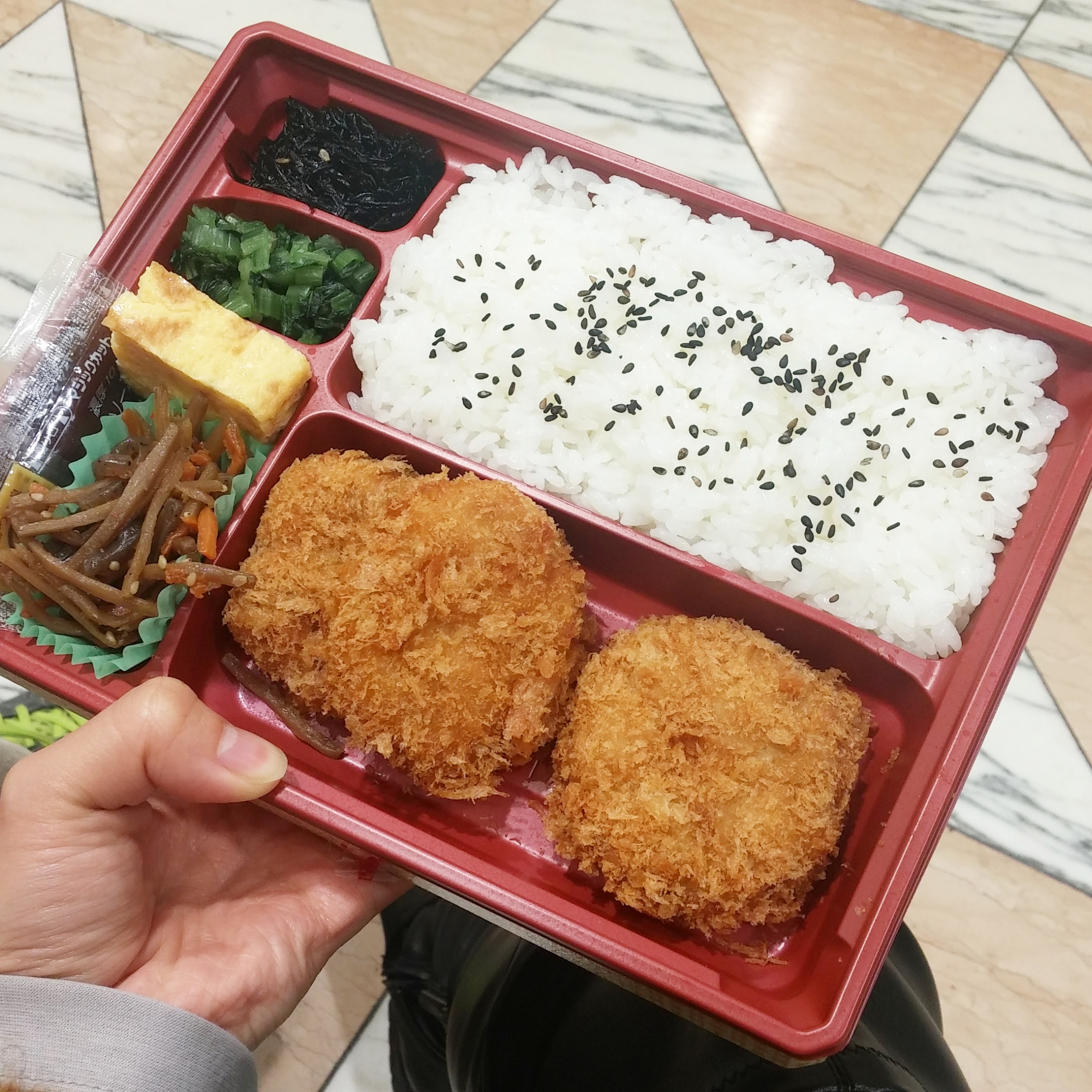
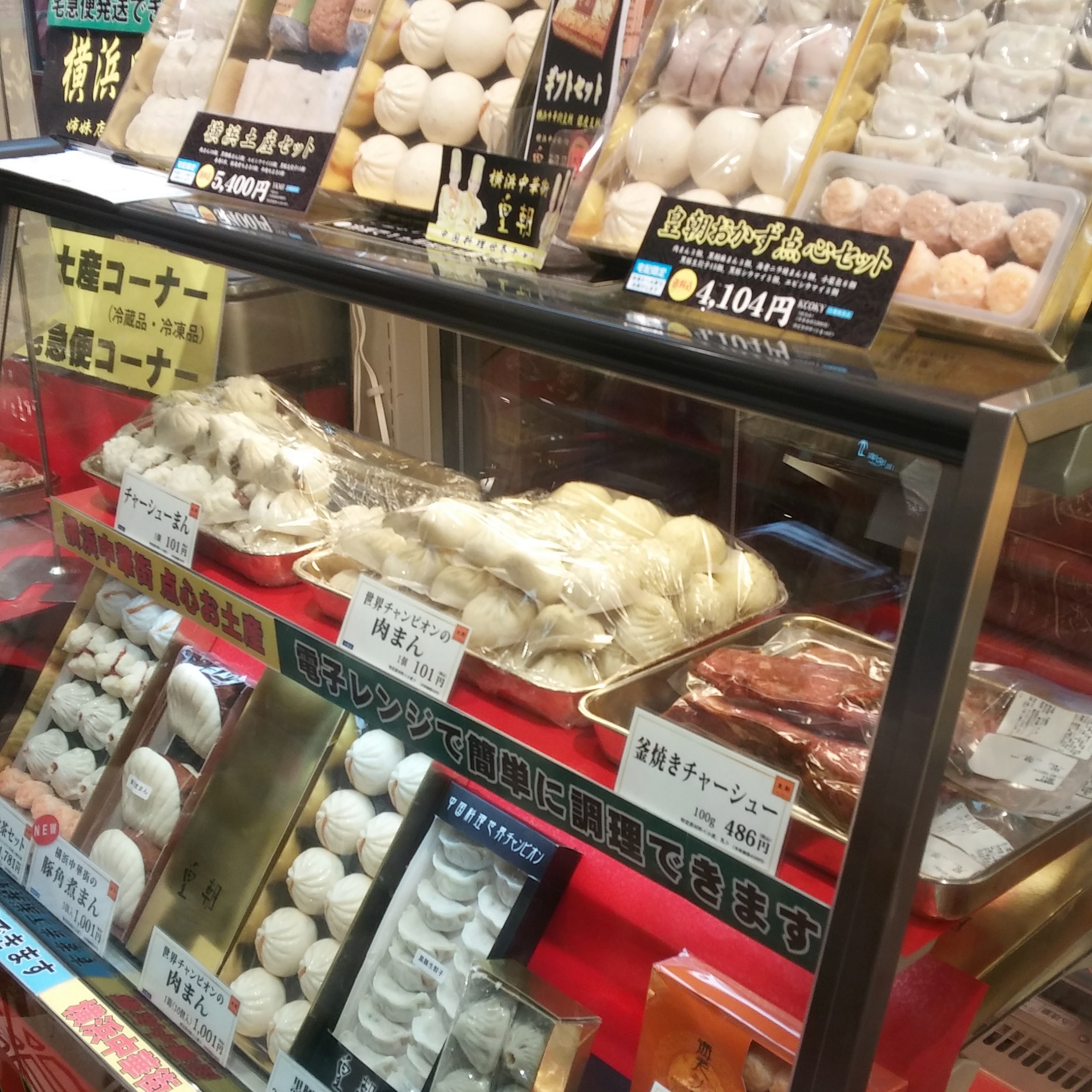
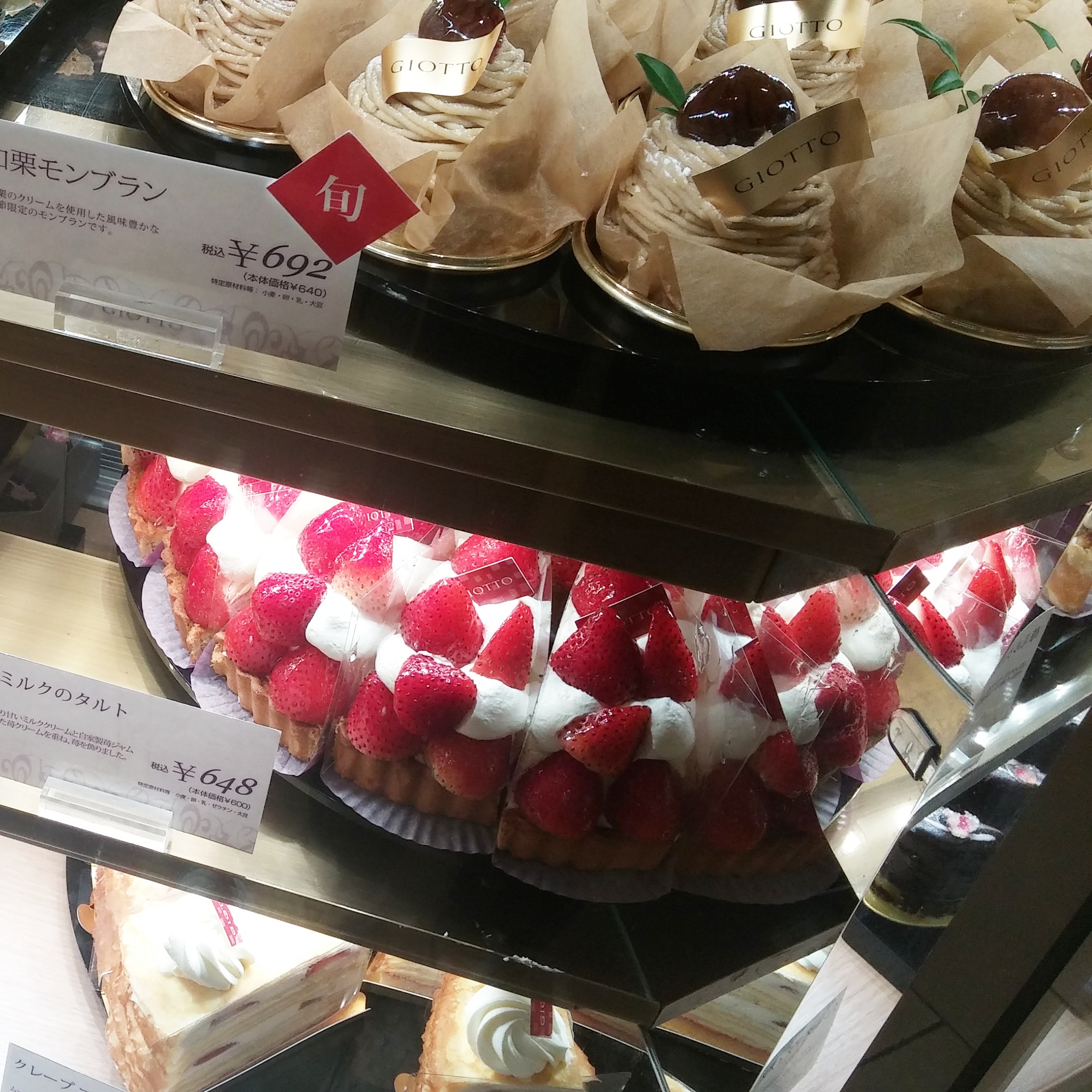
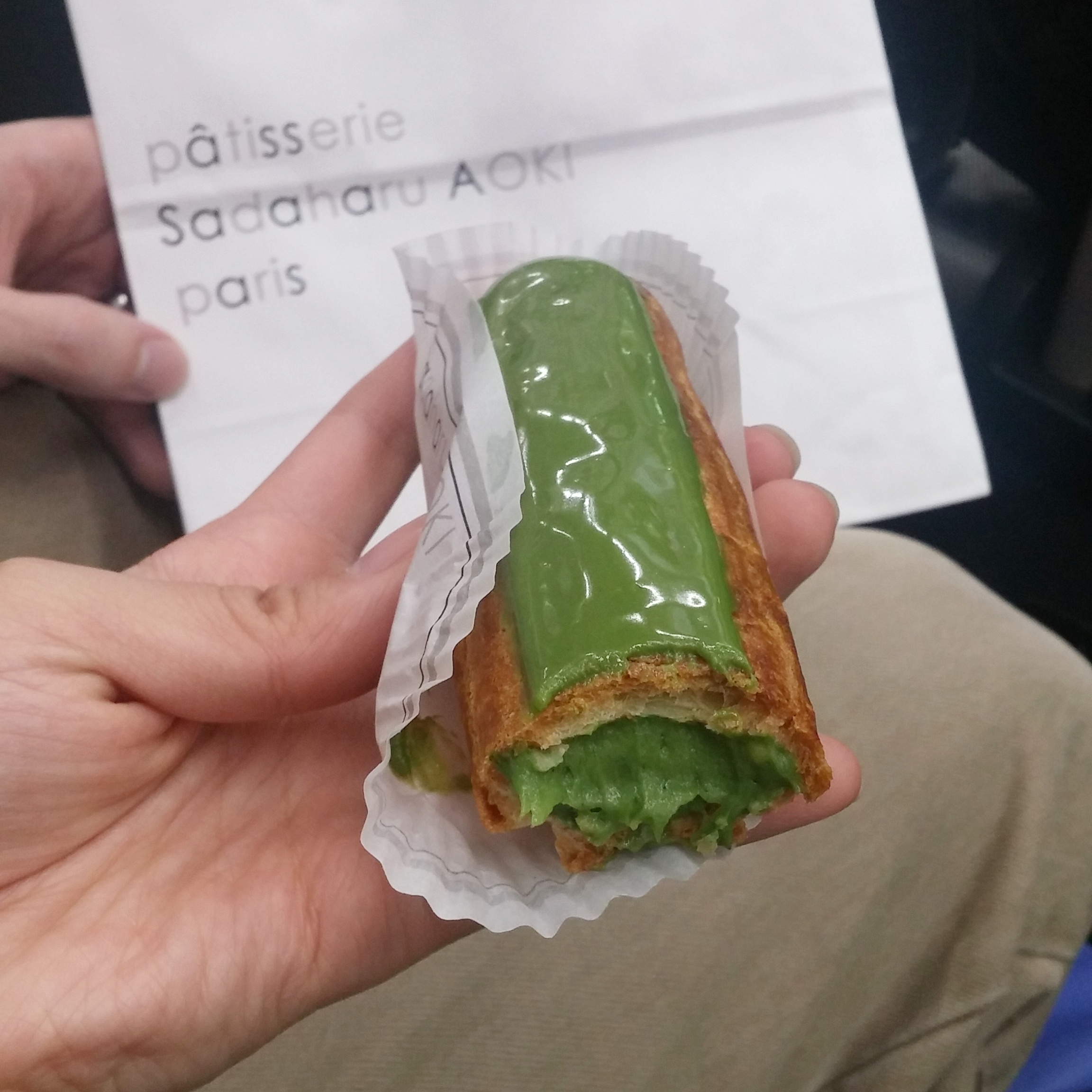
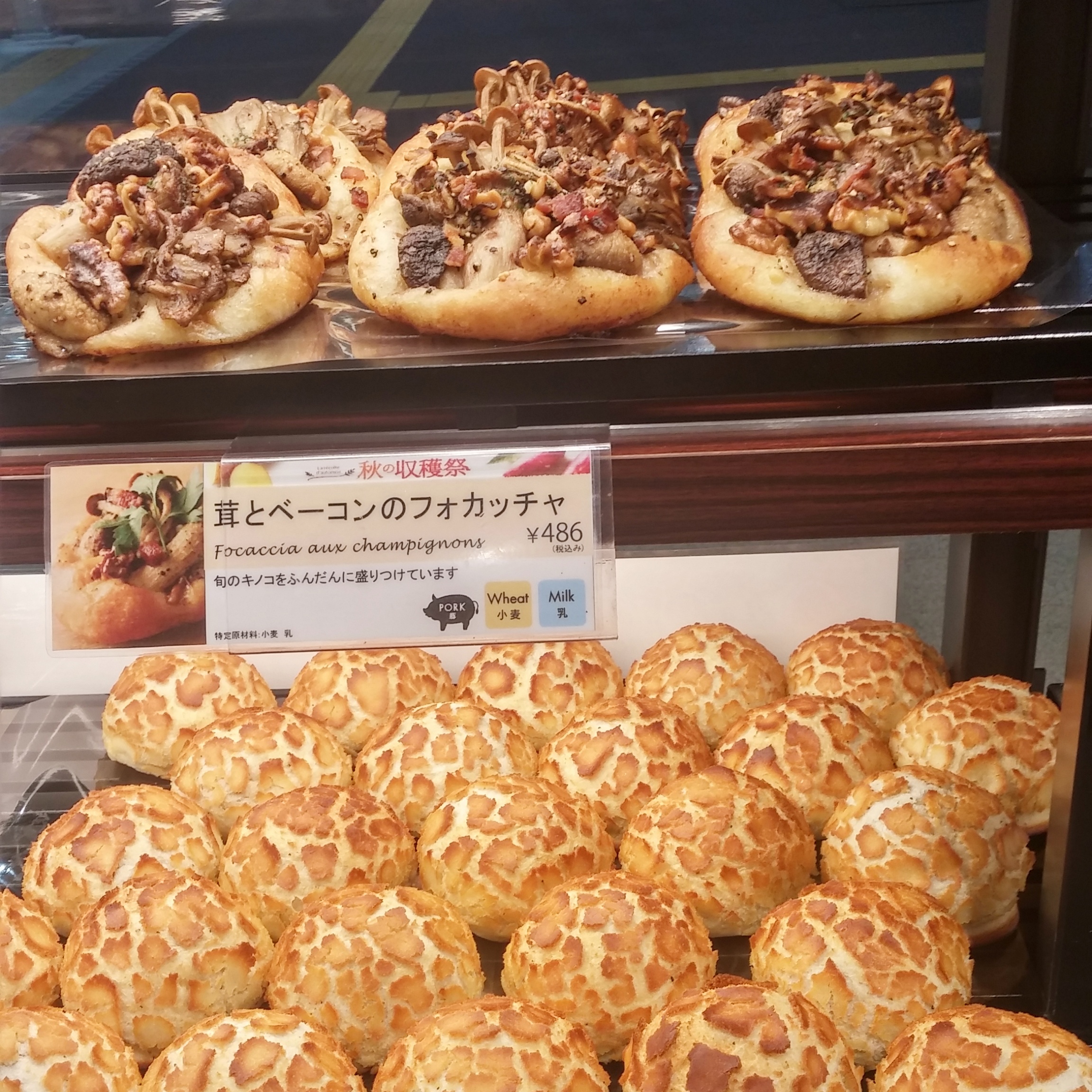
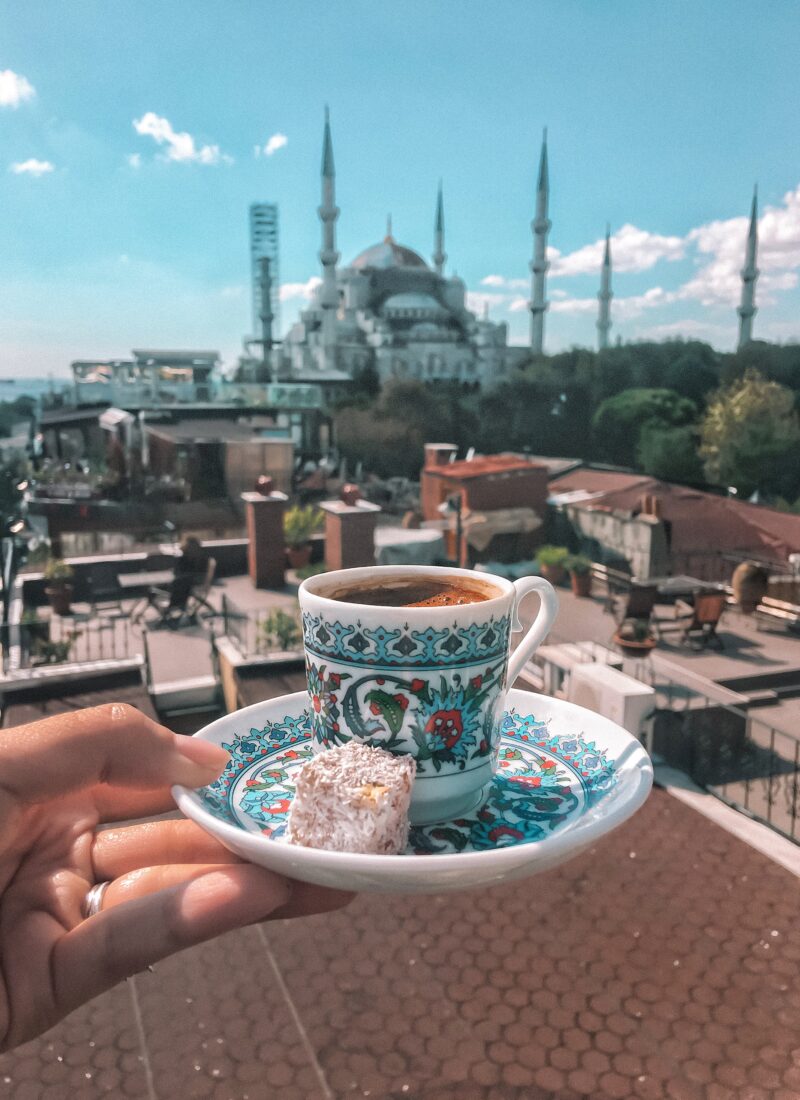

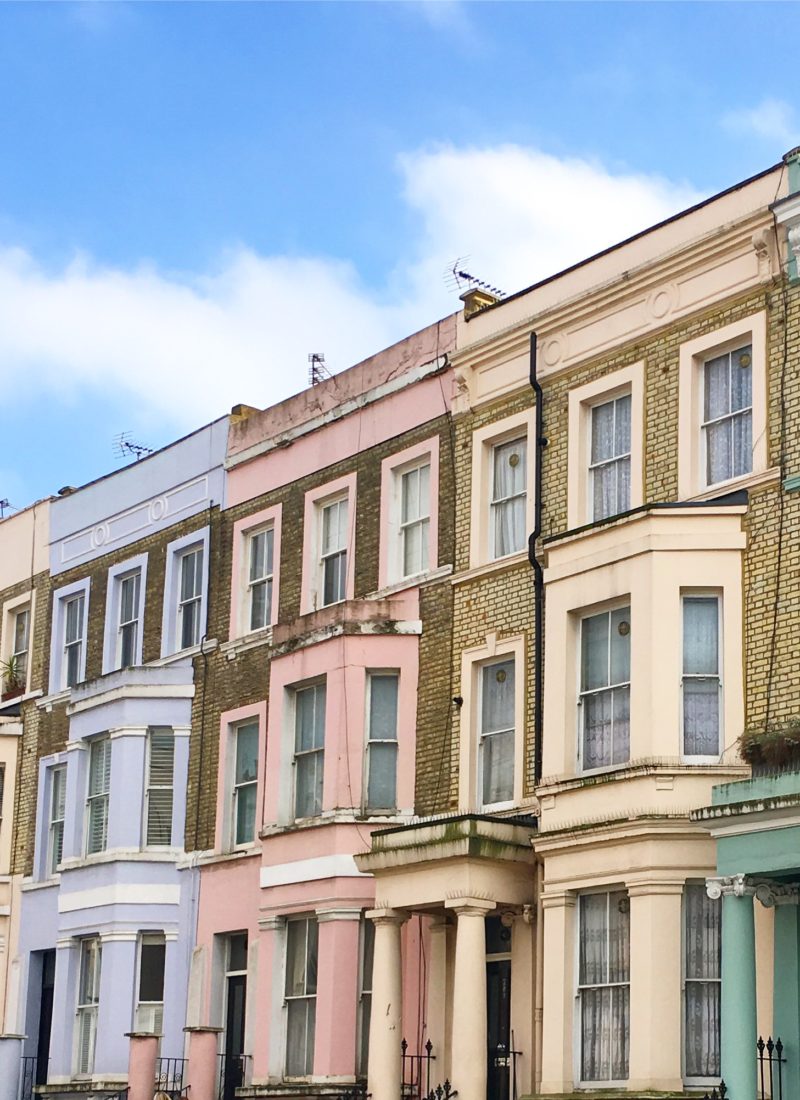
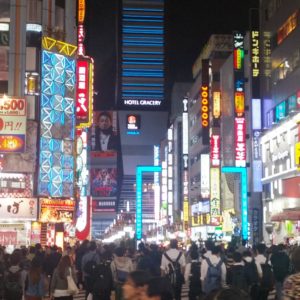

Leave a Reply